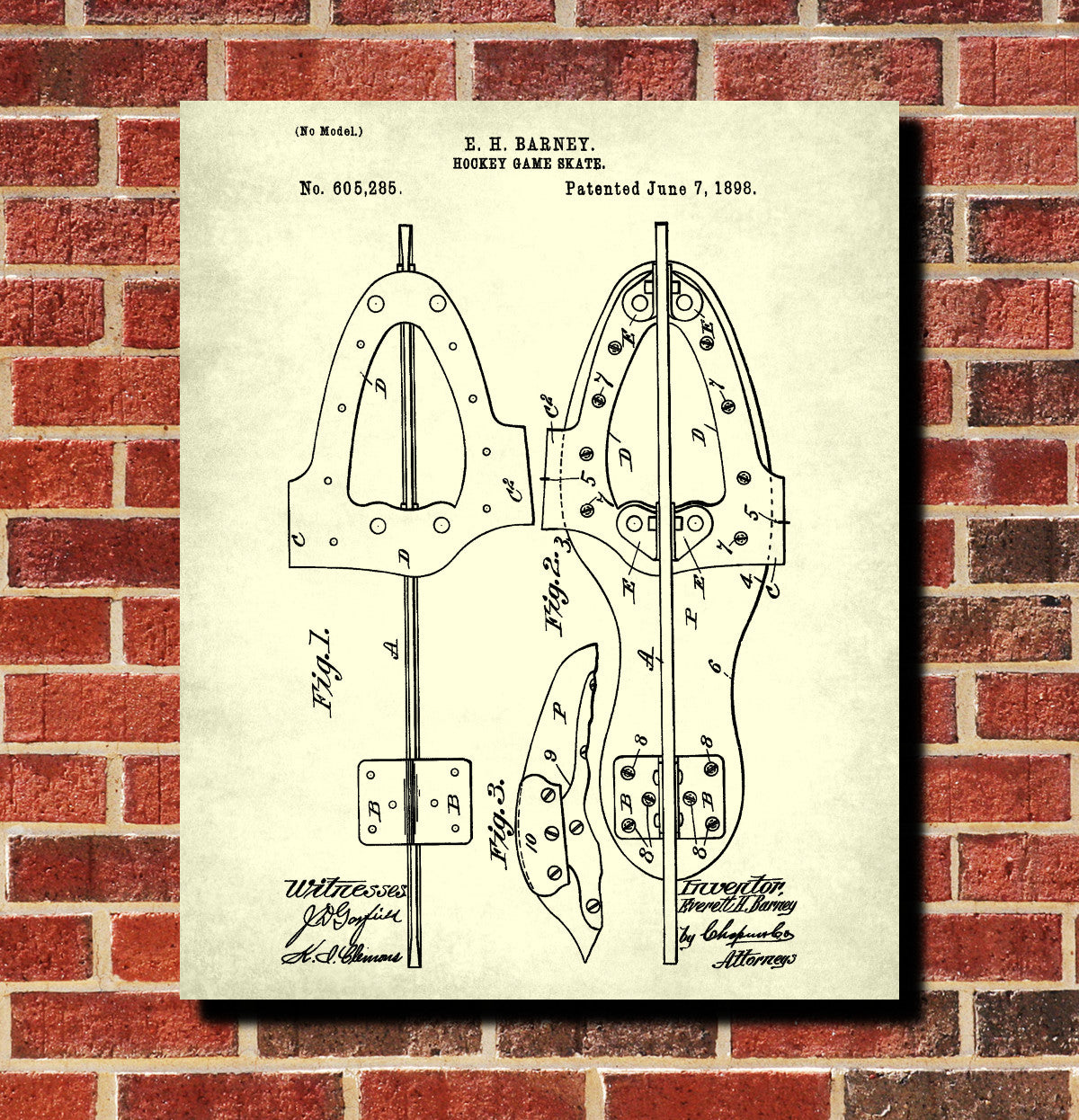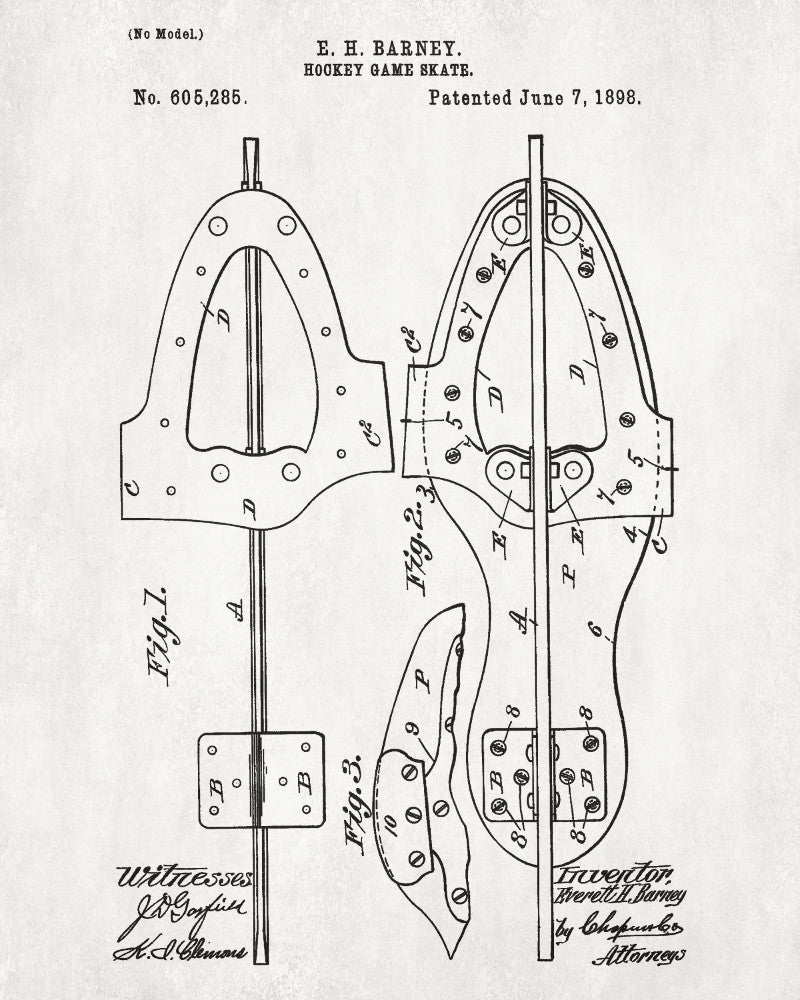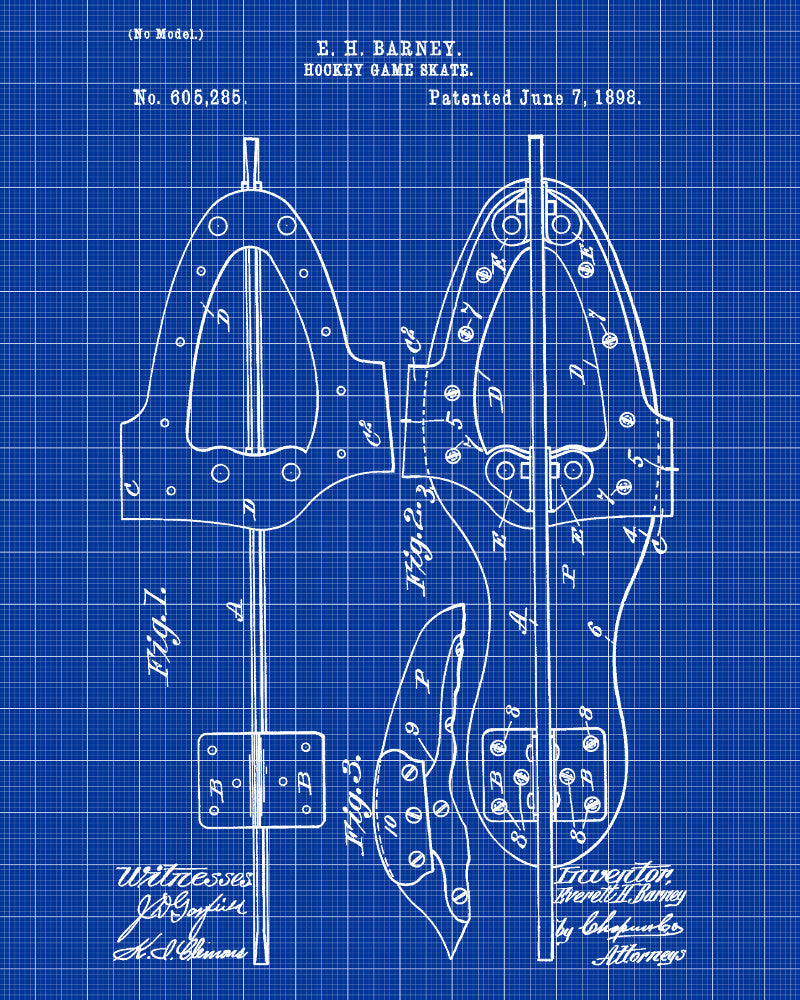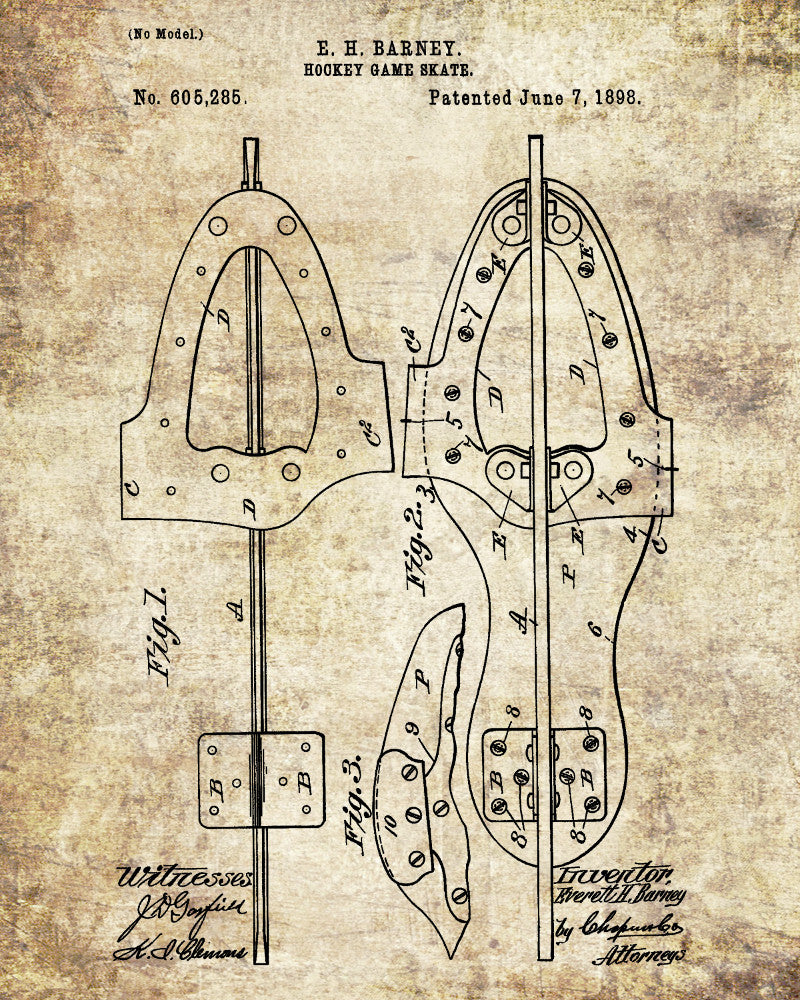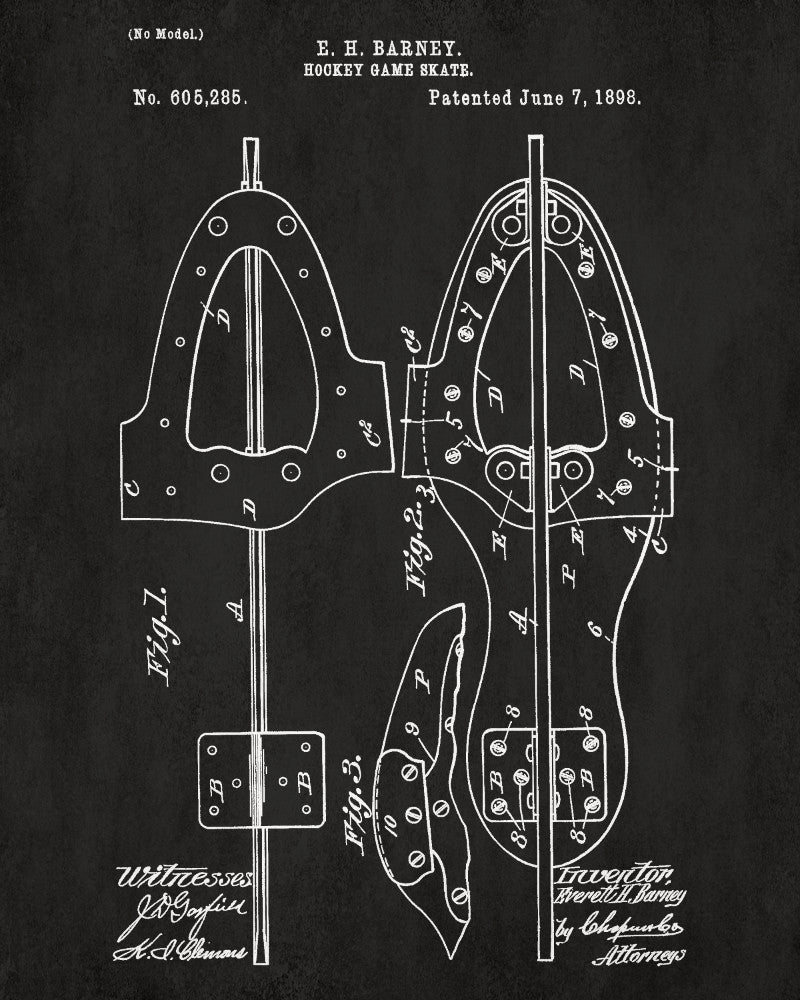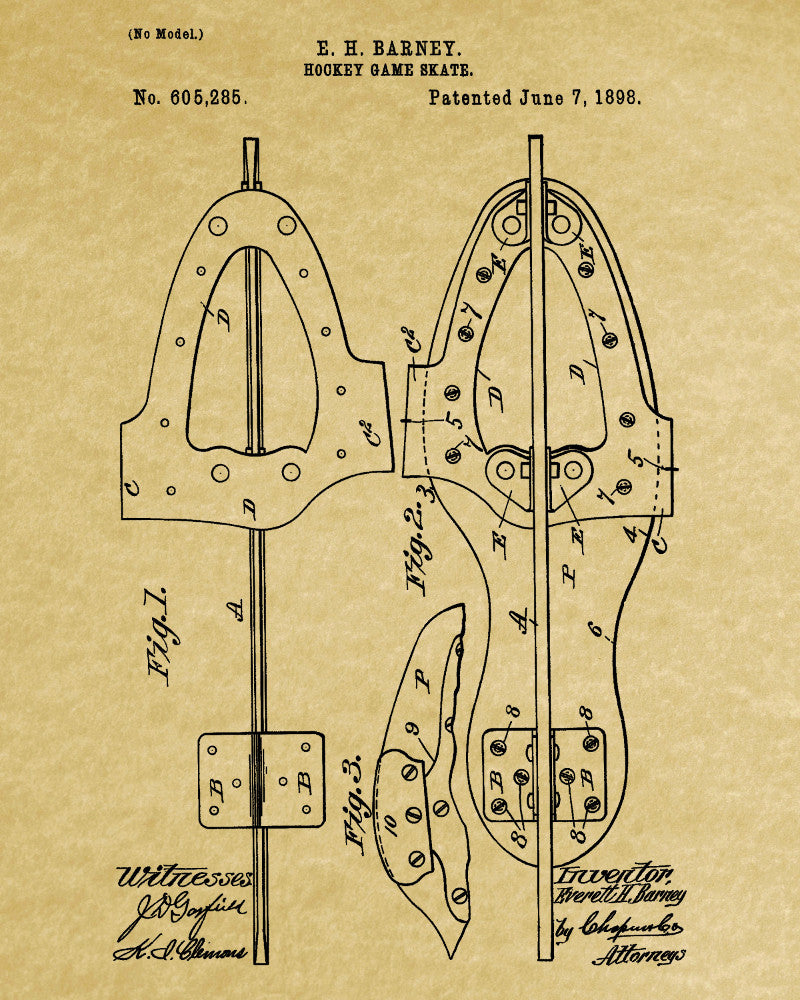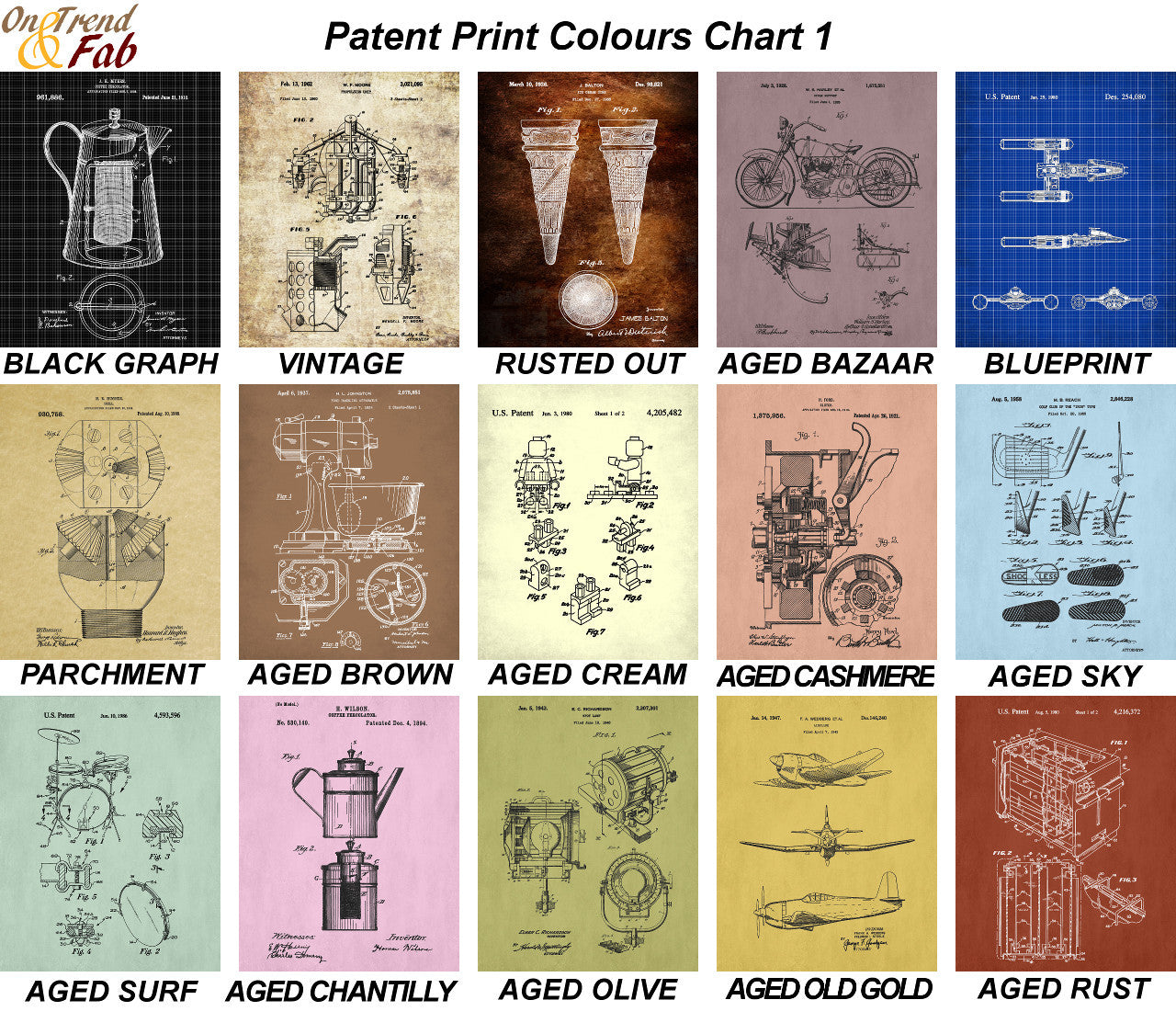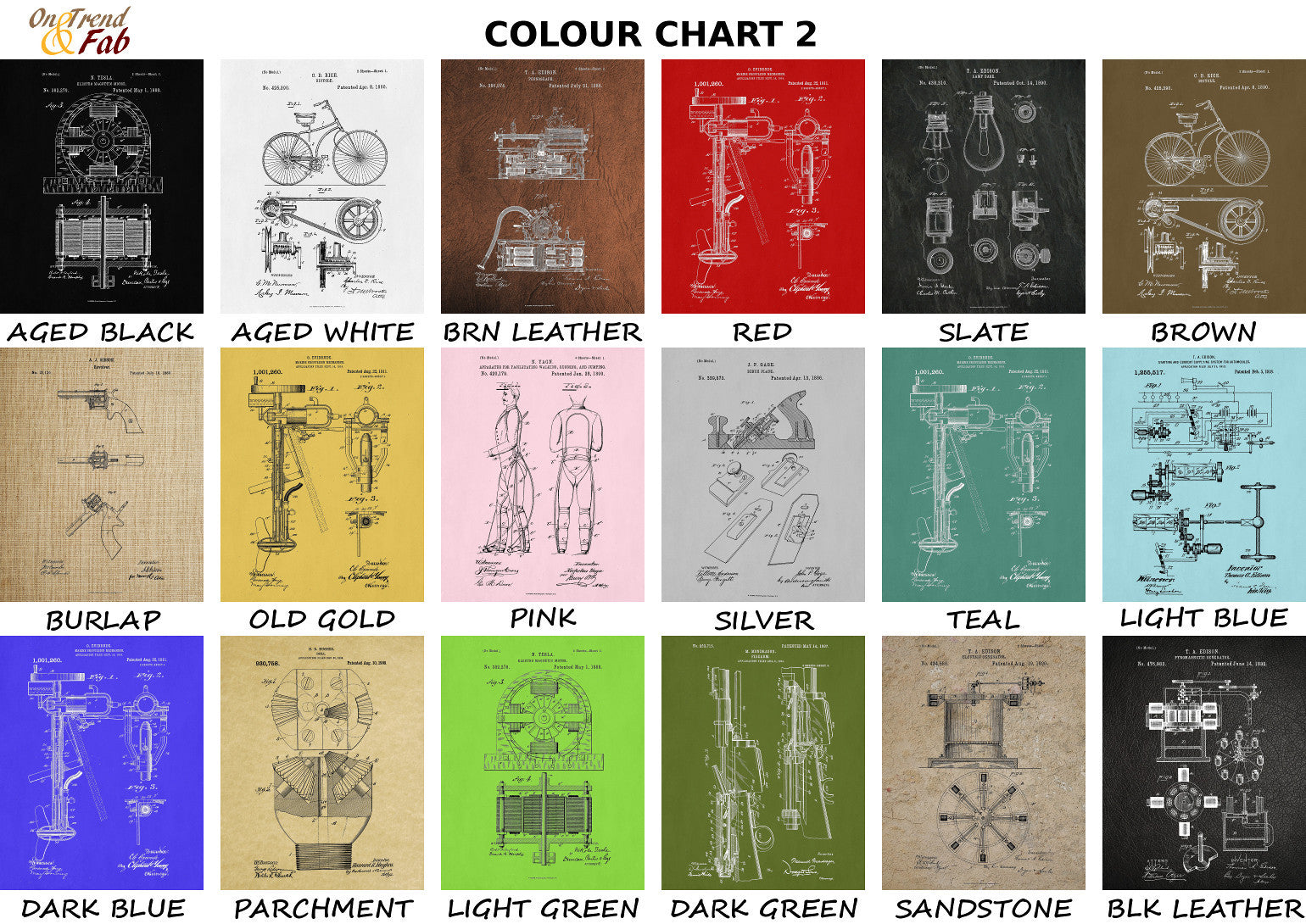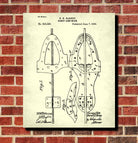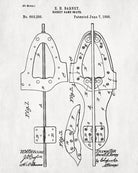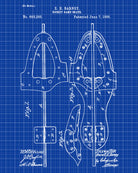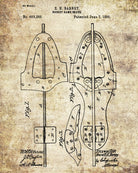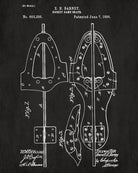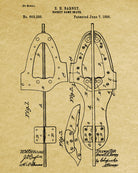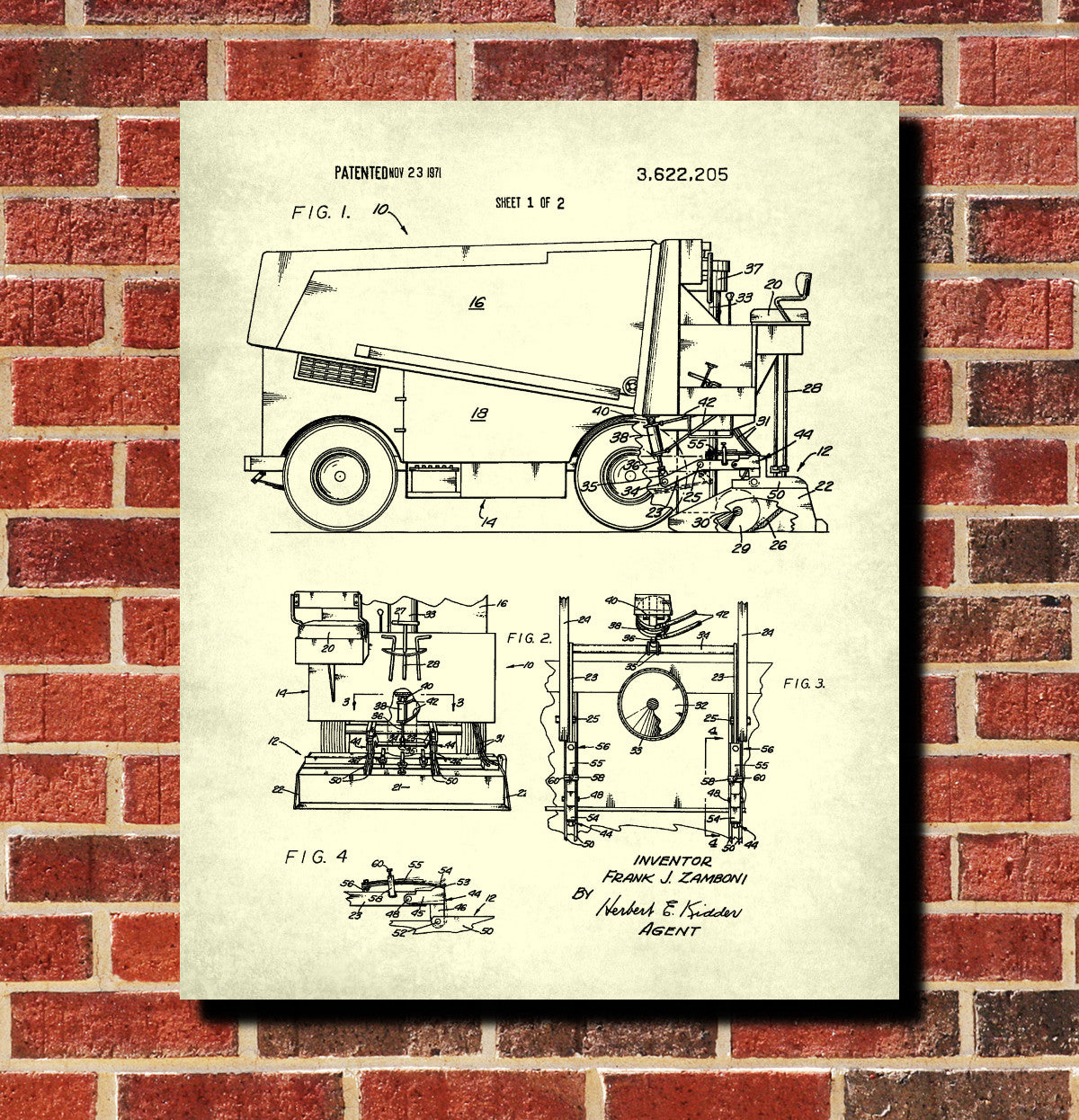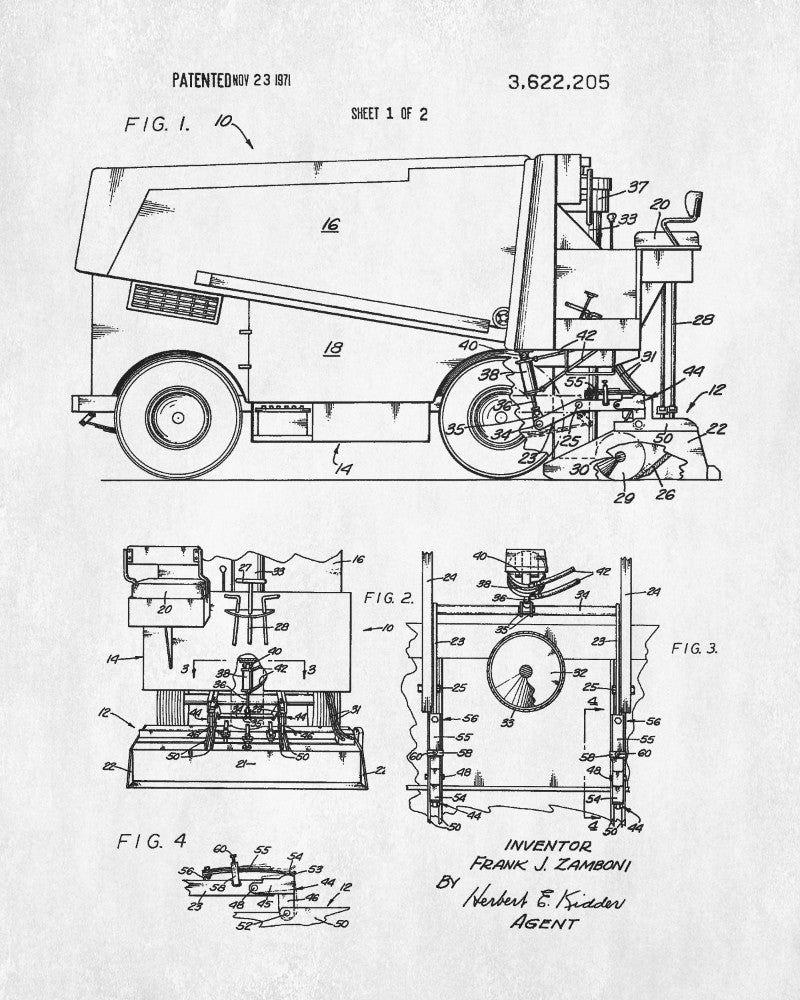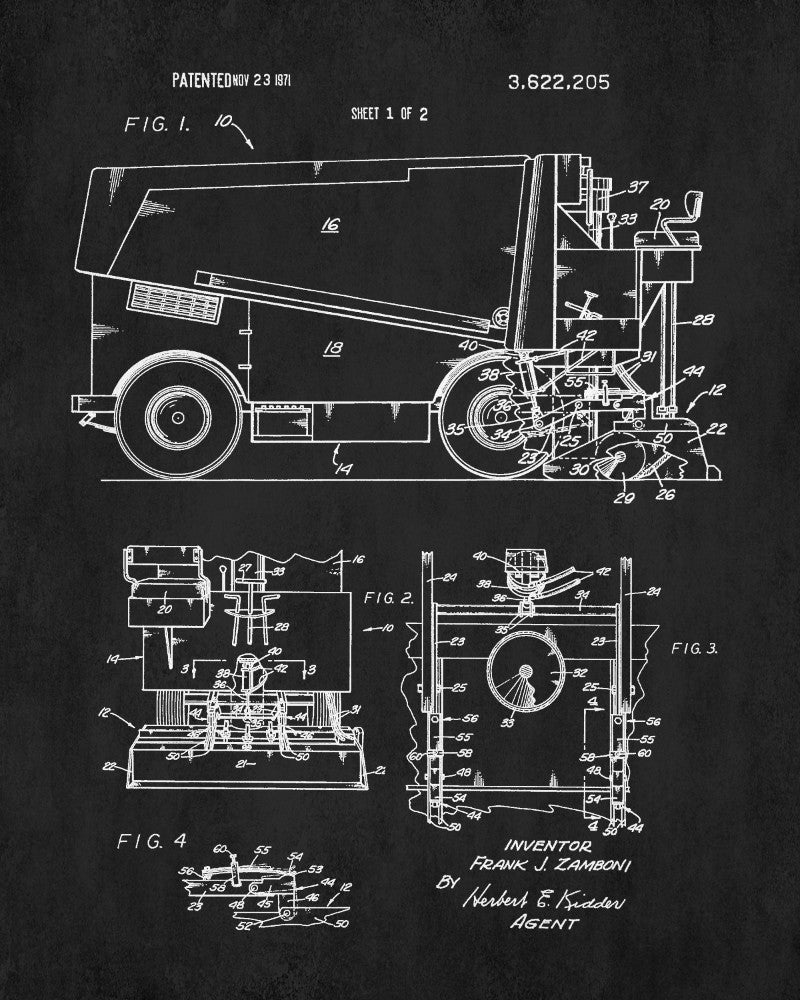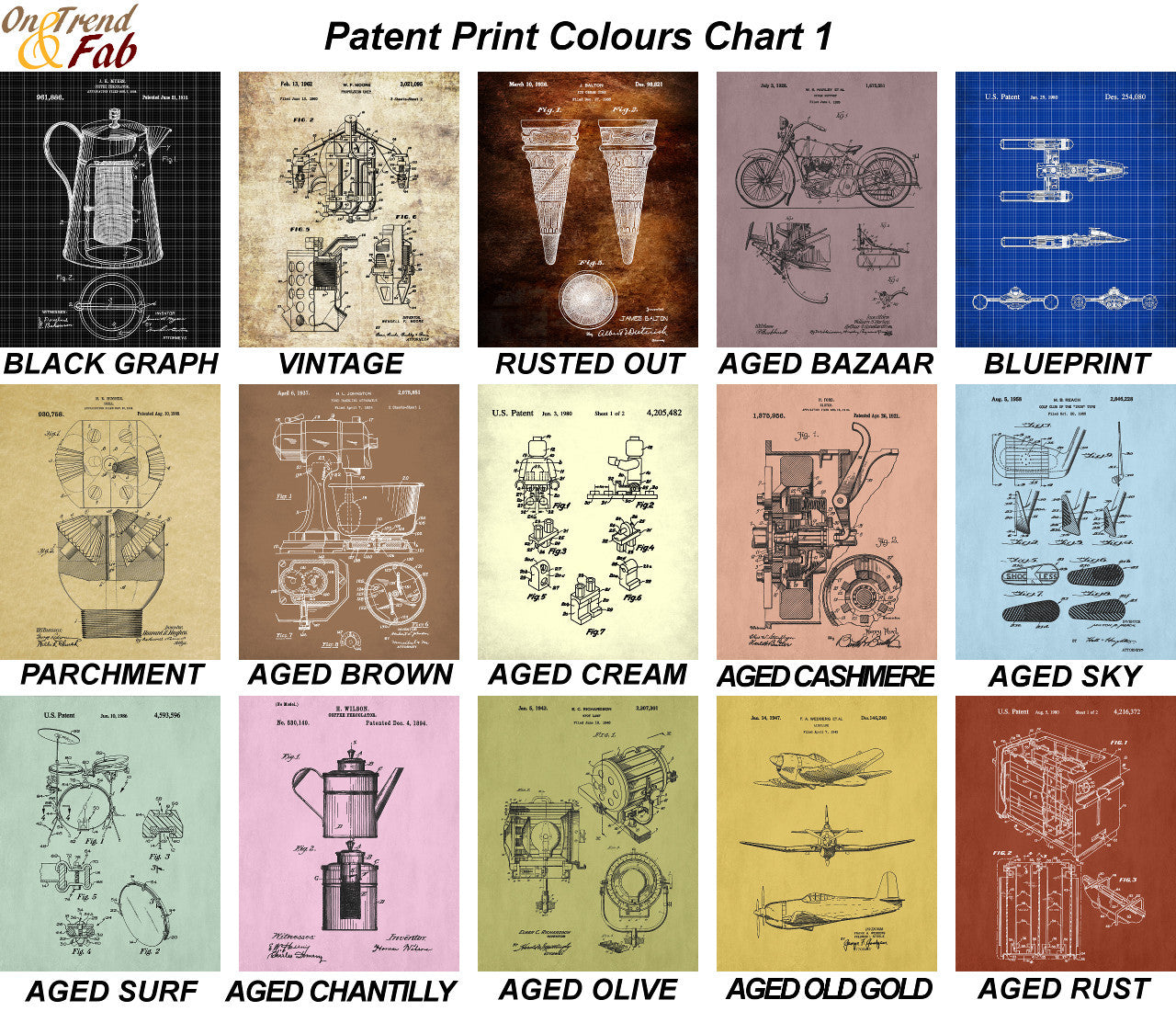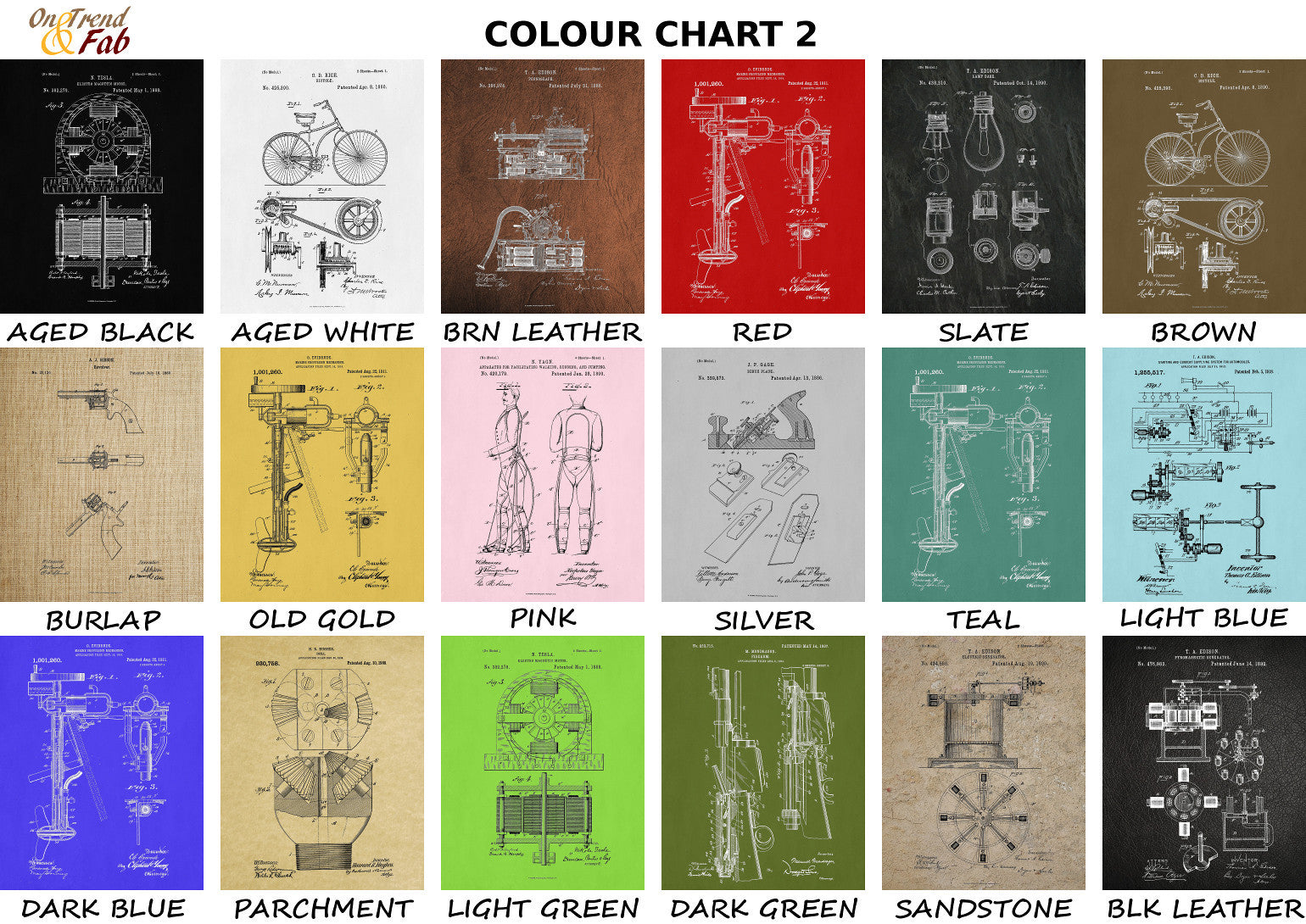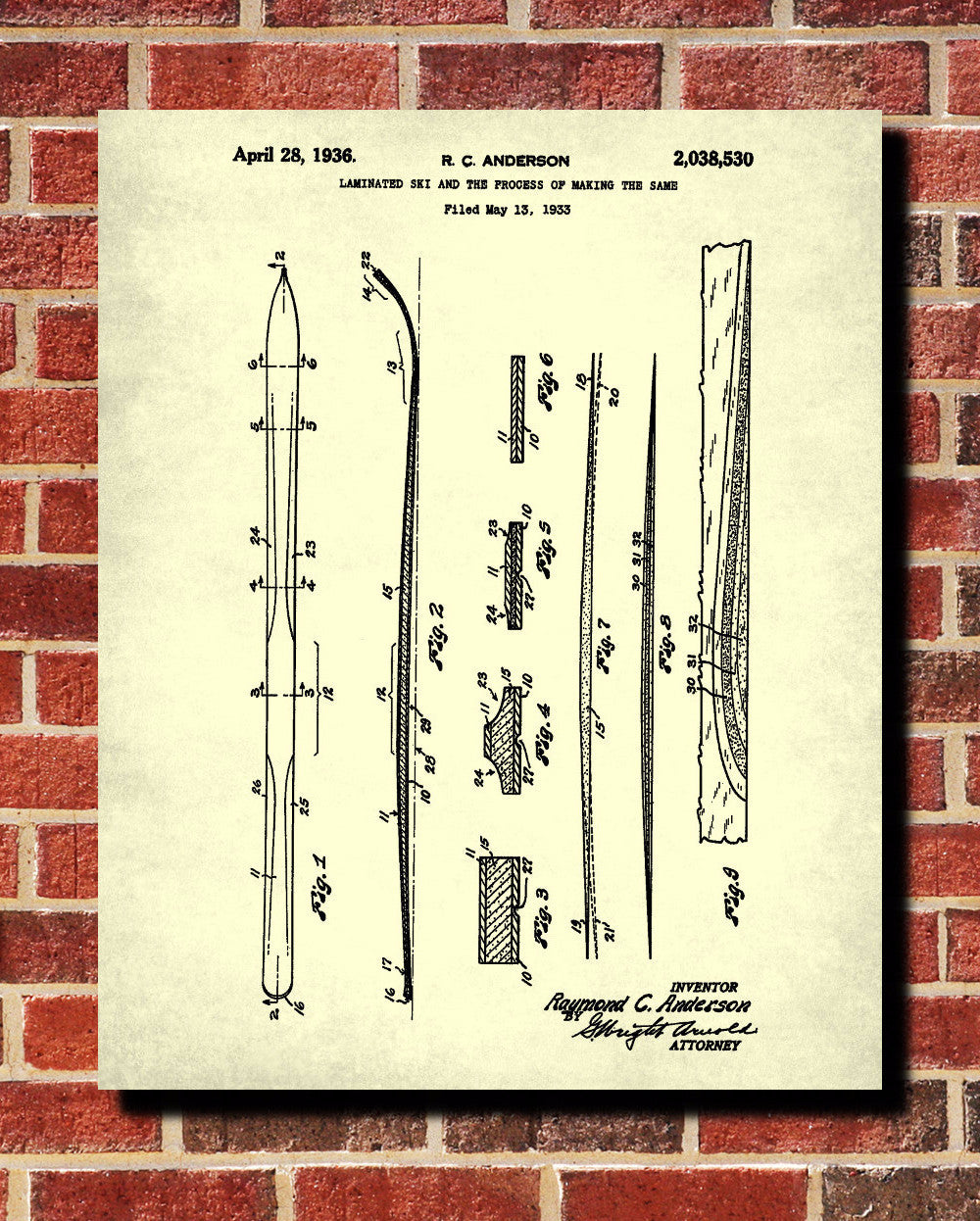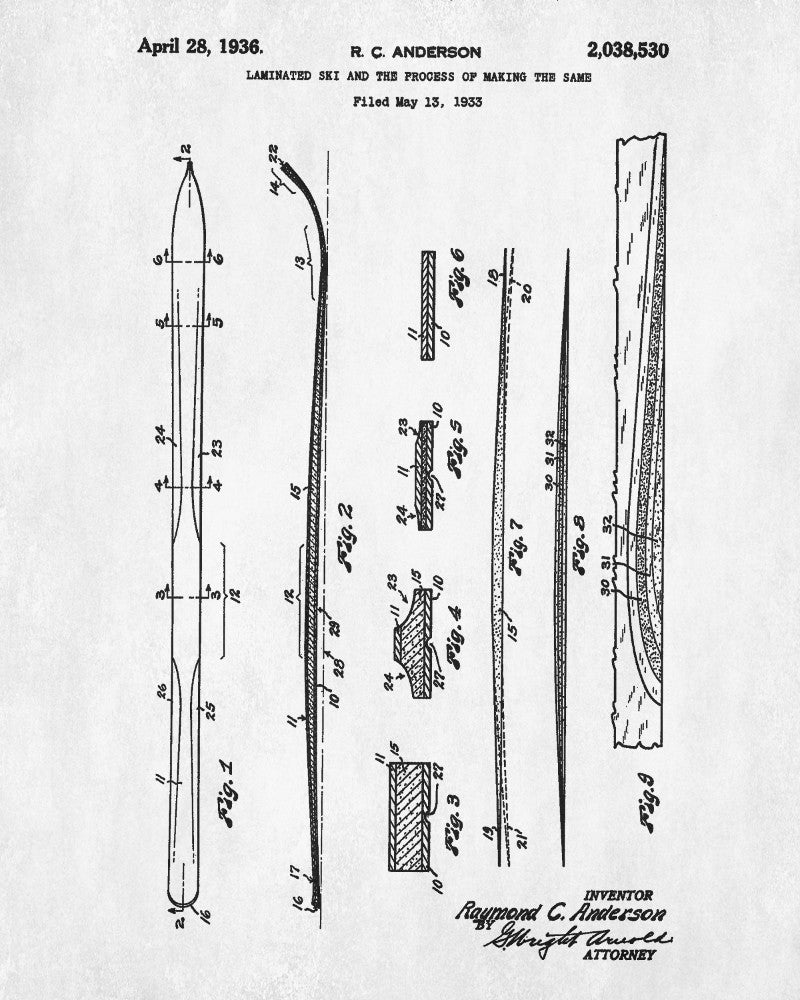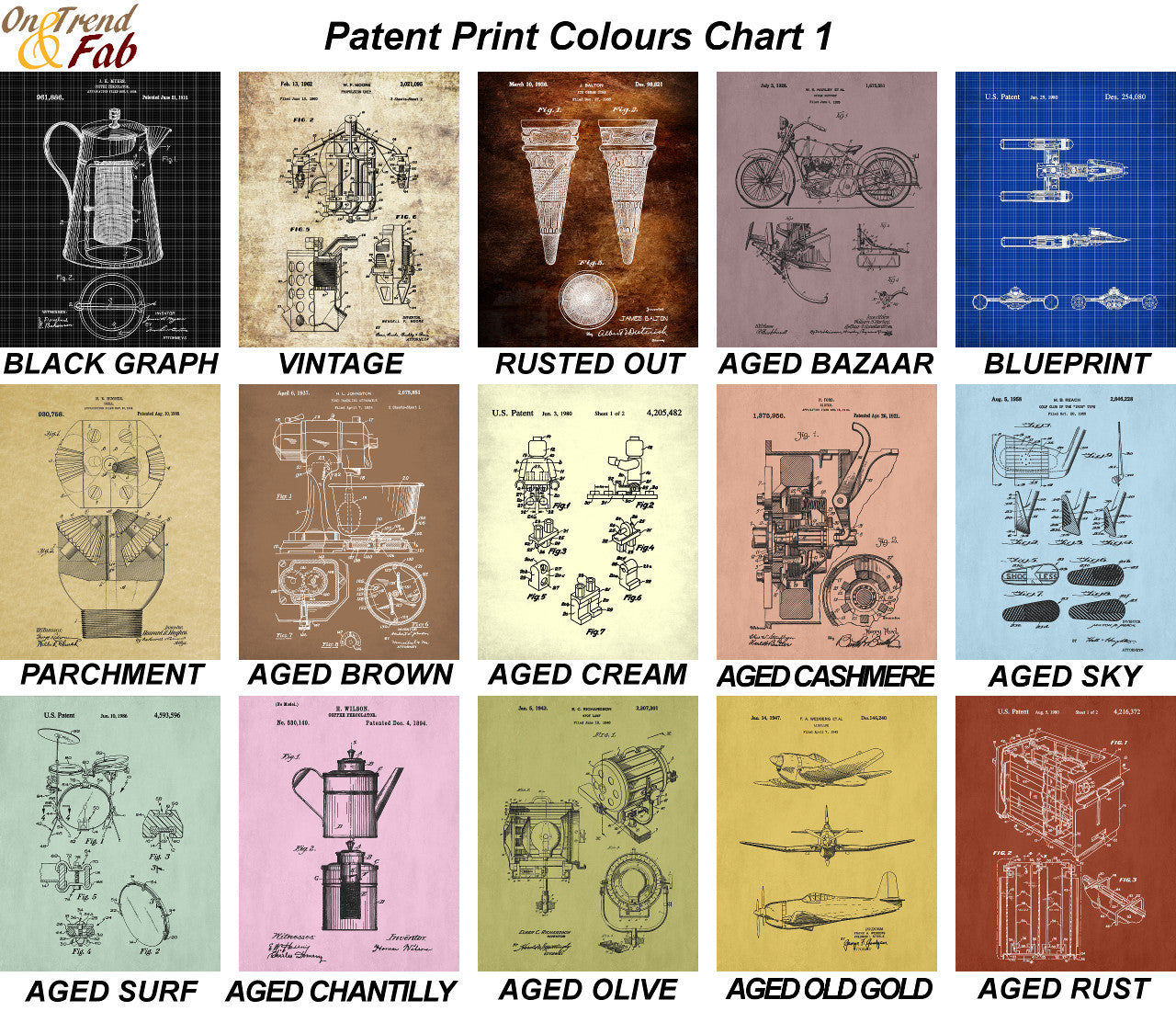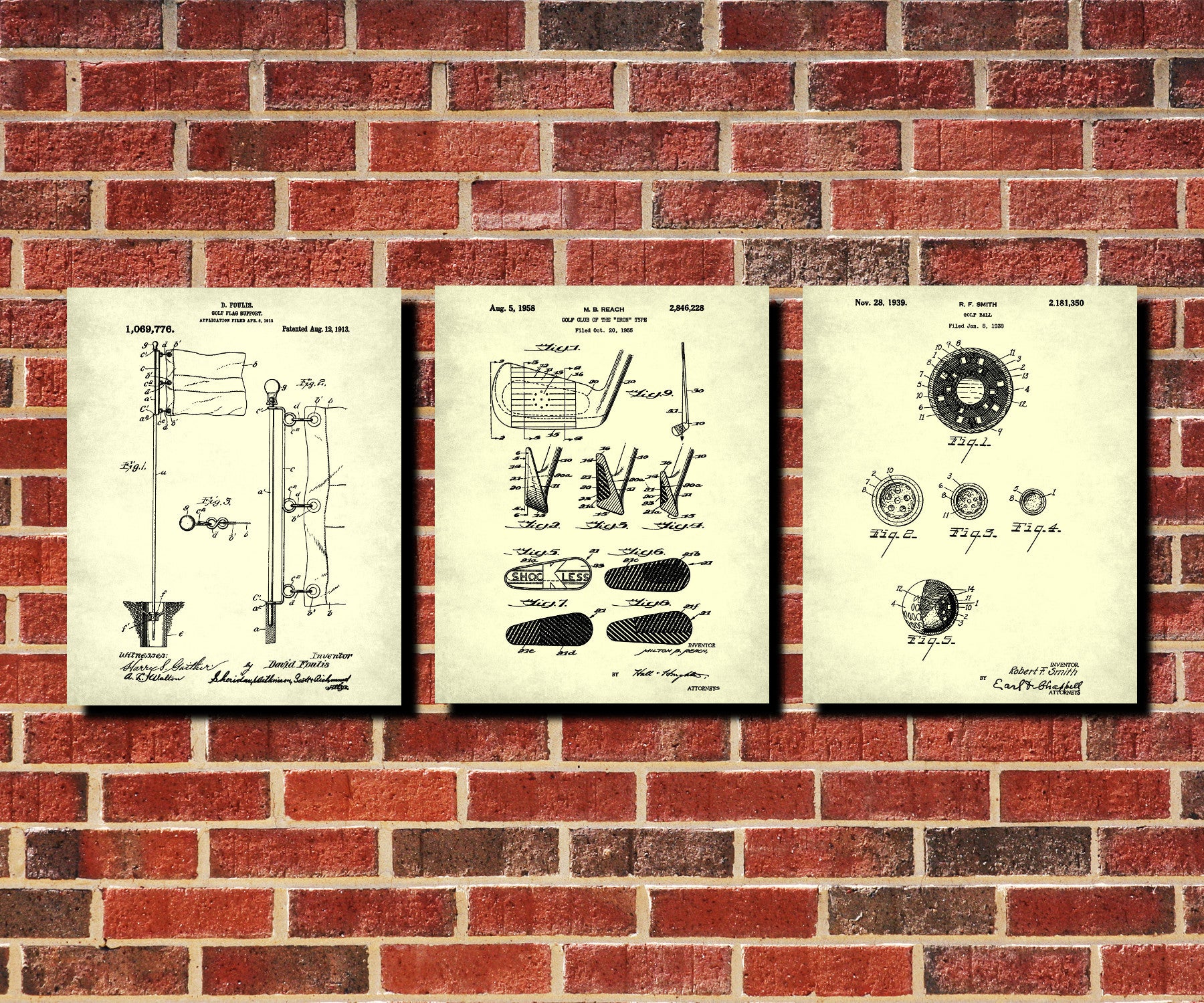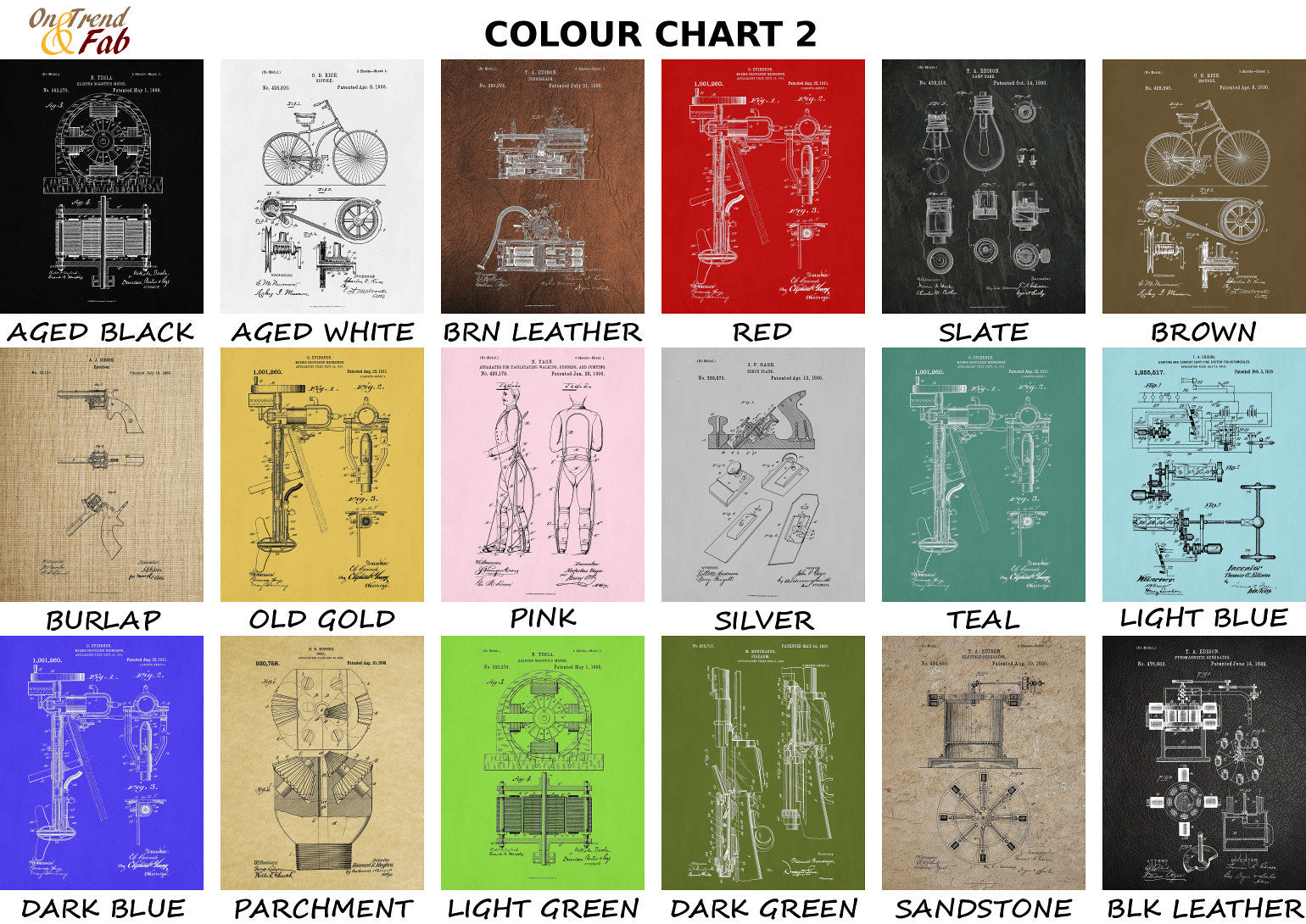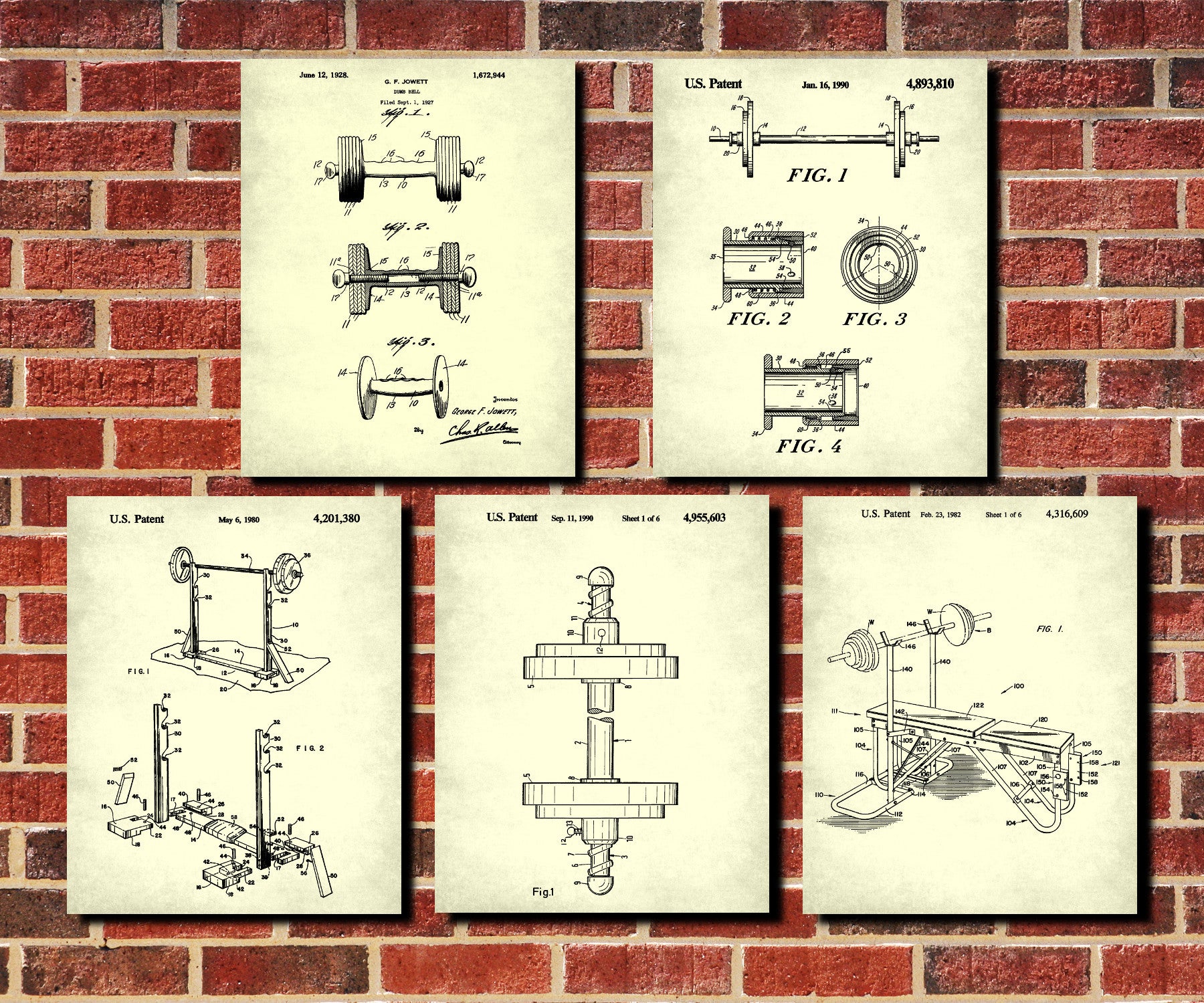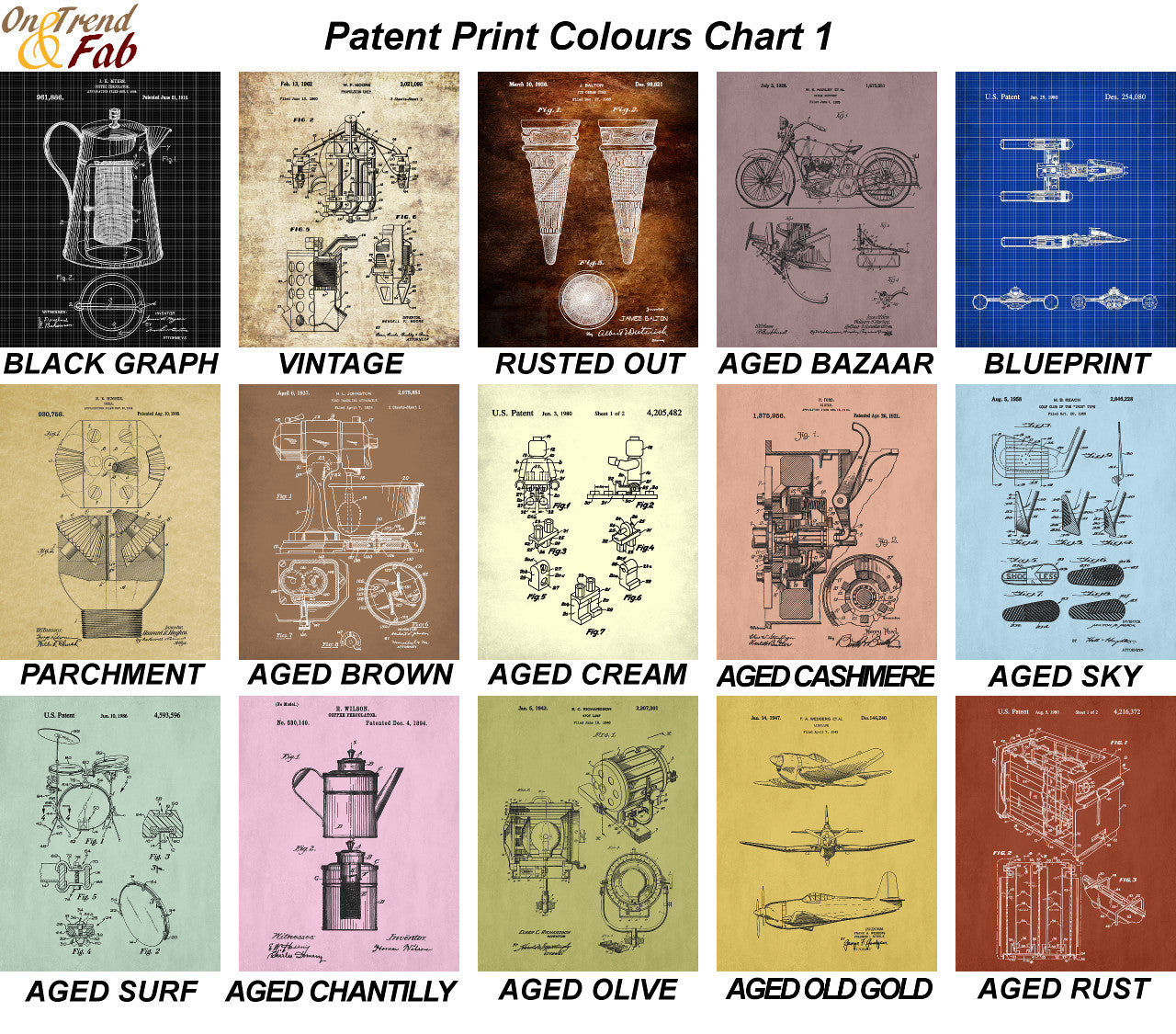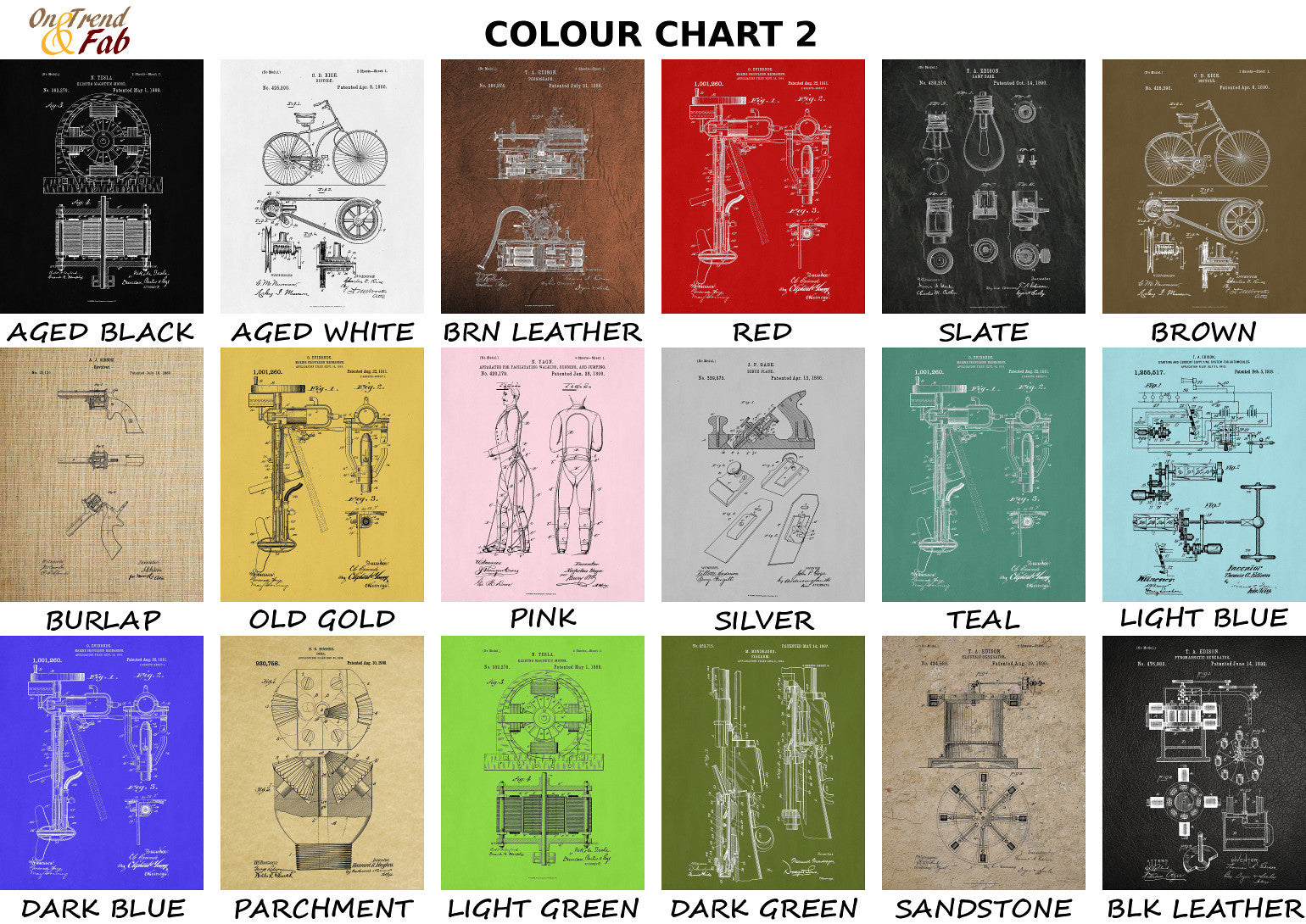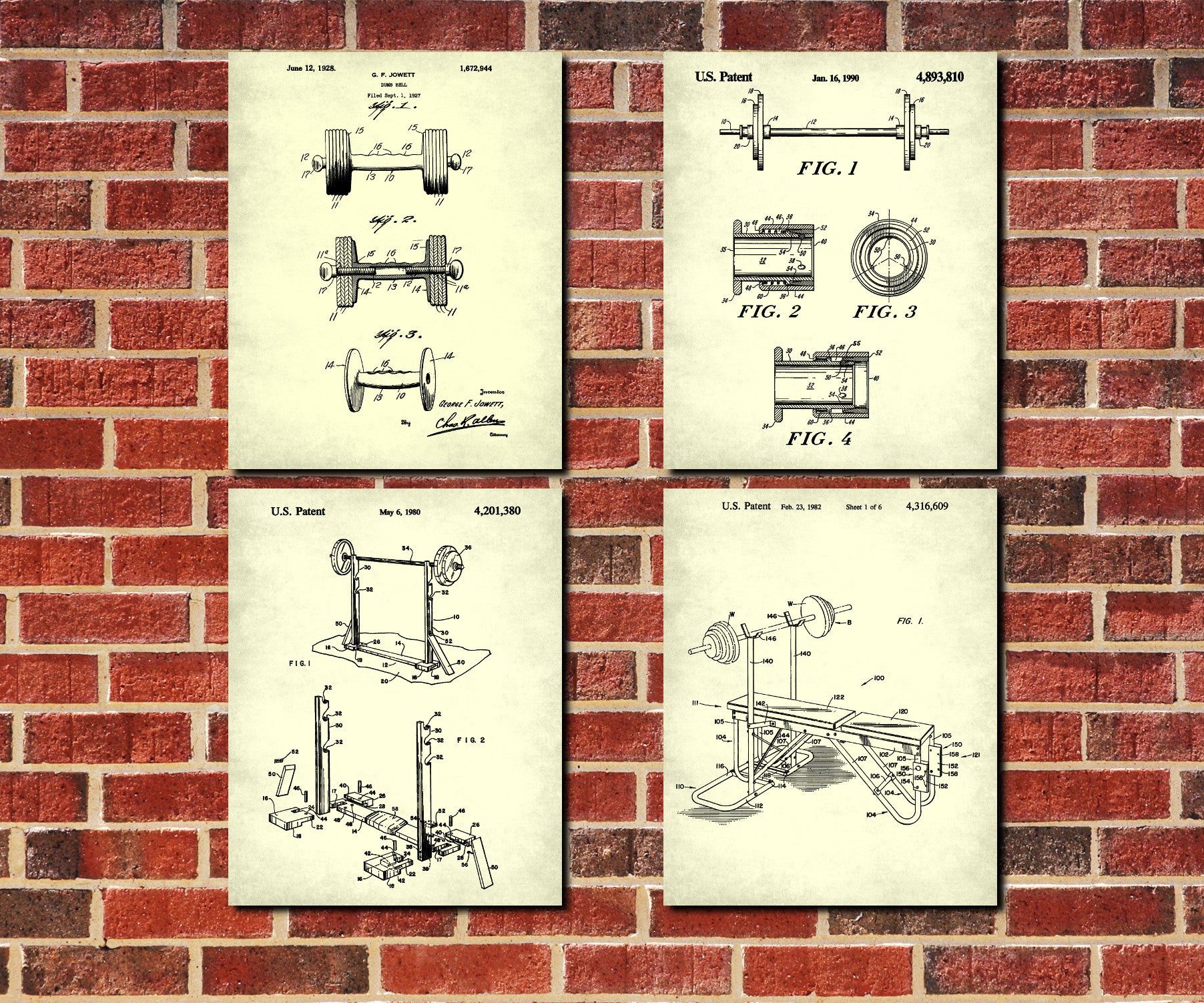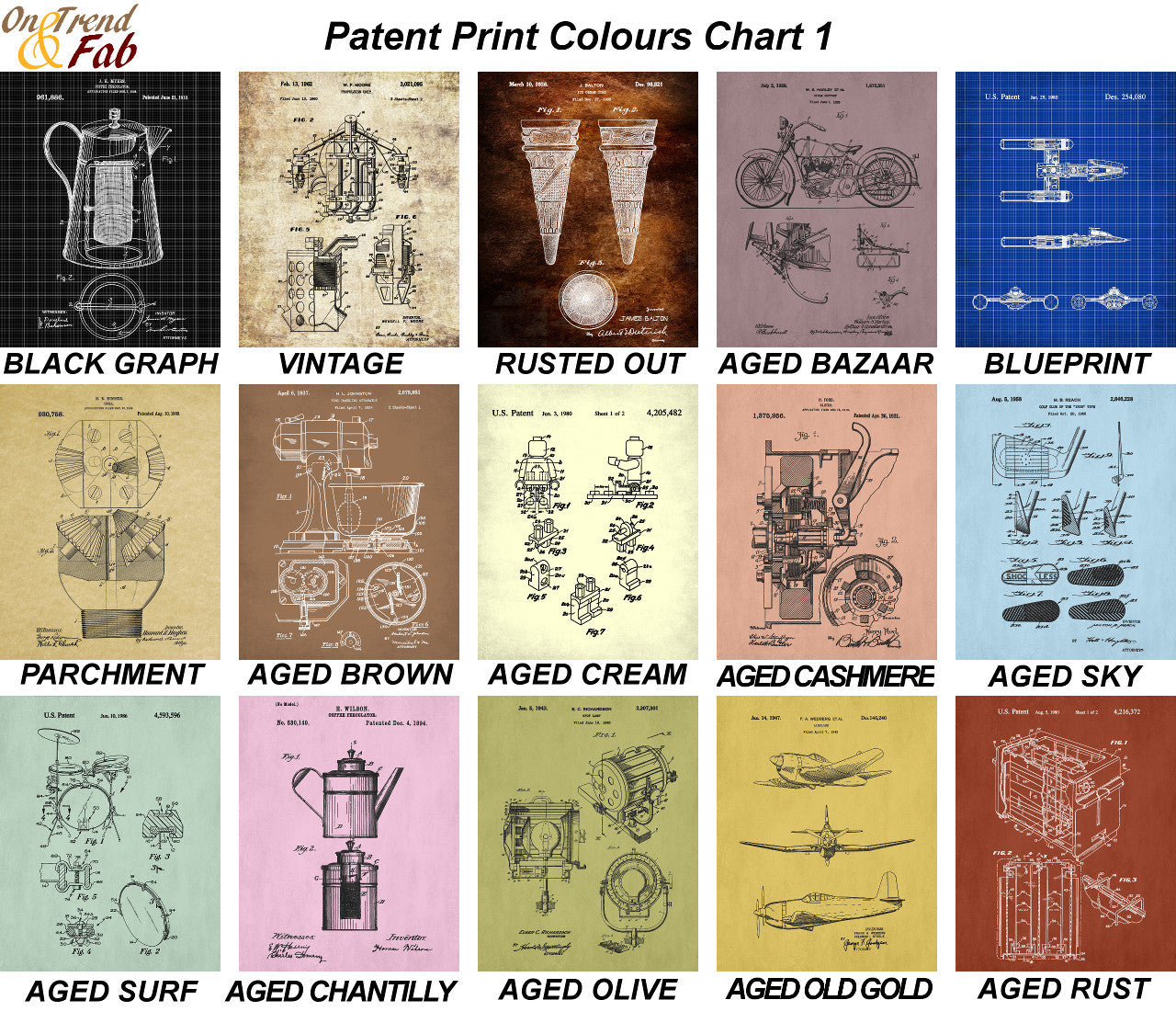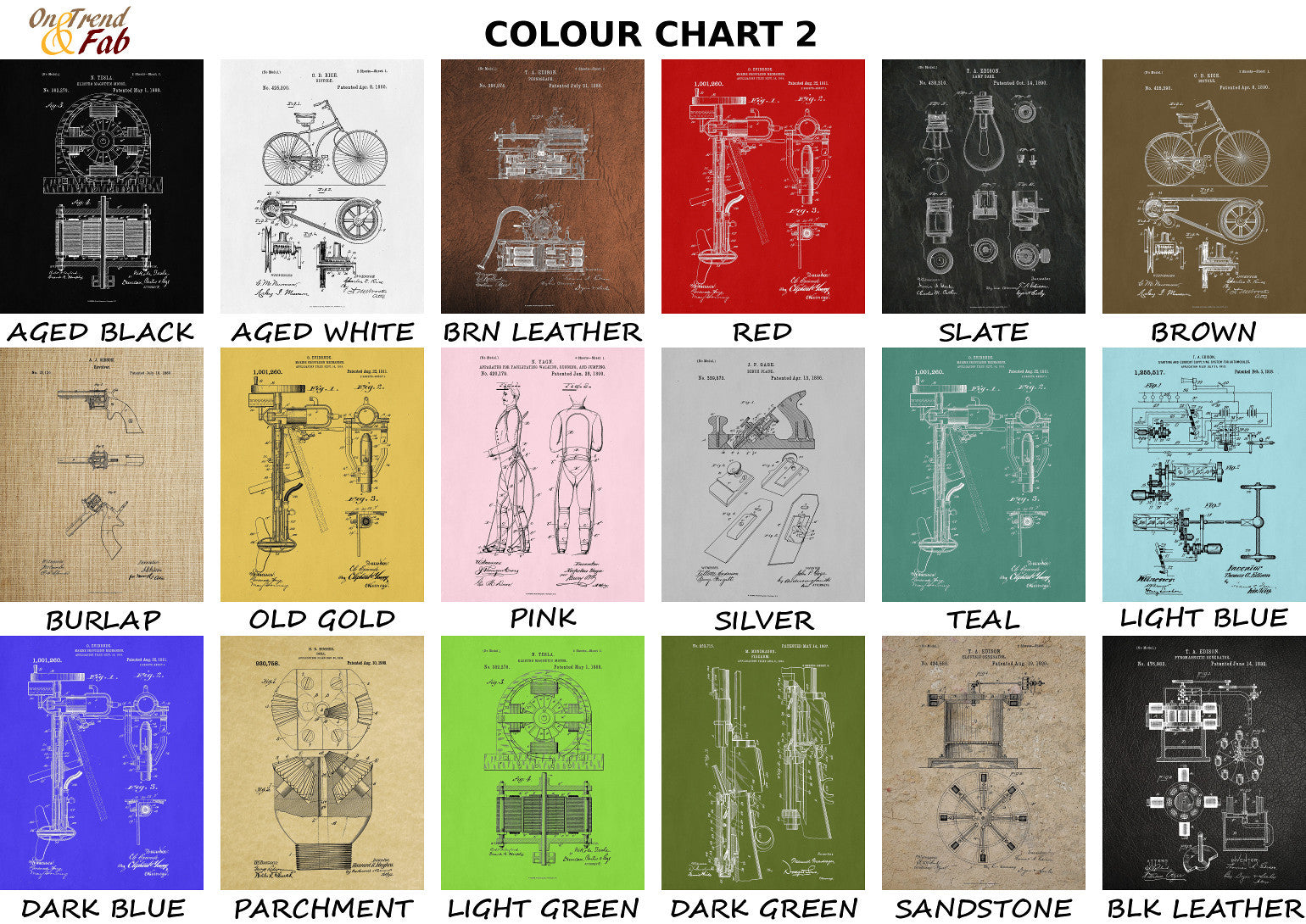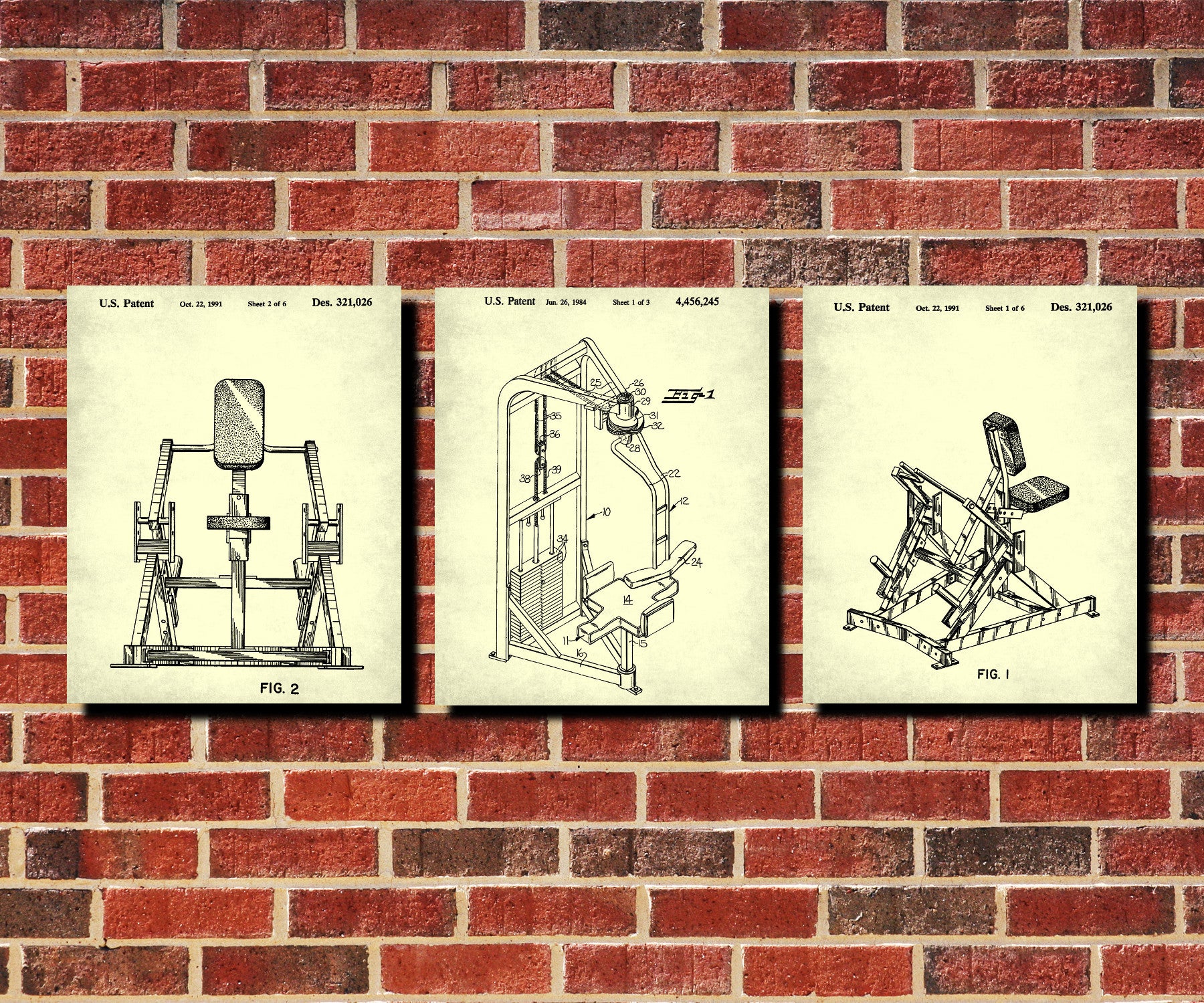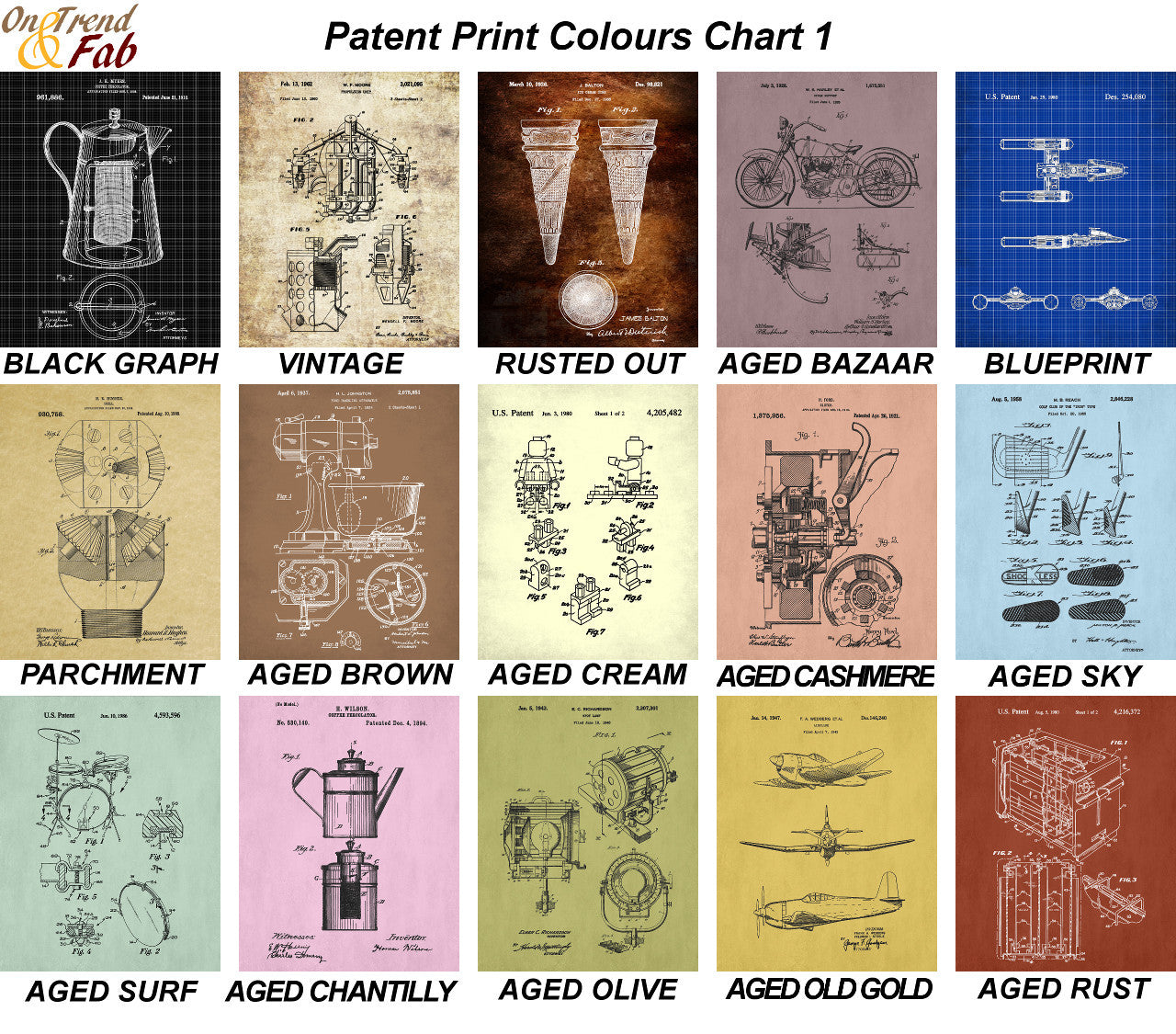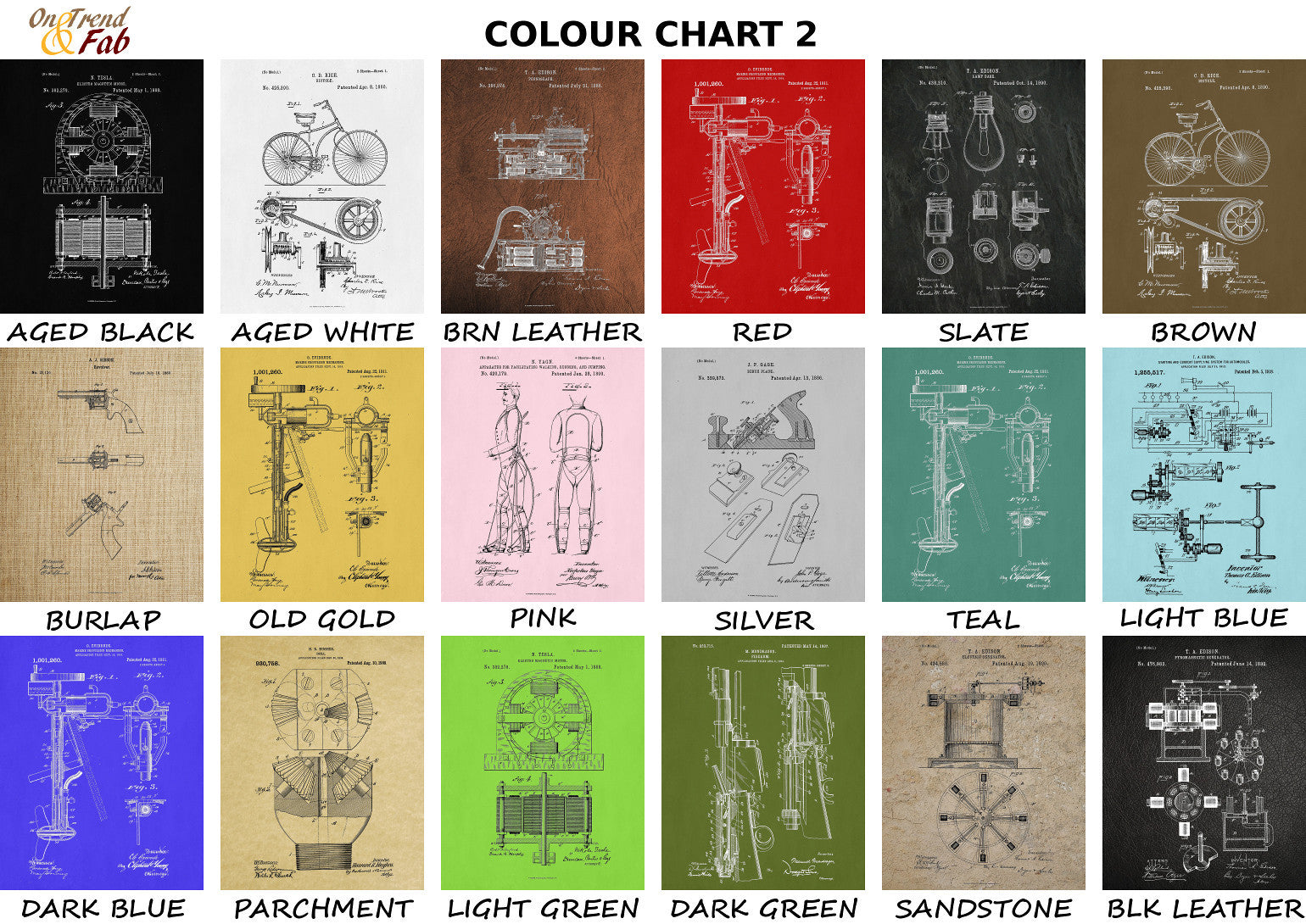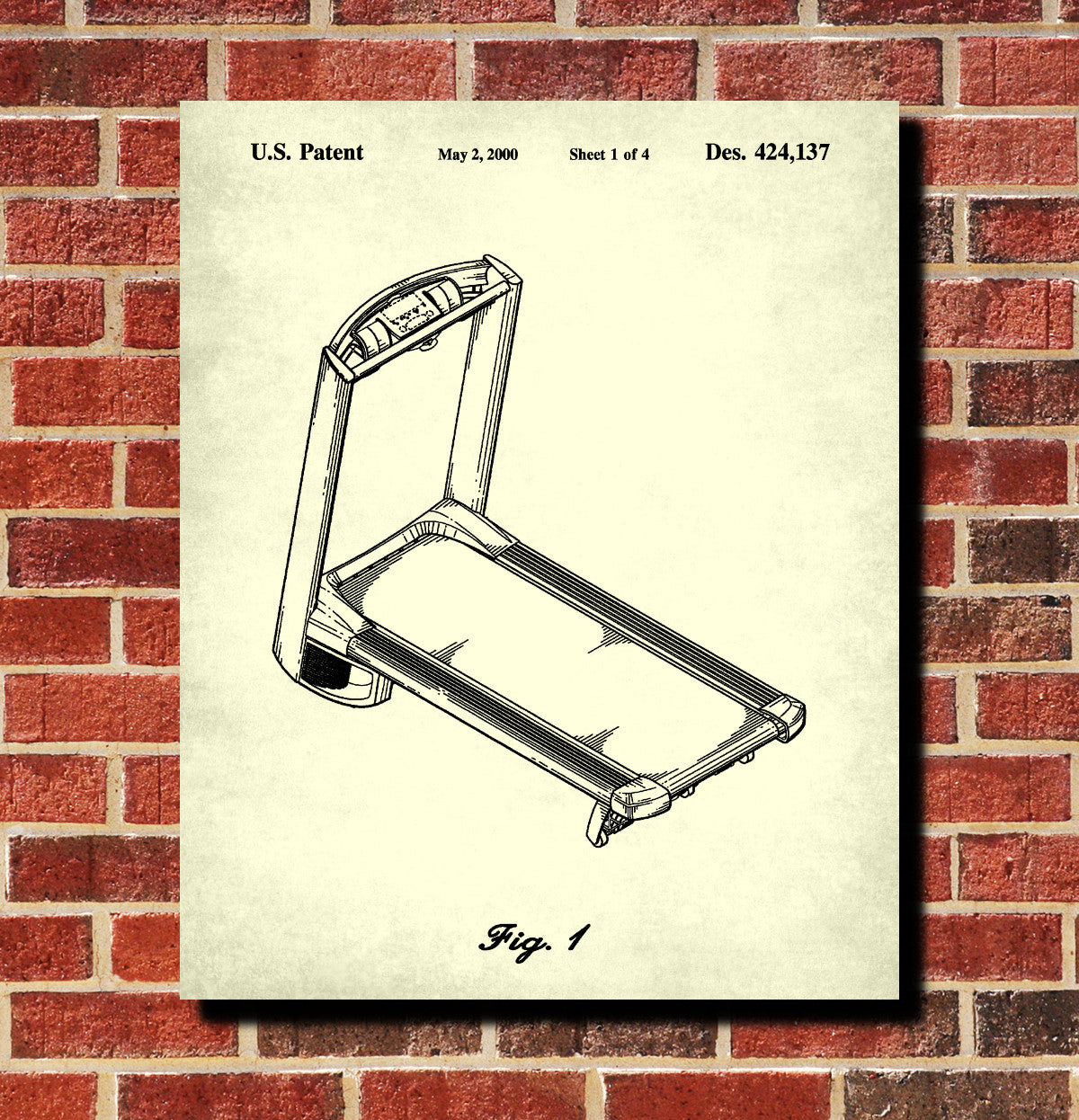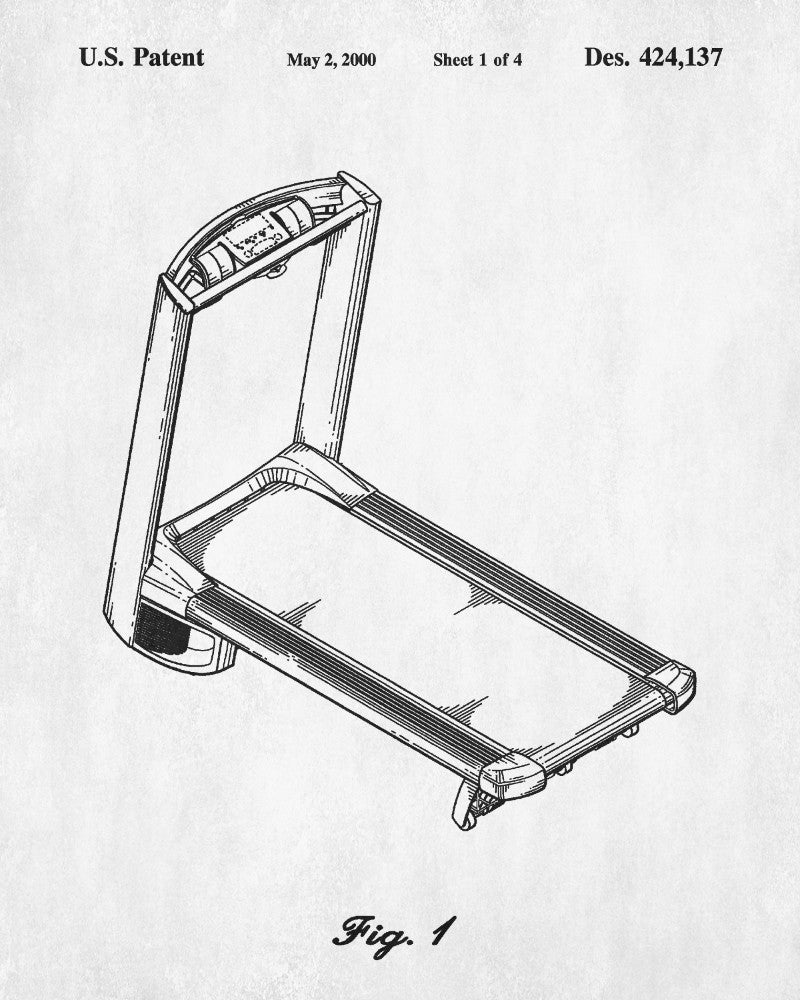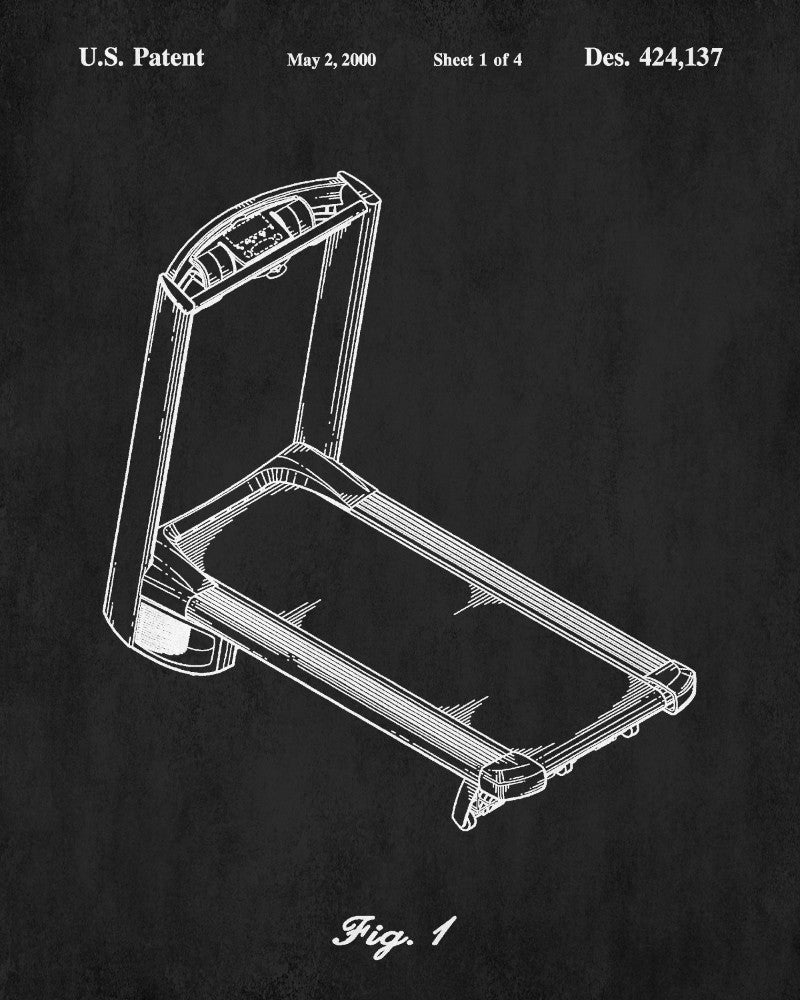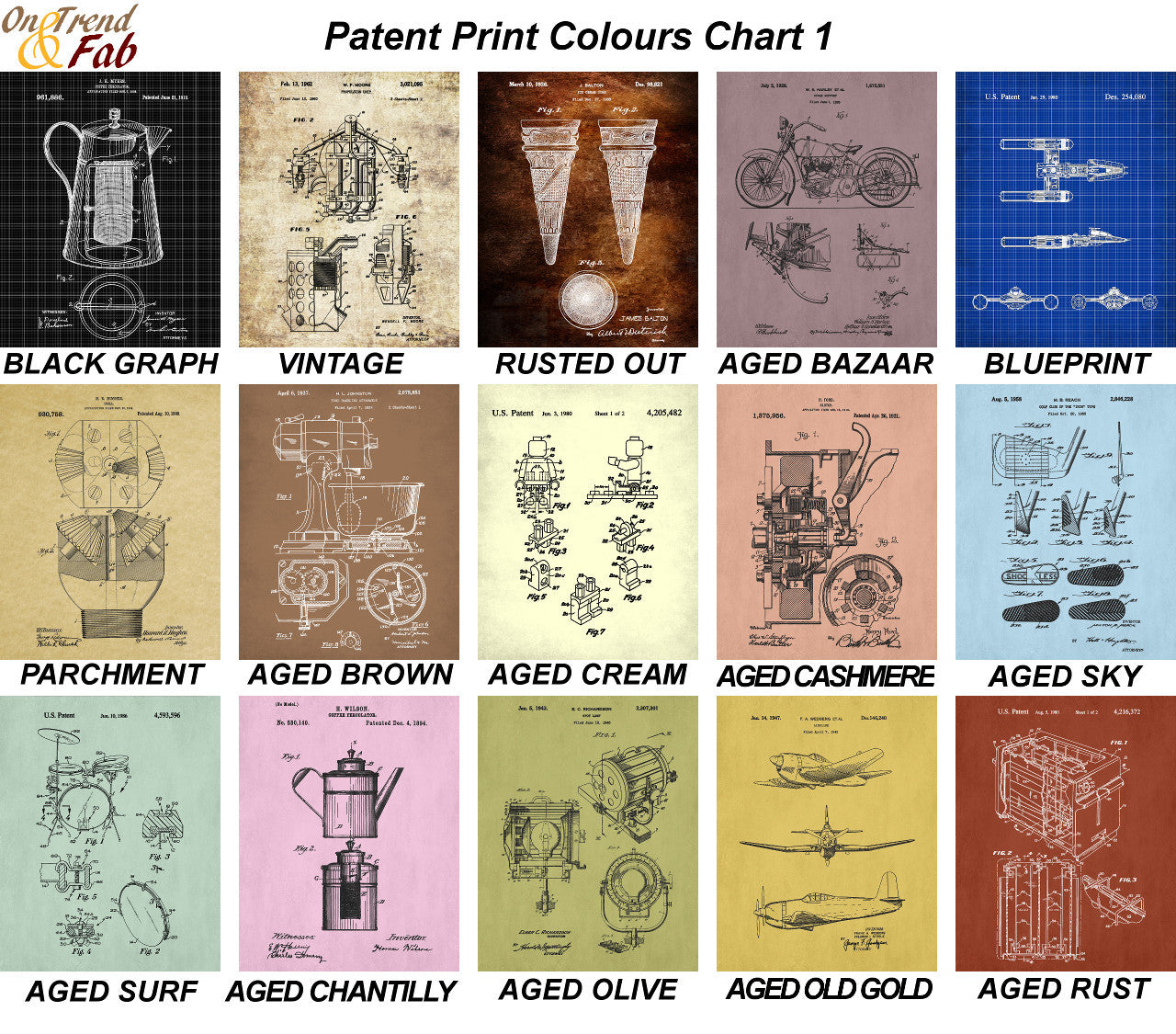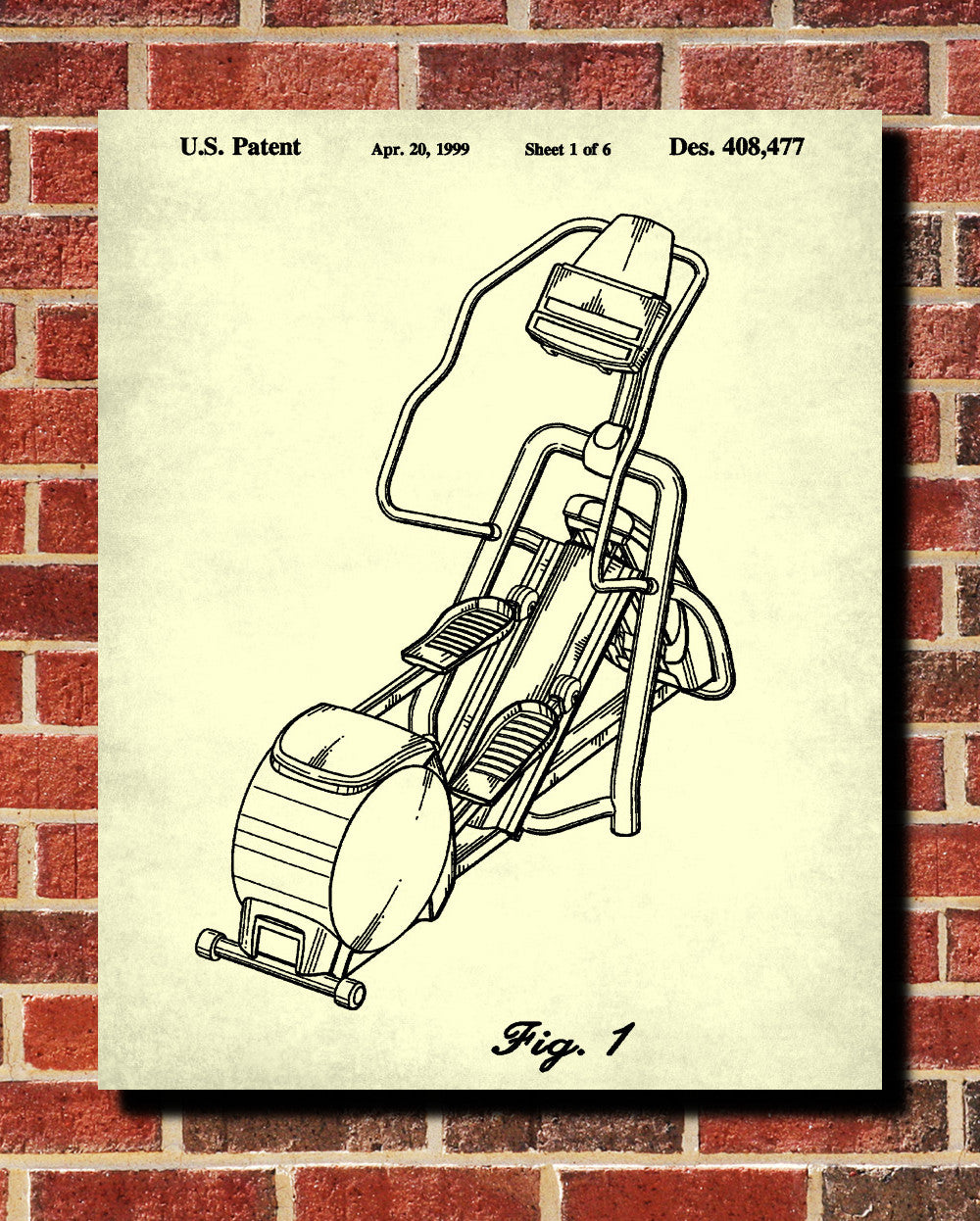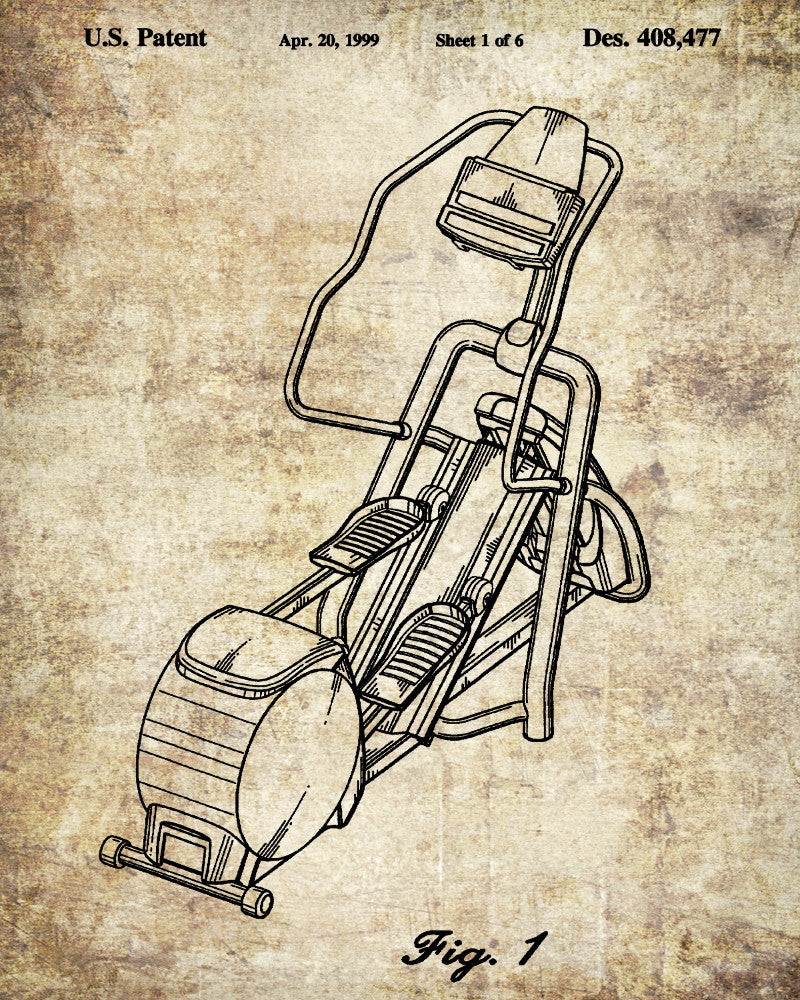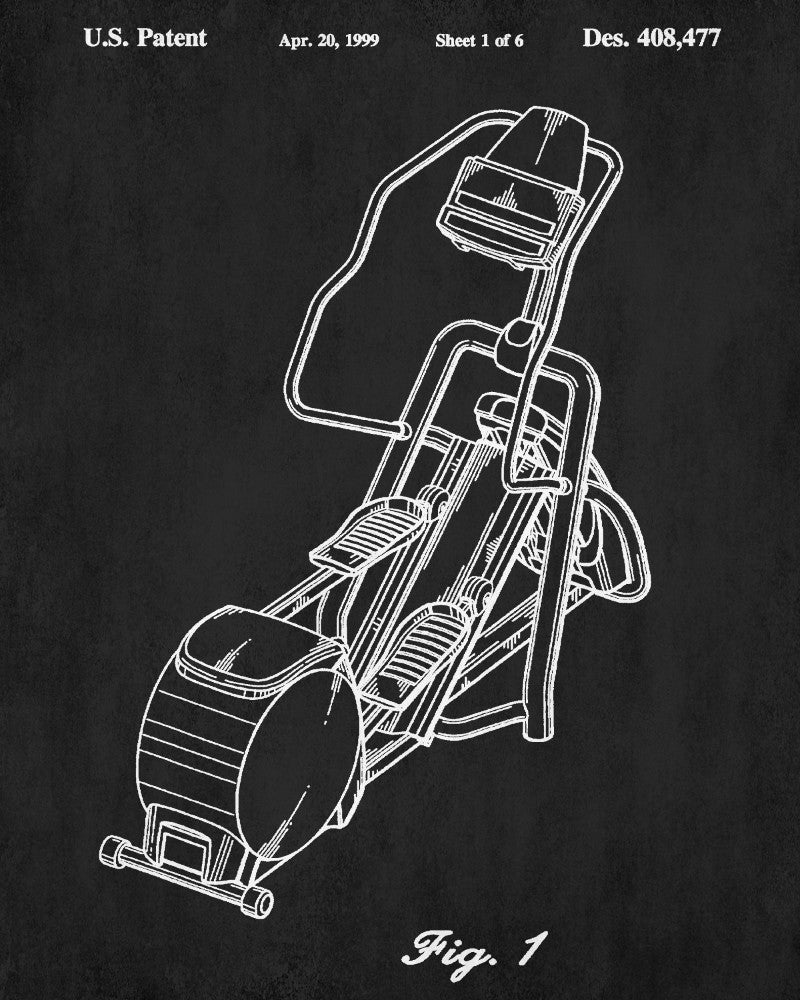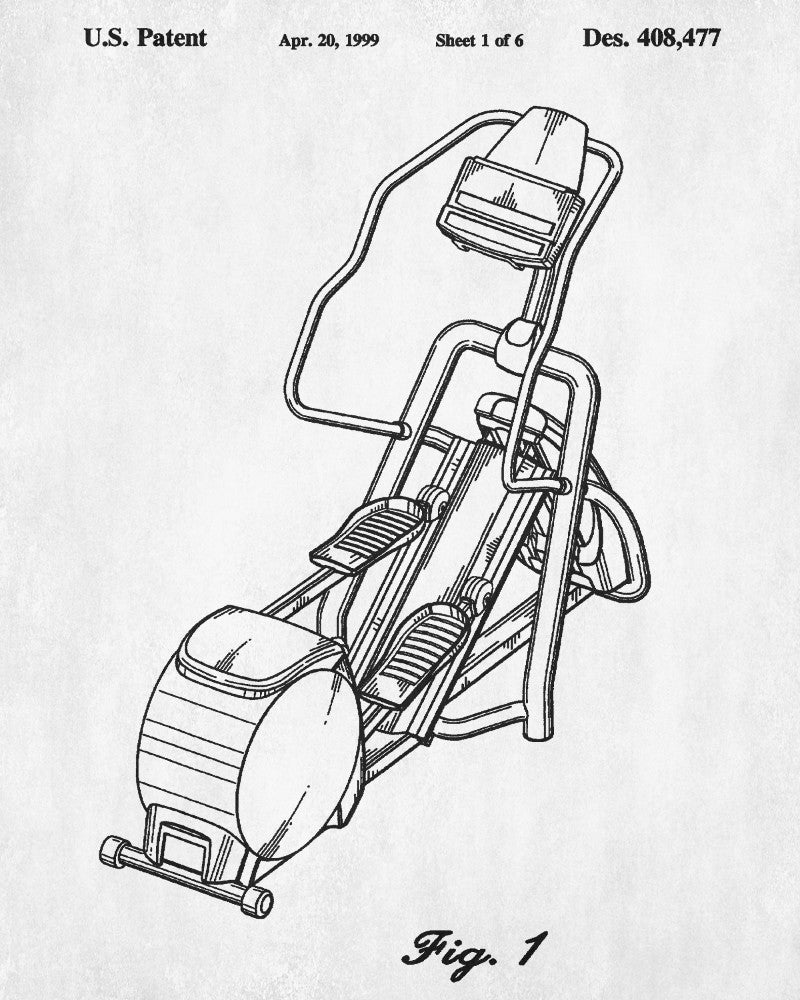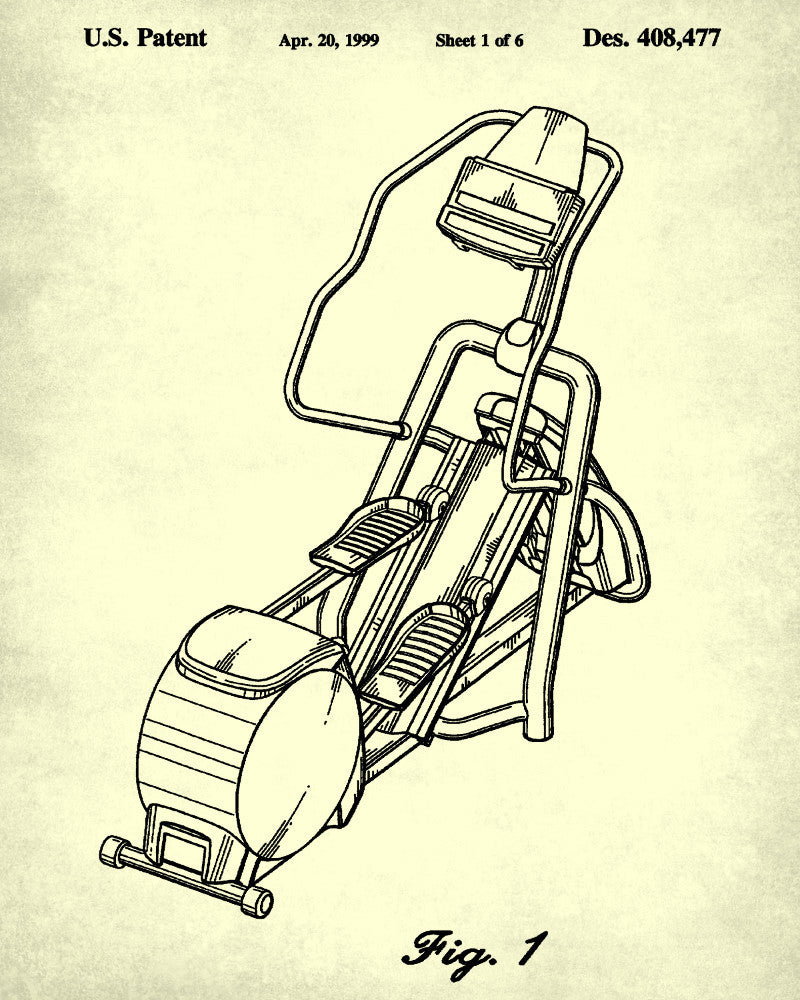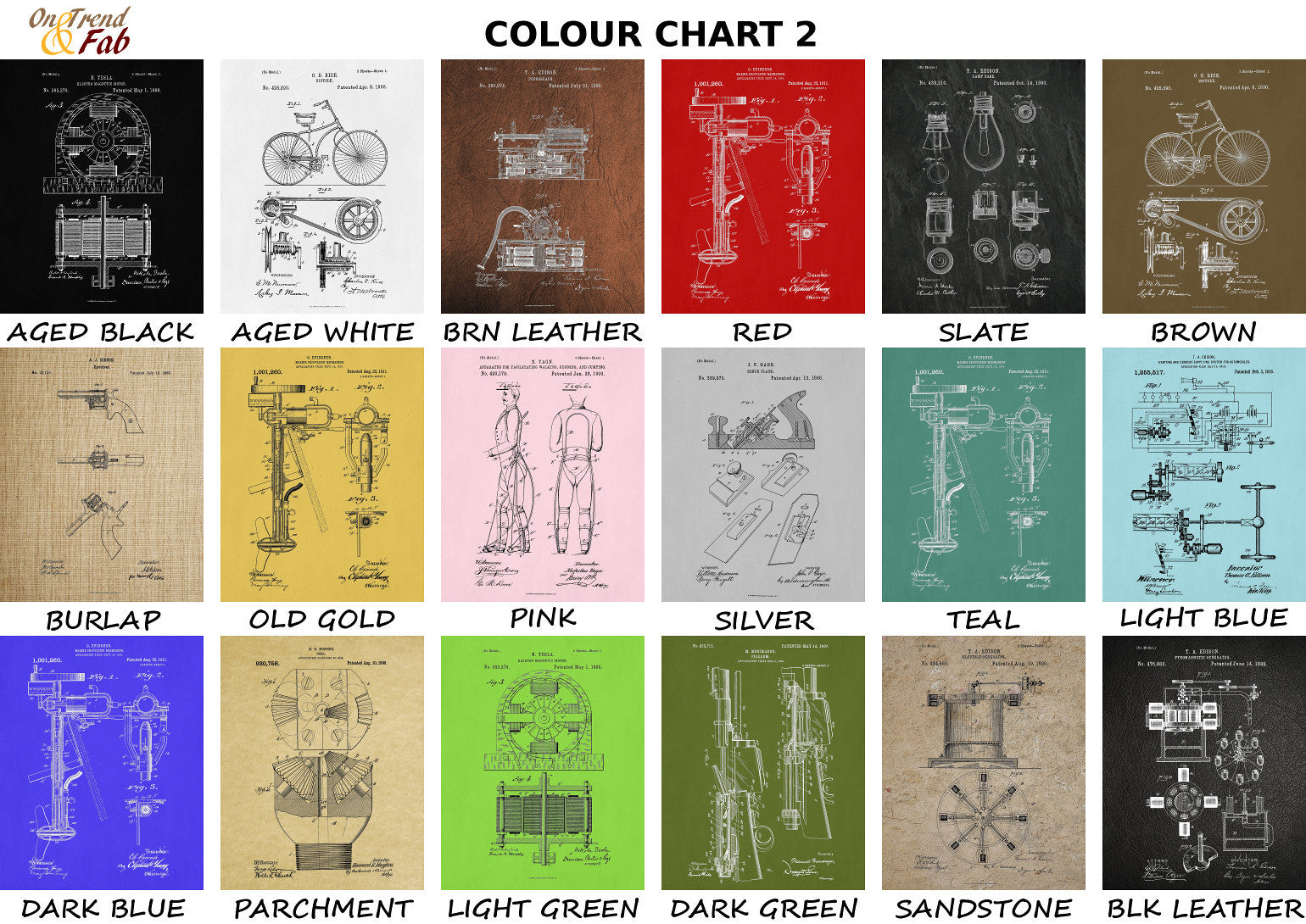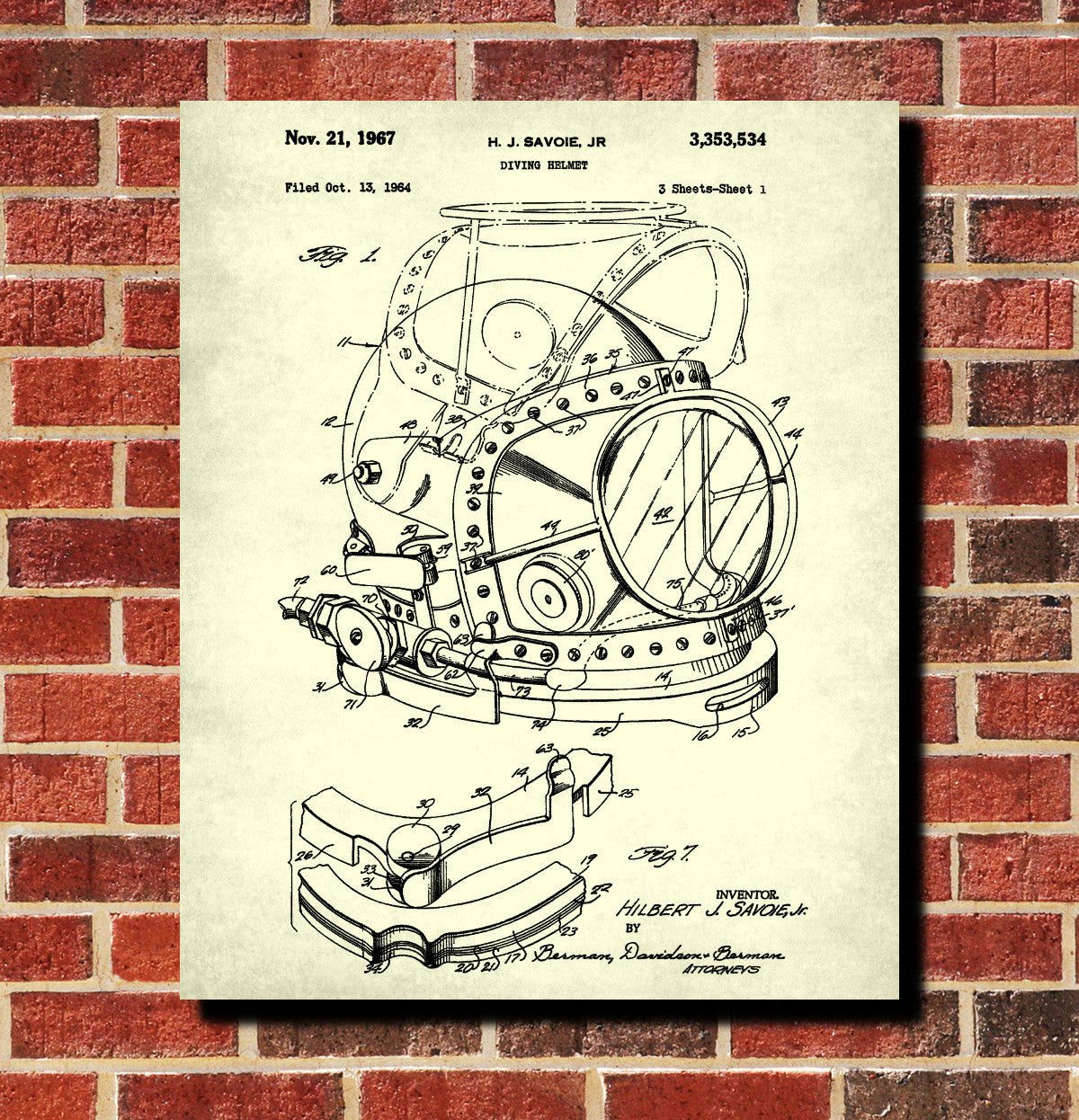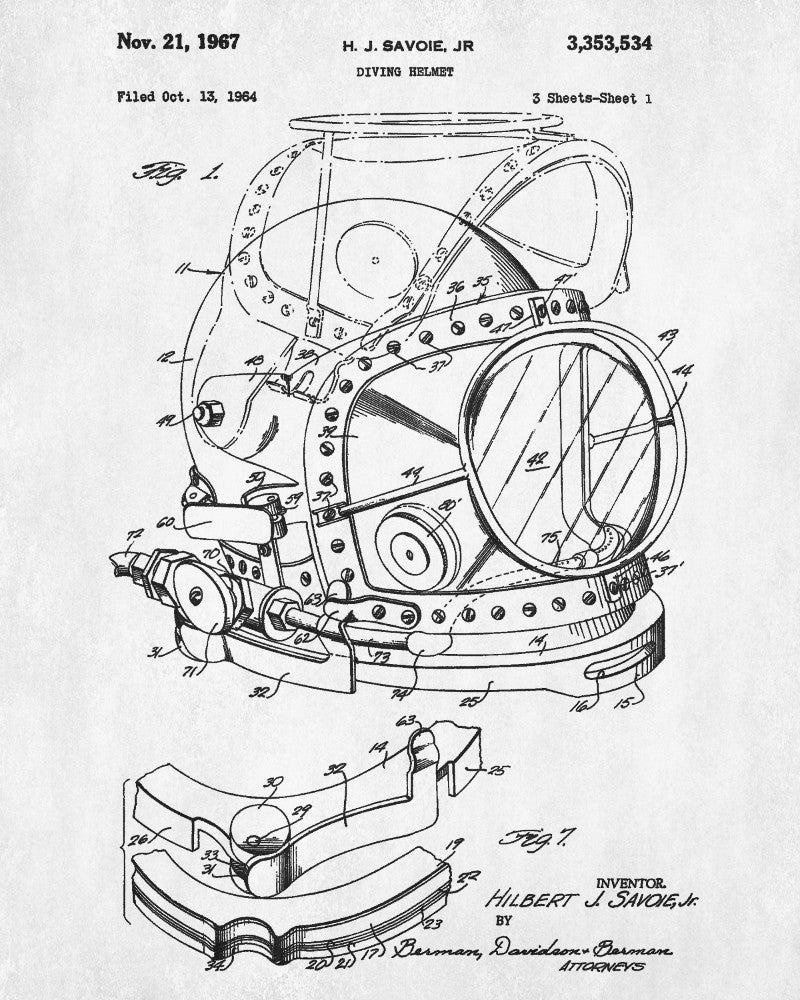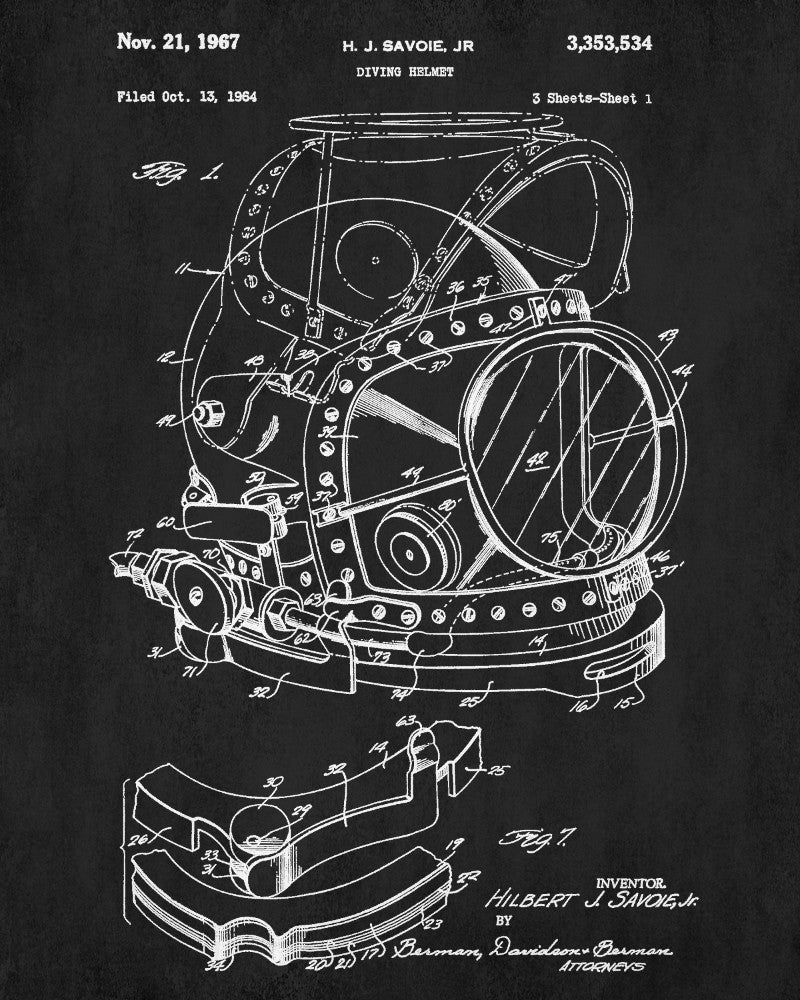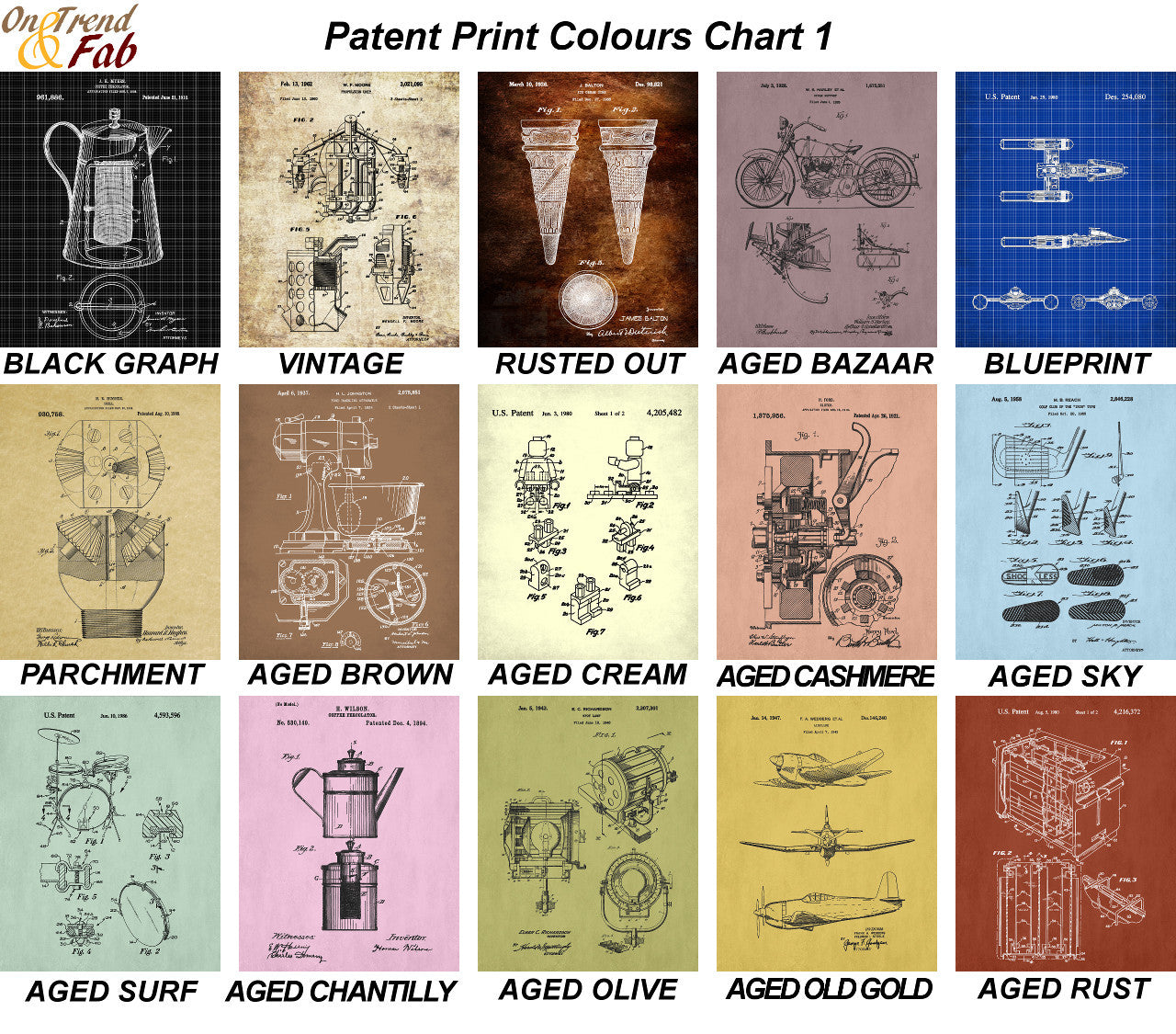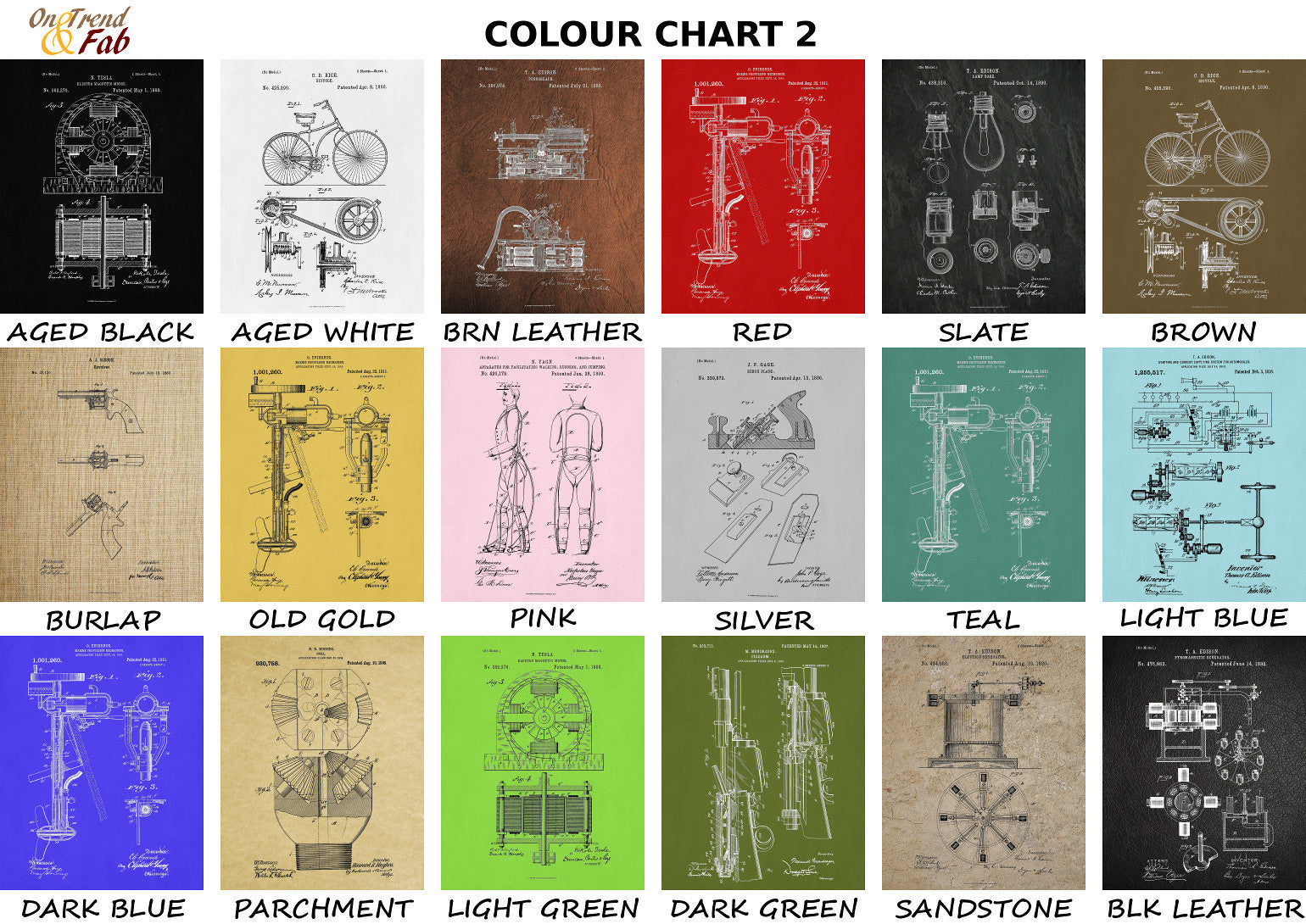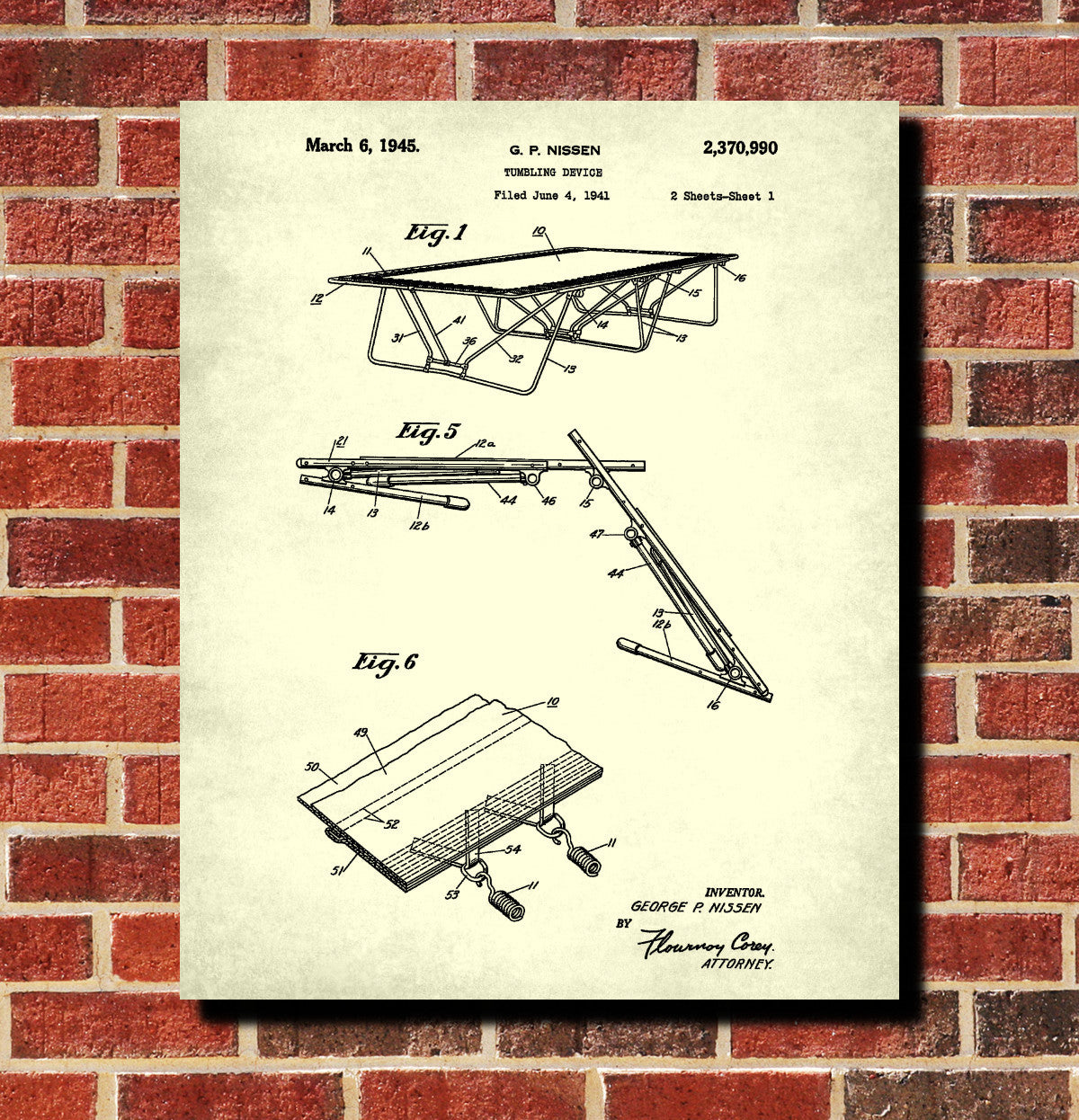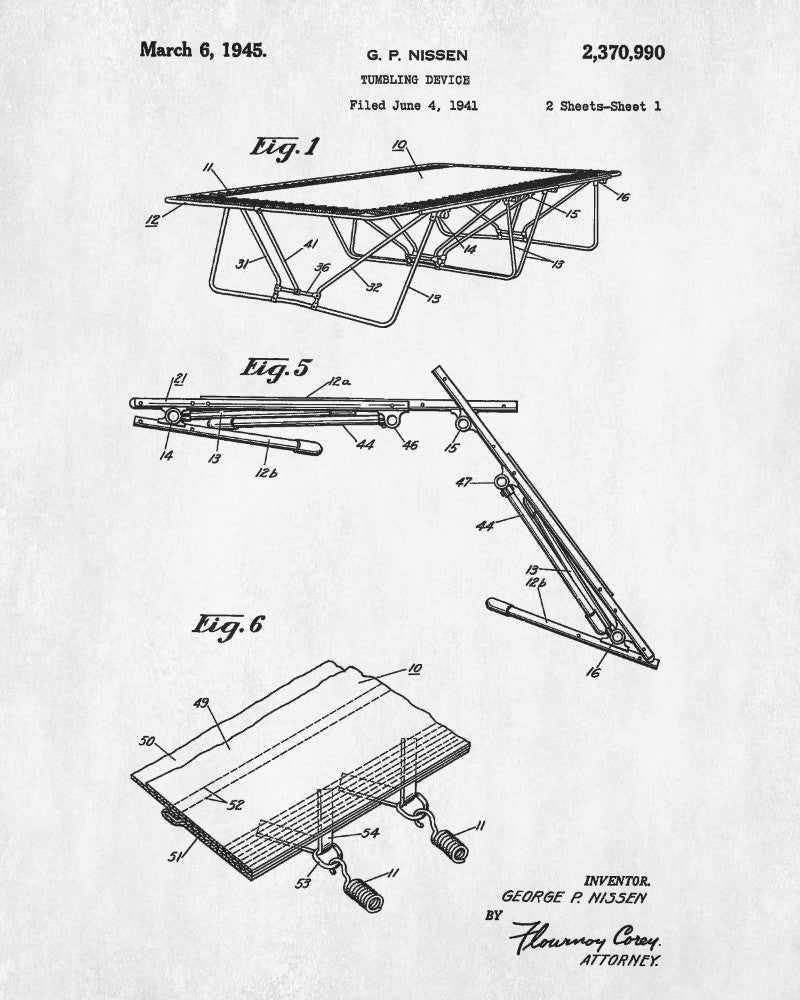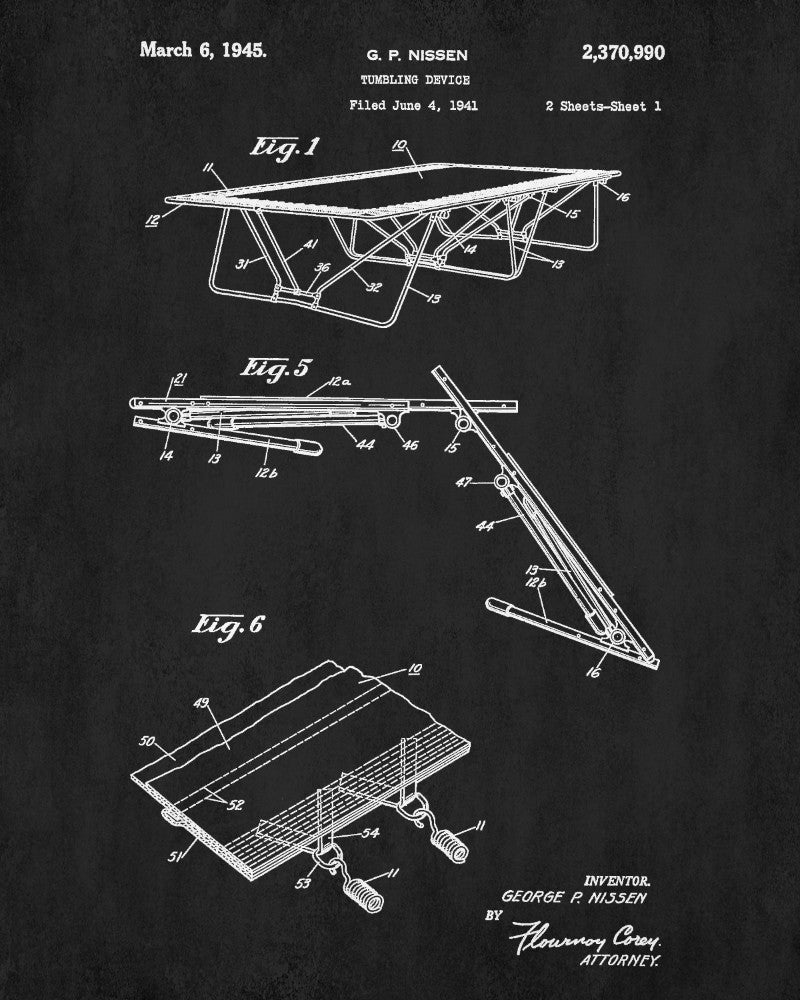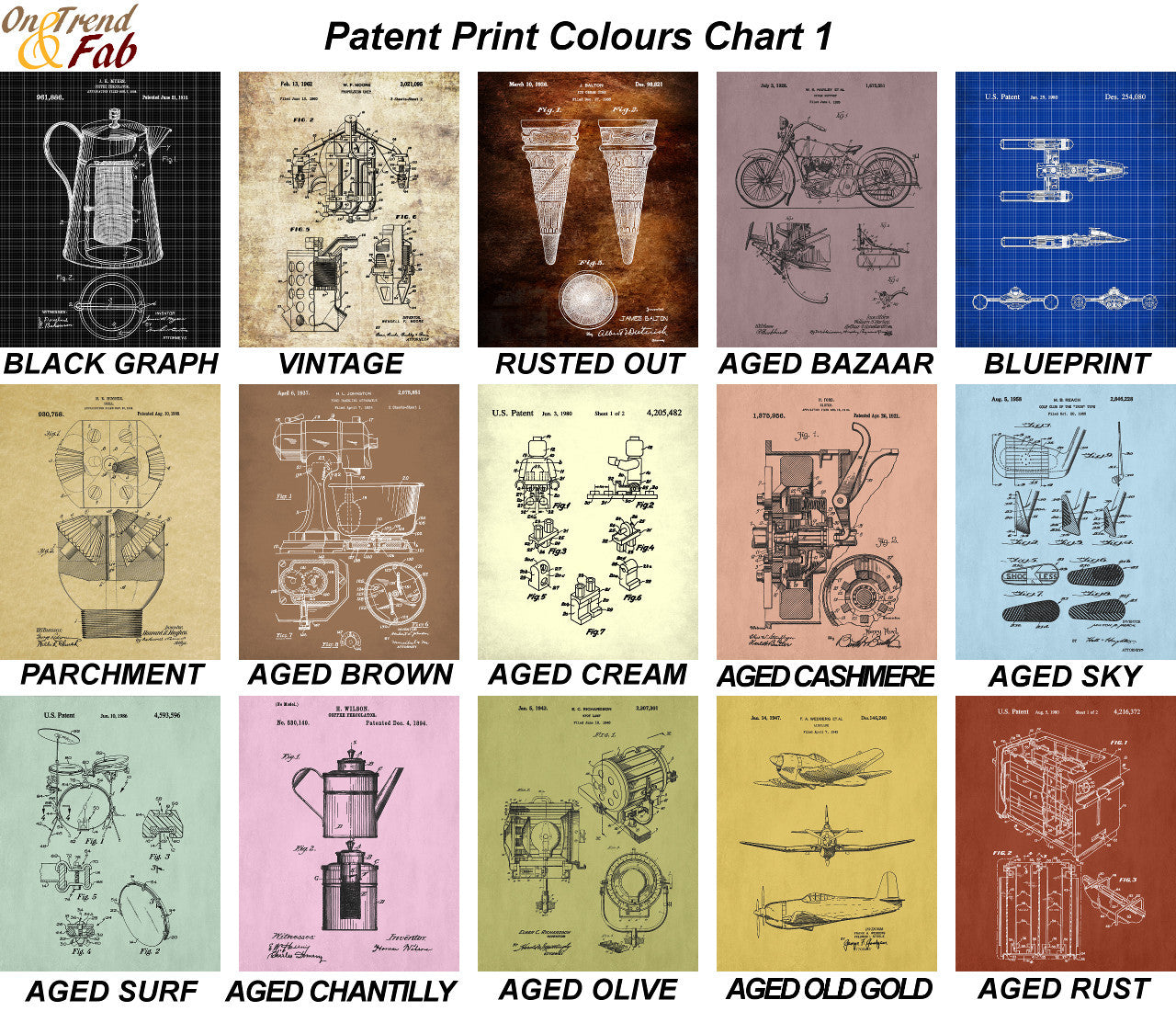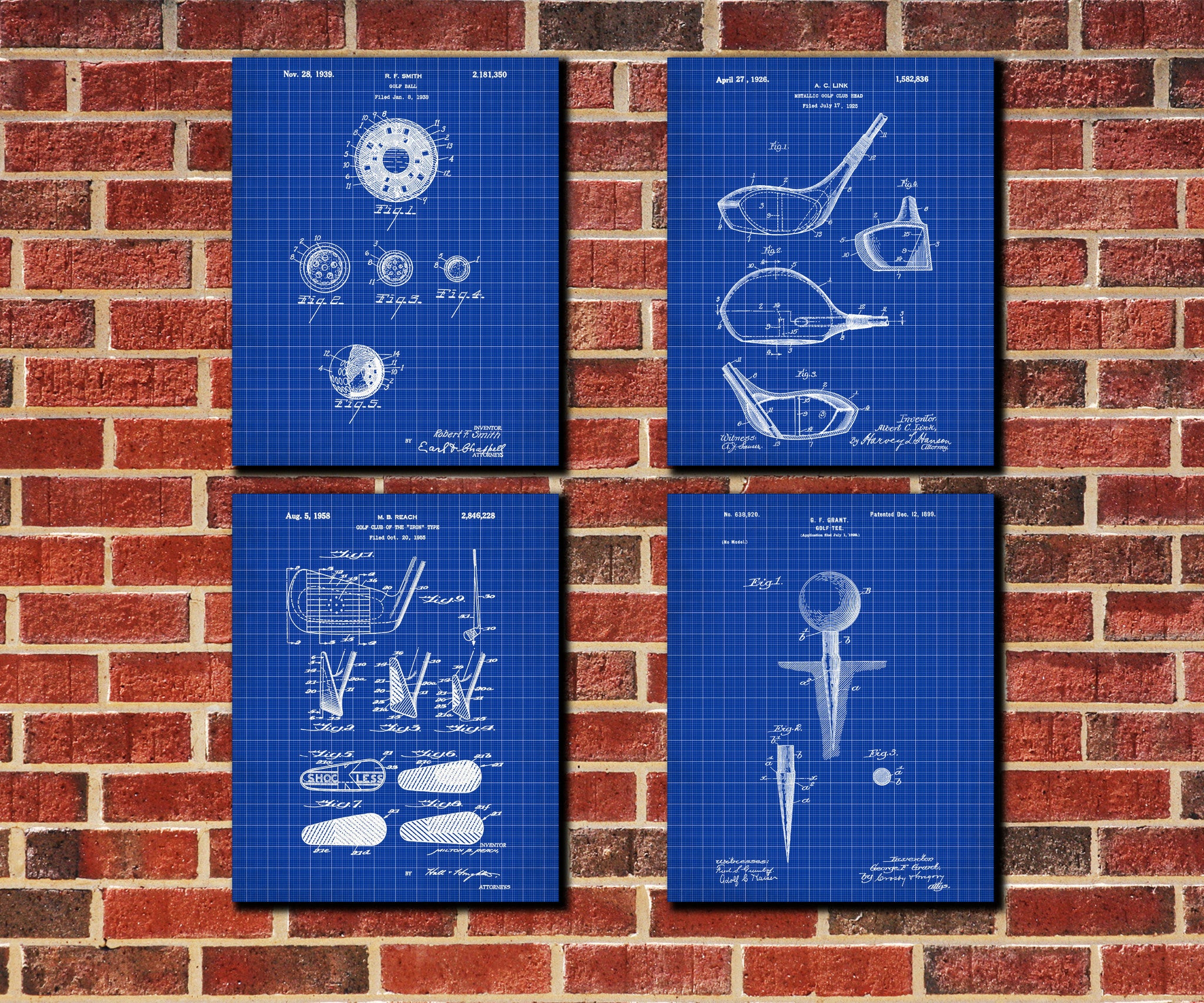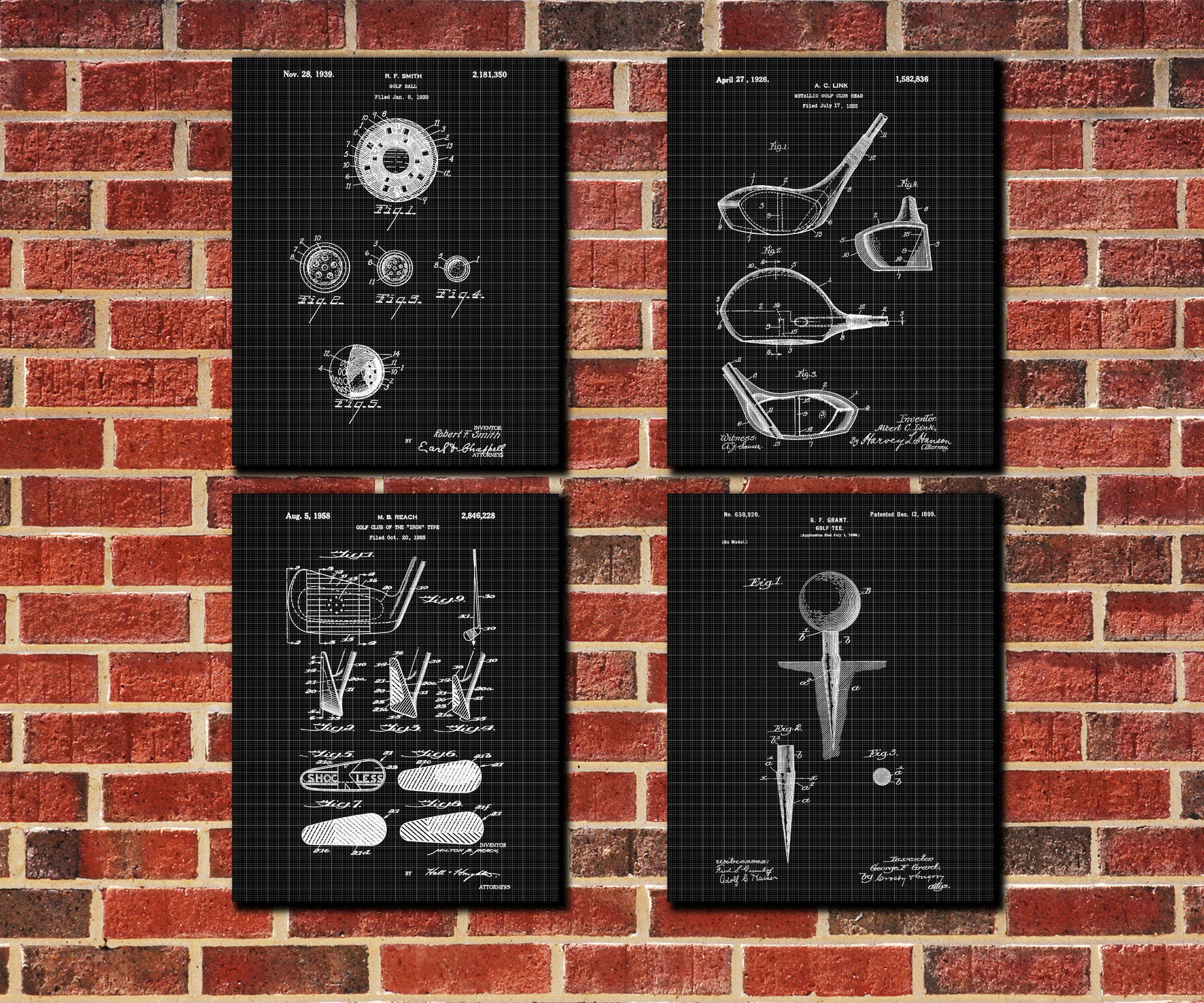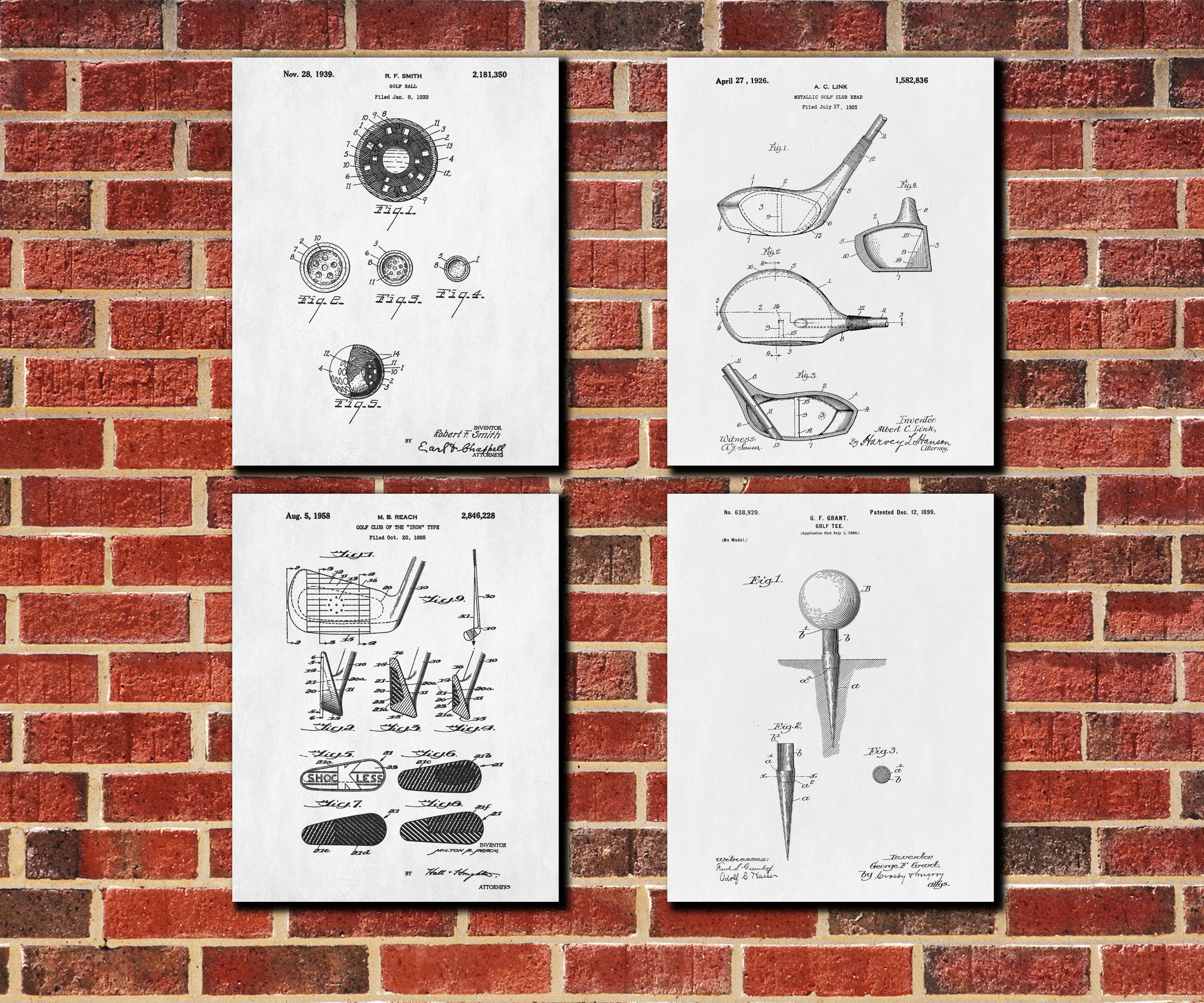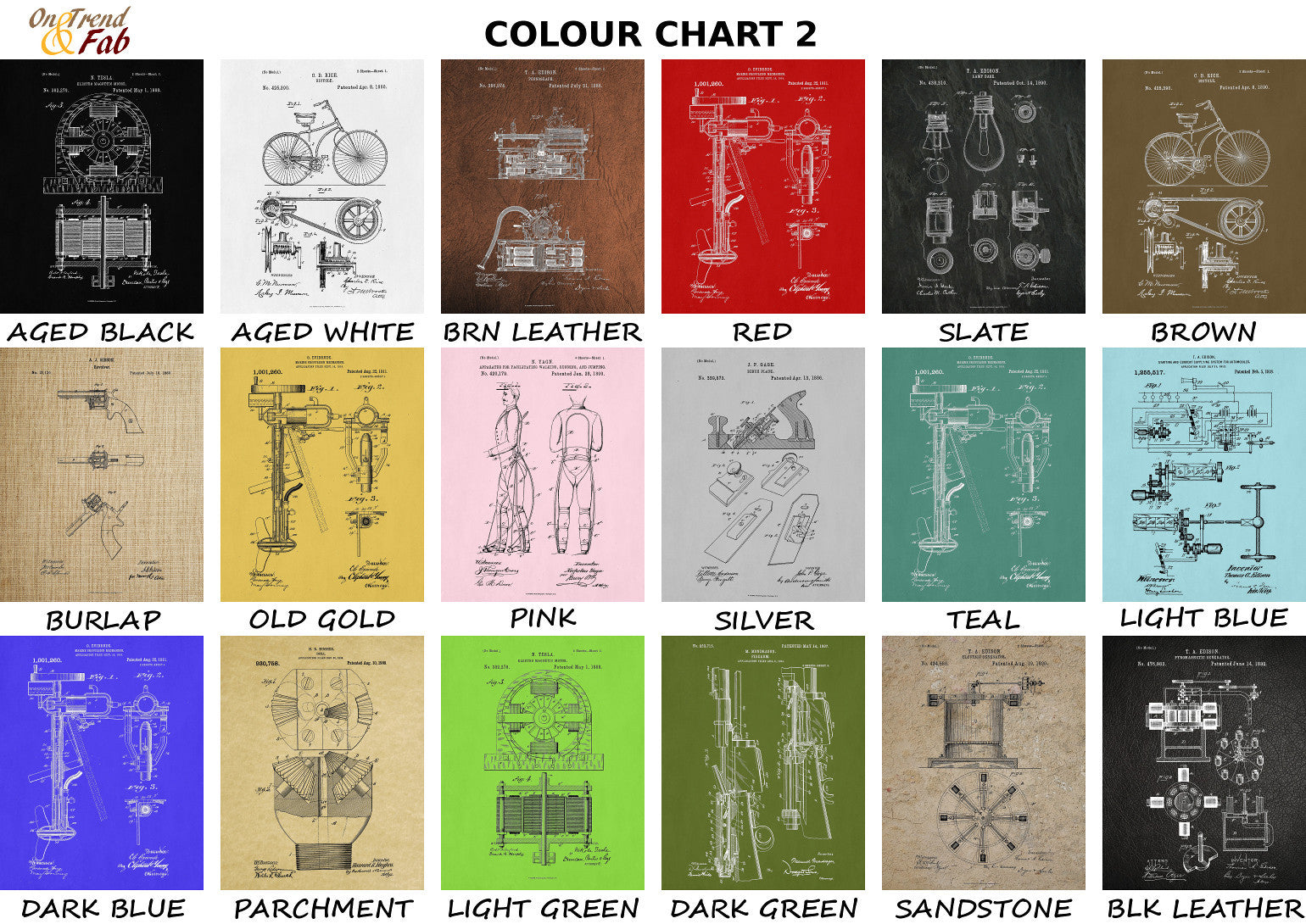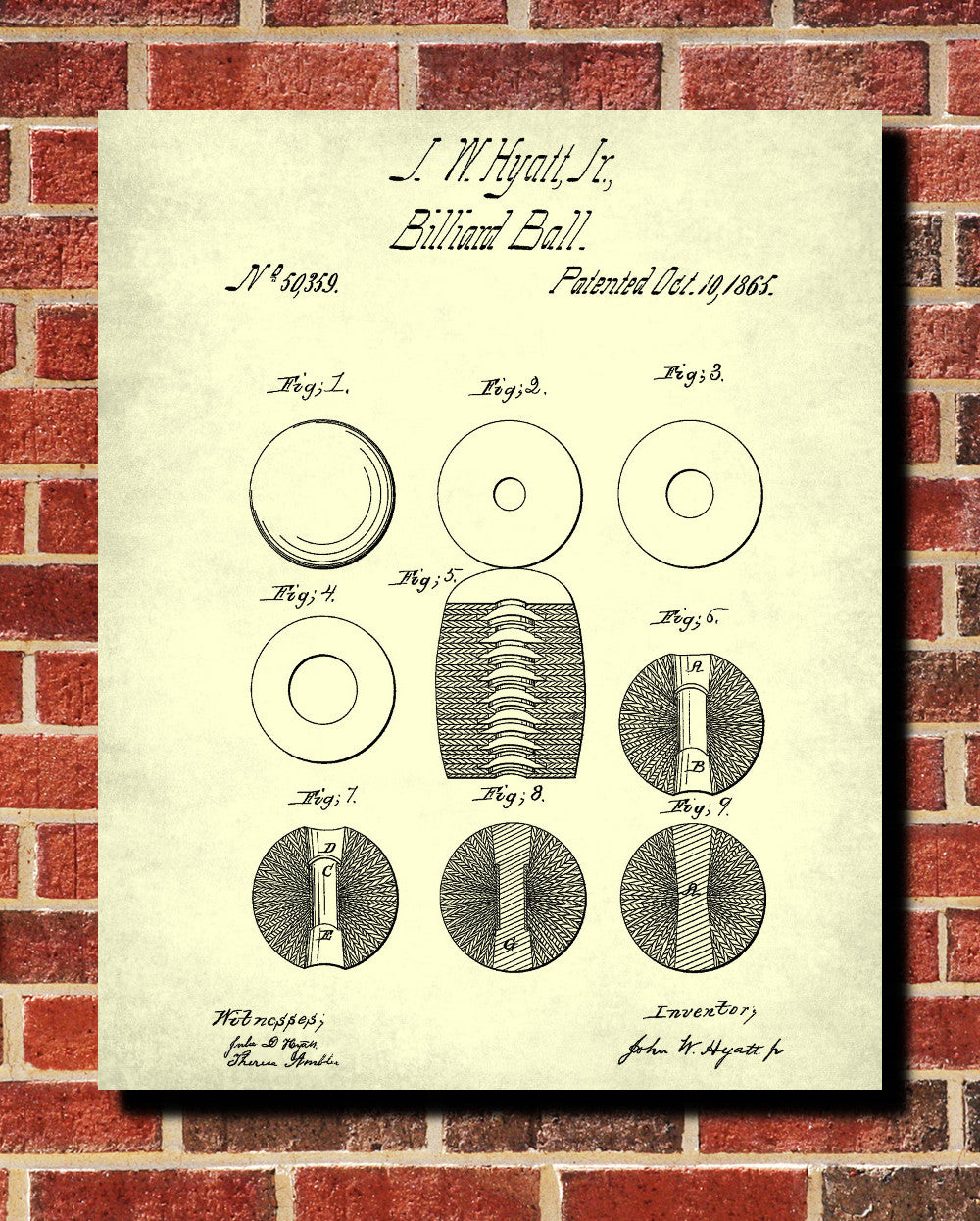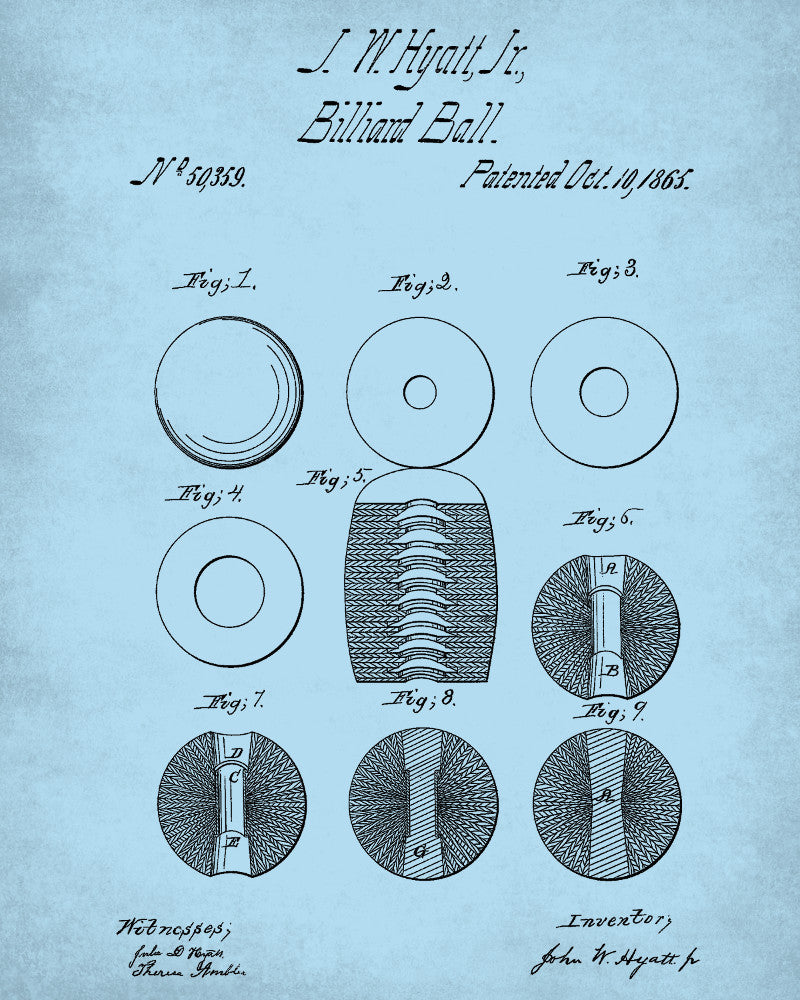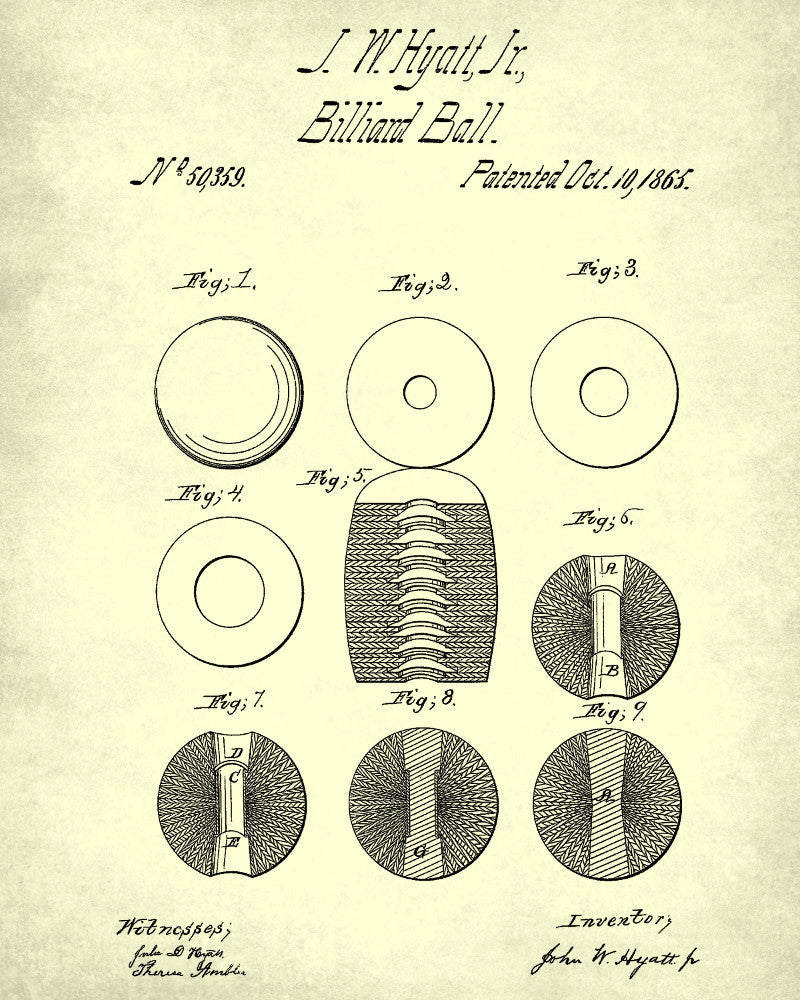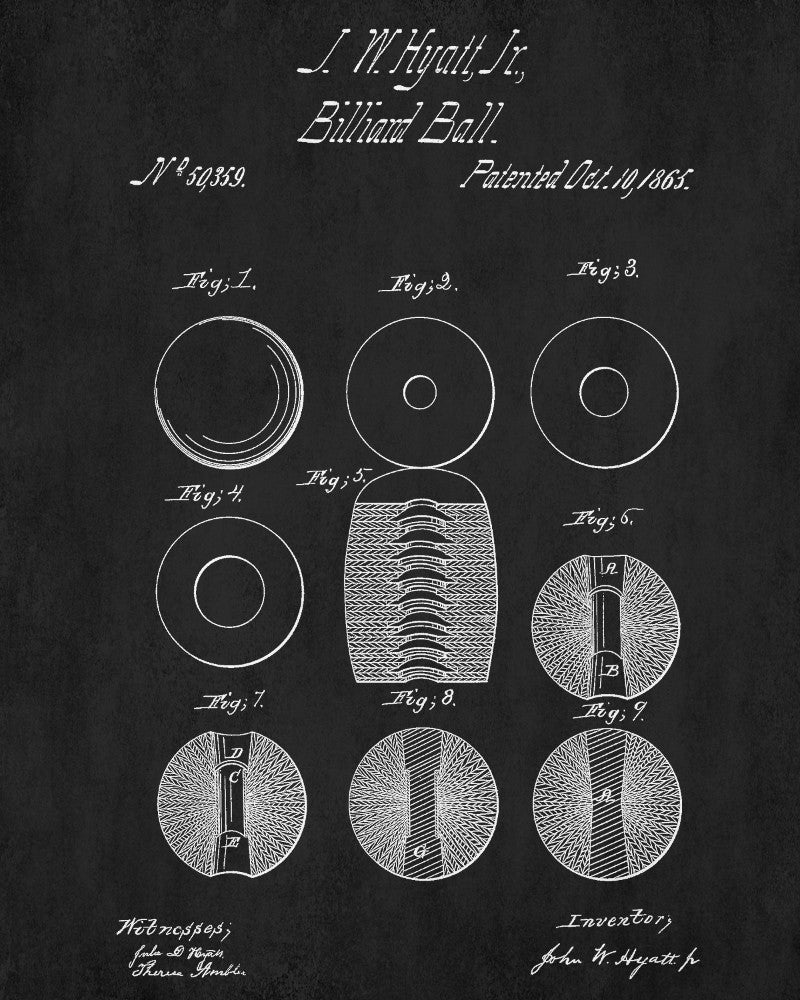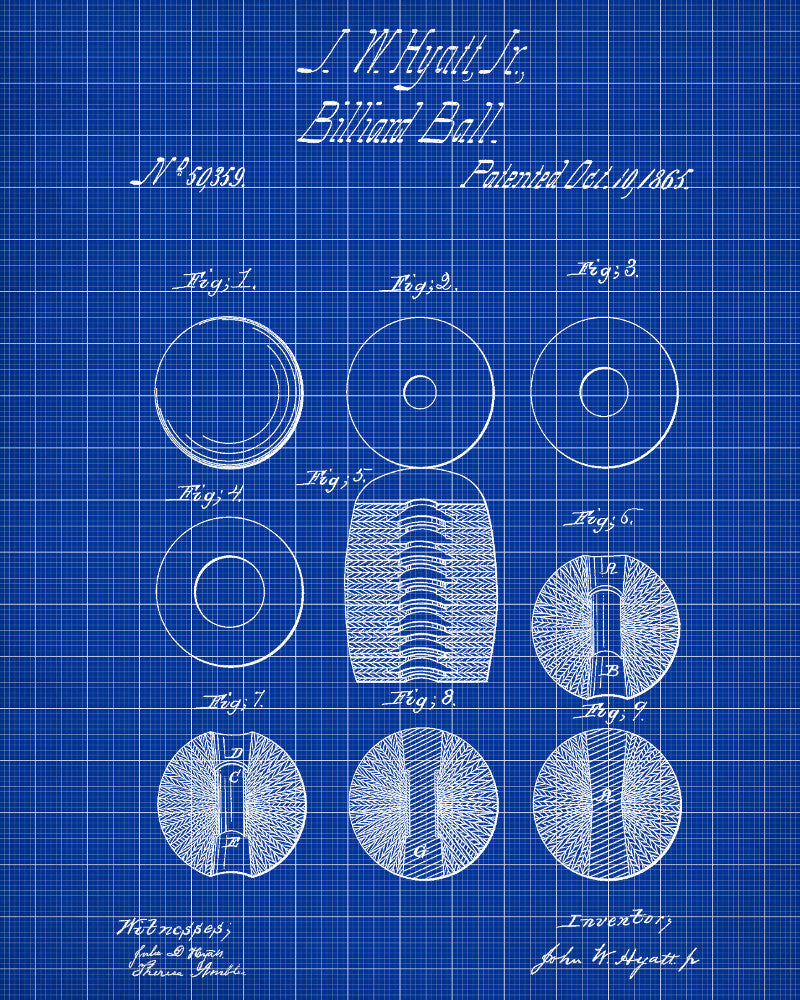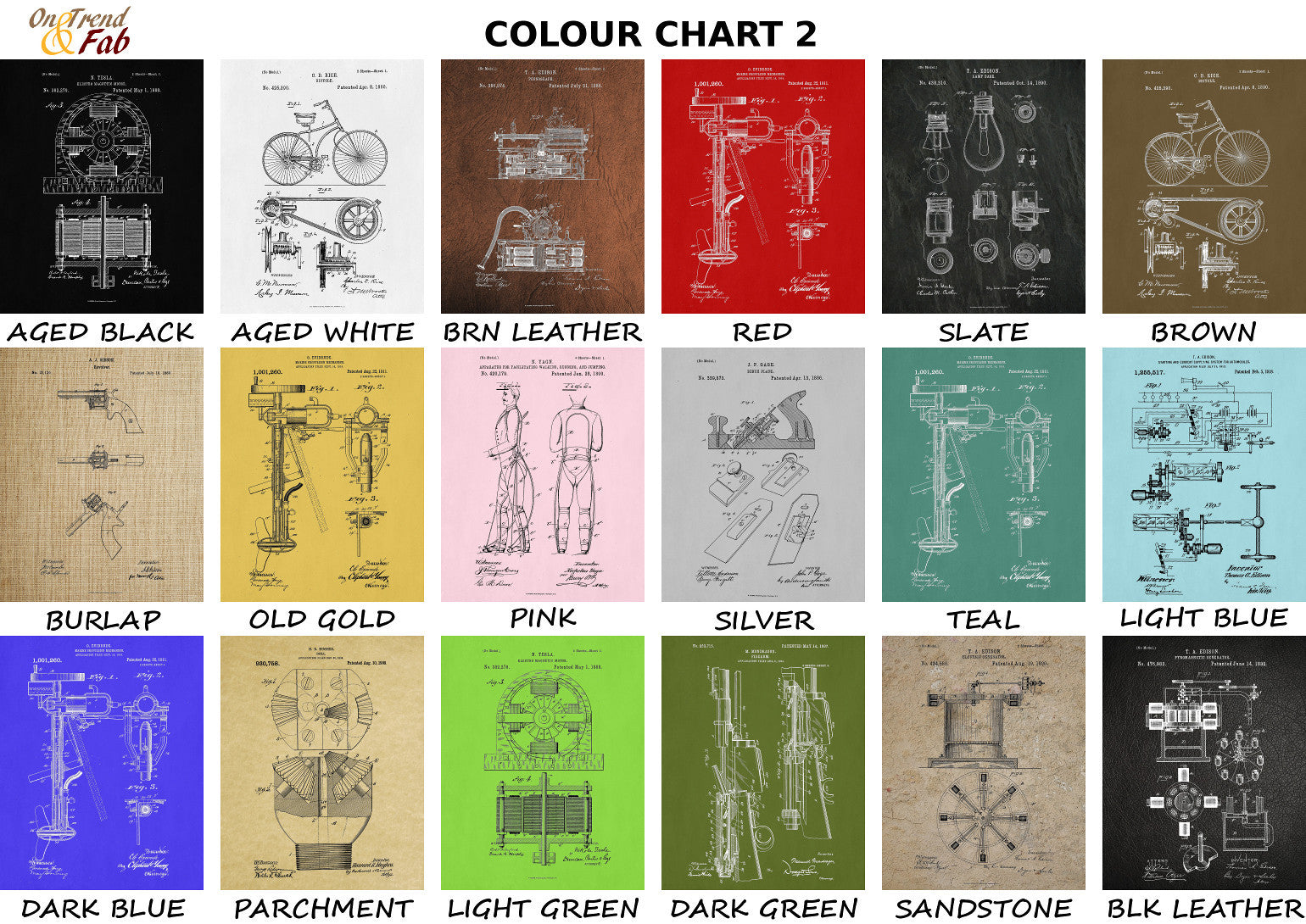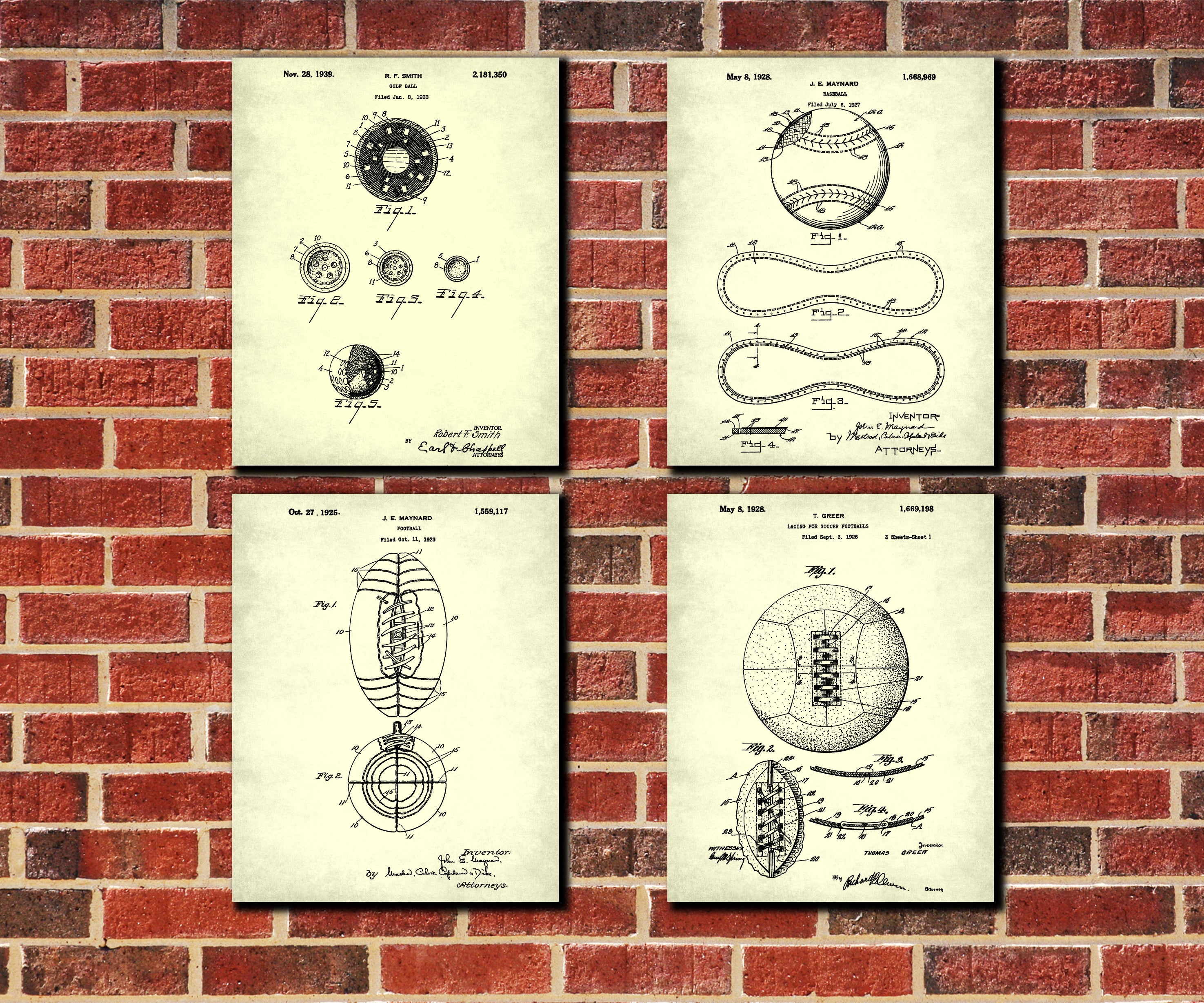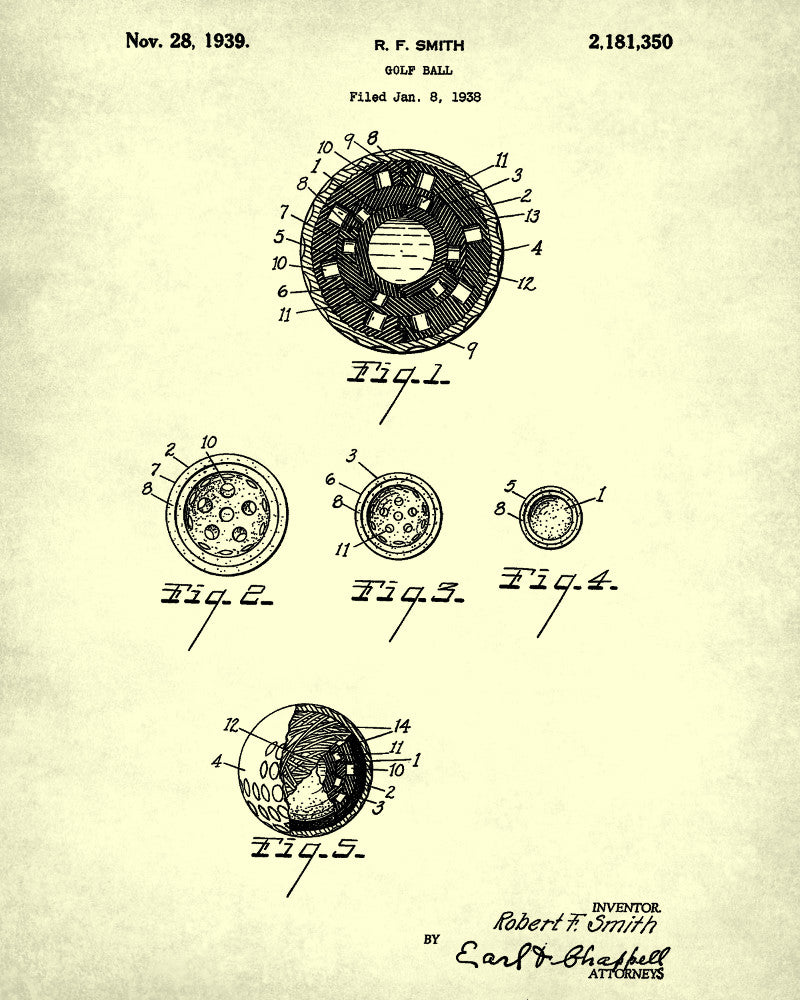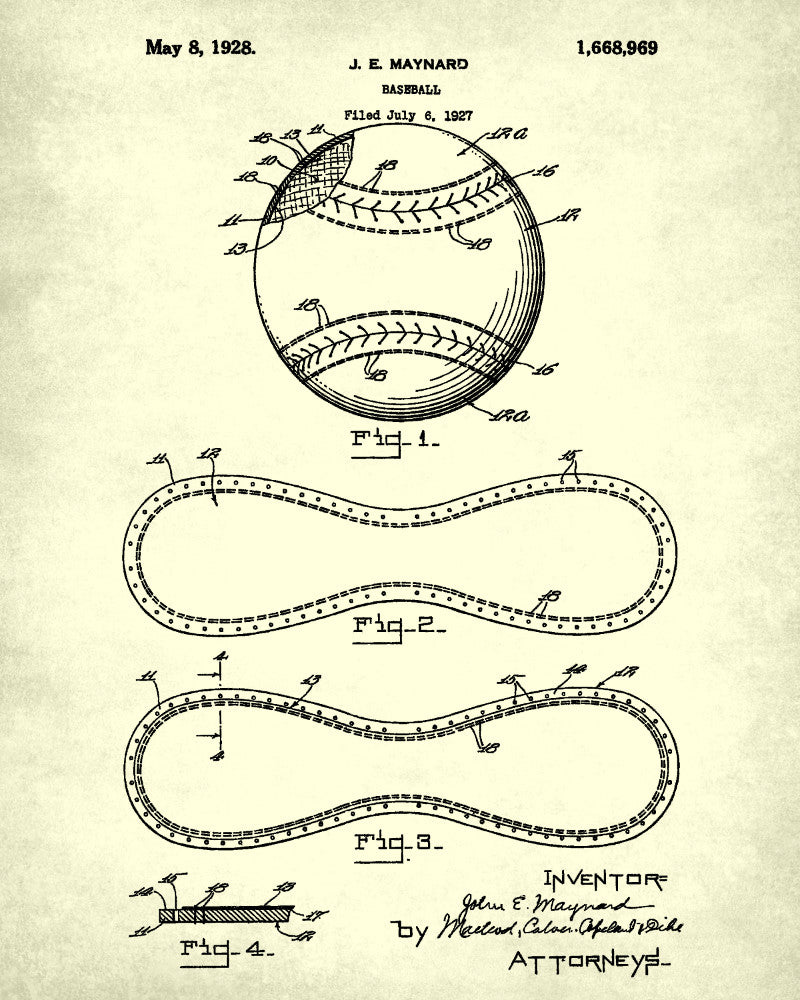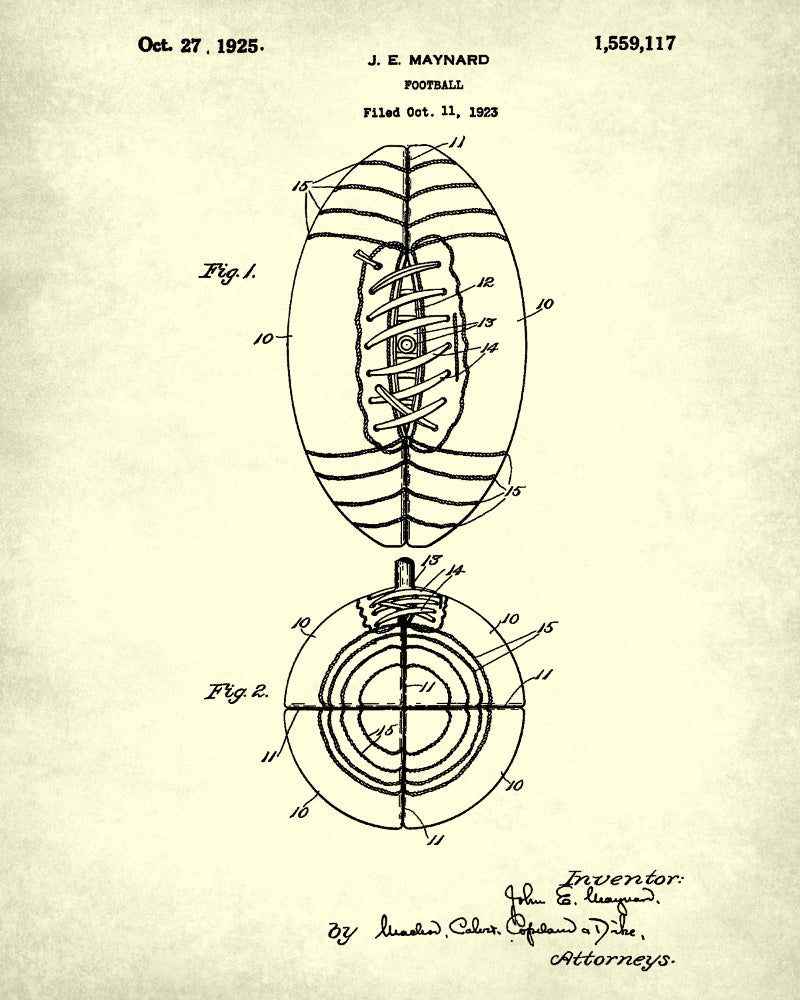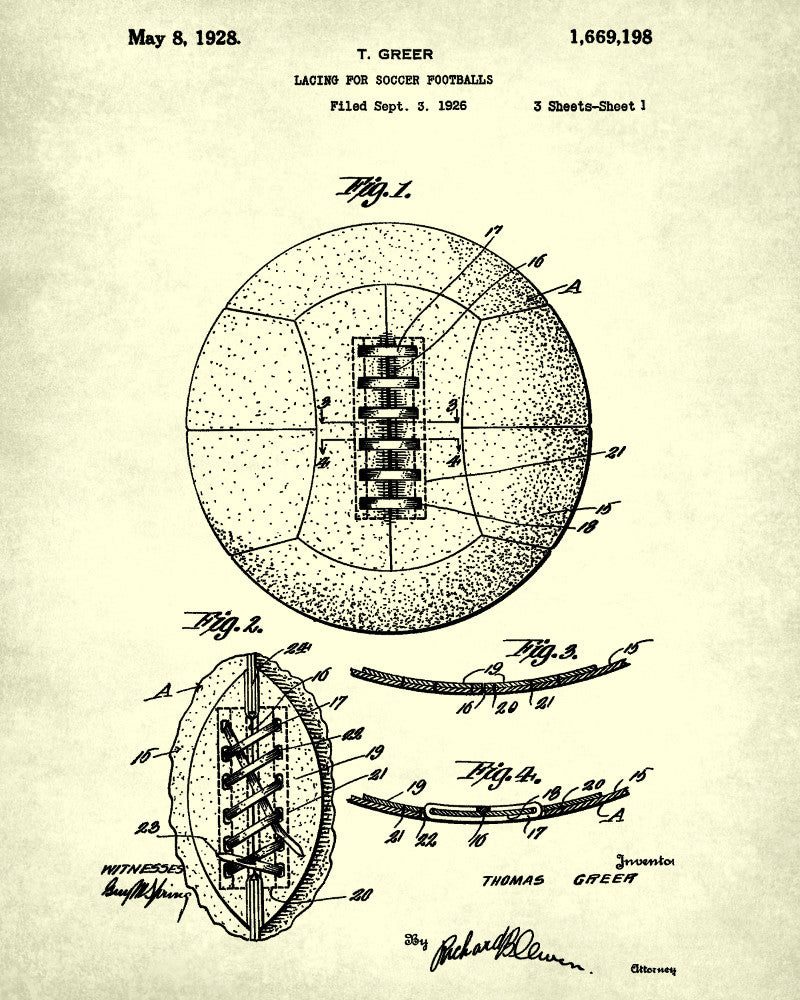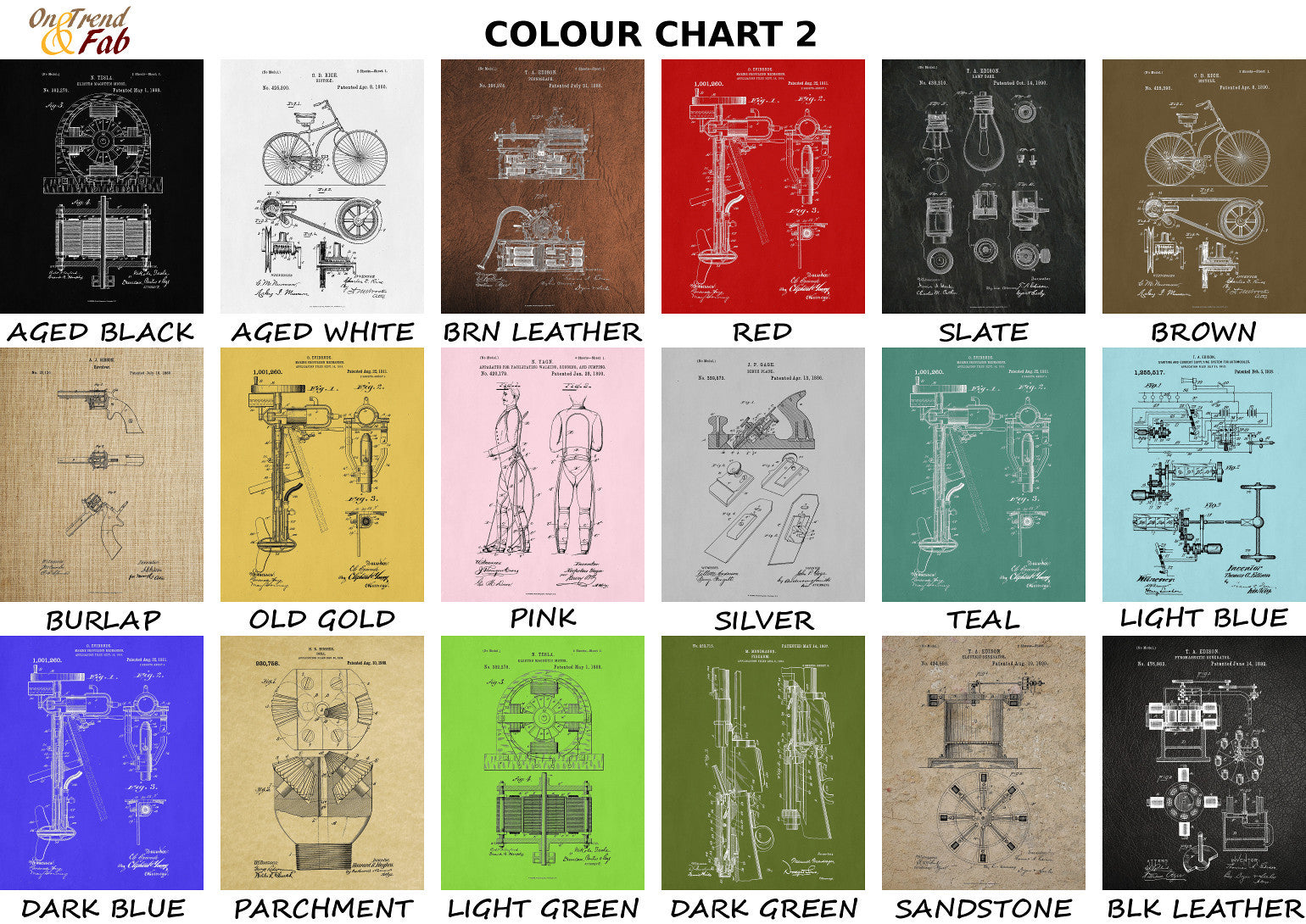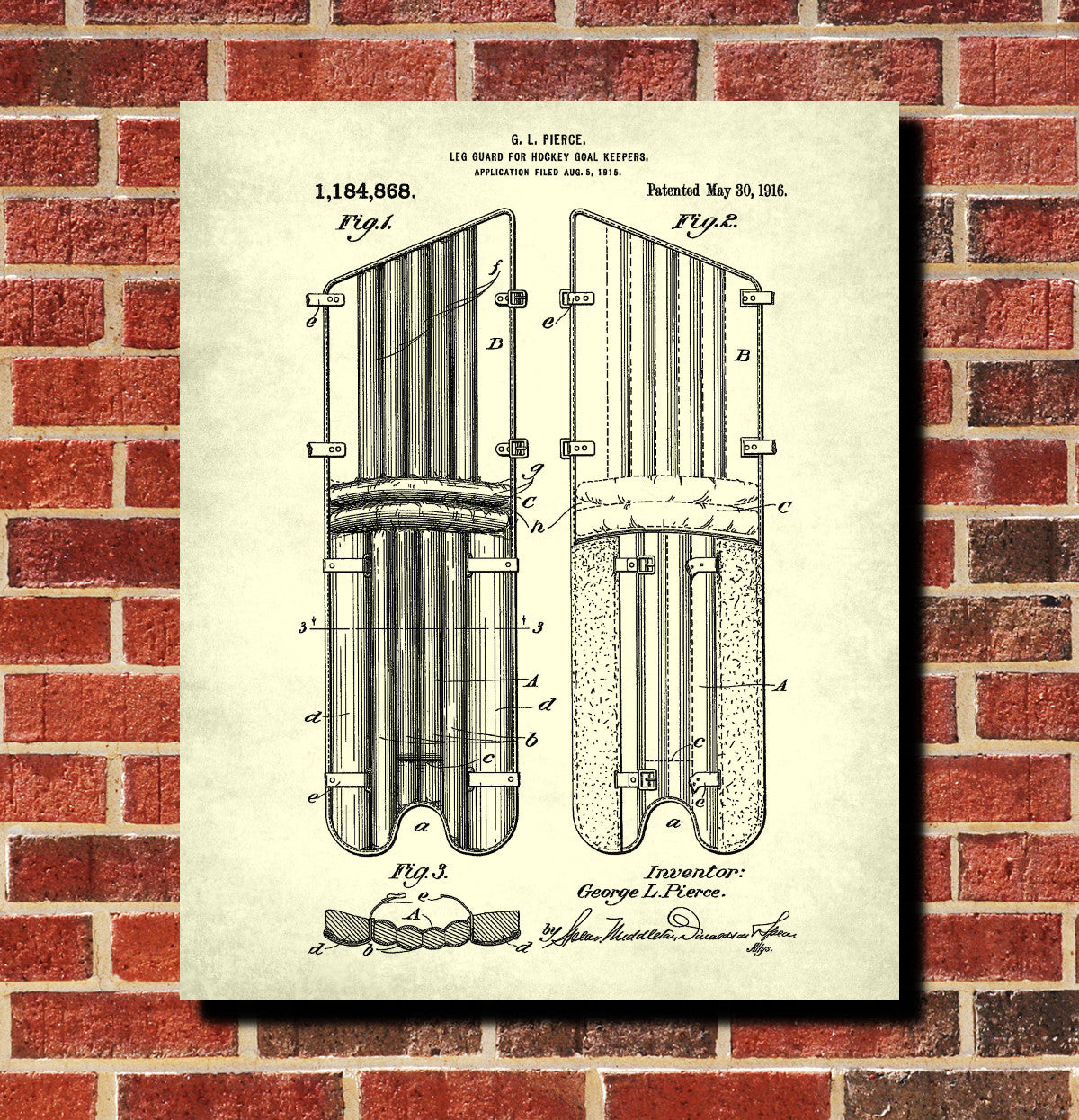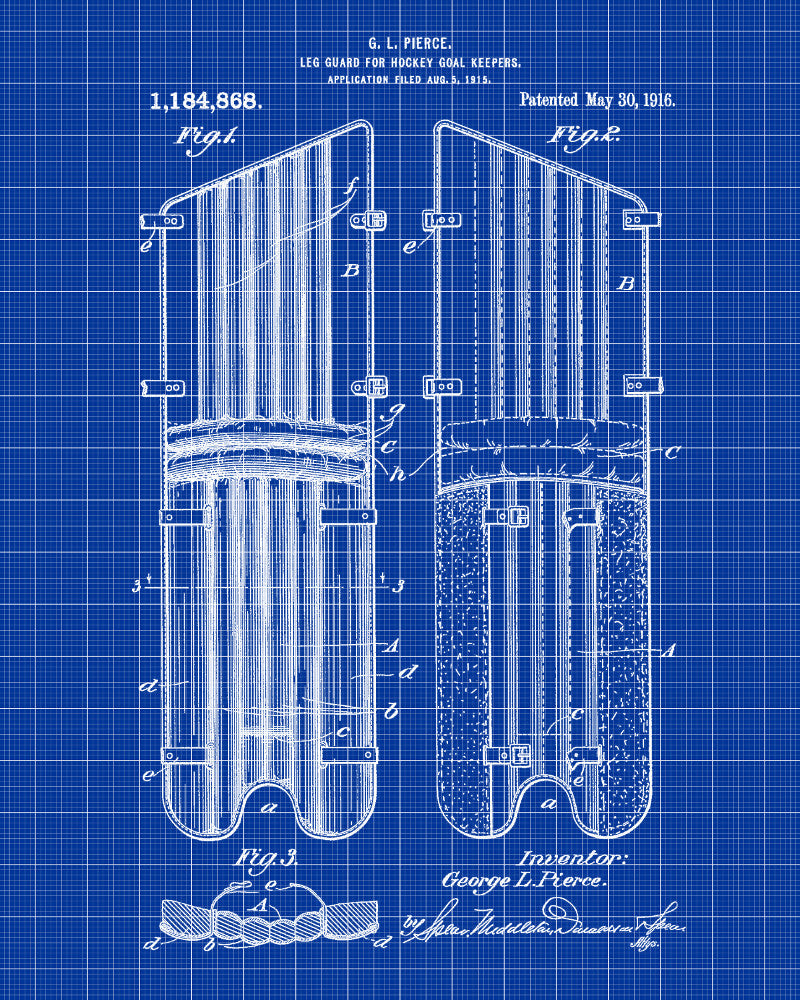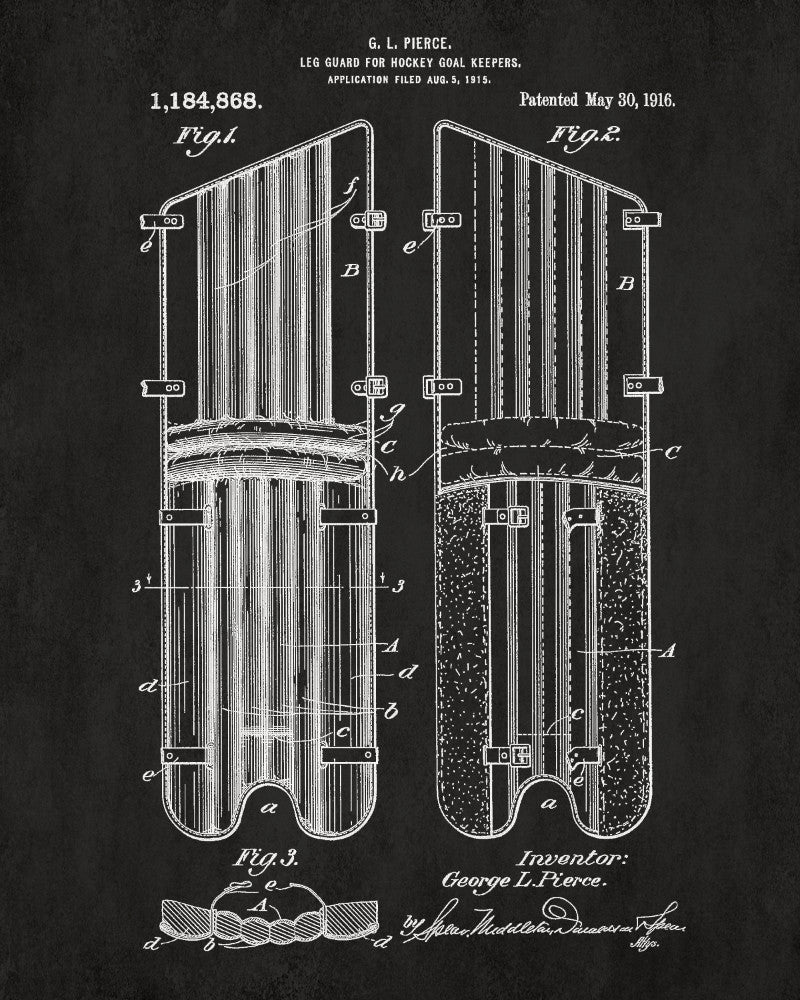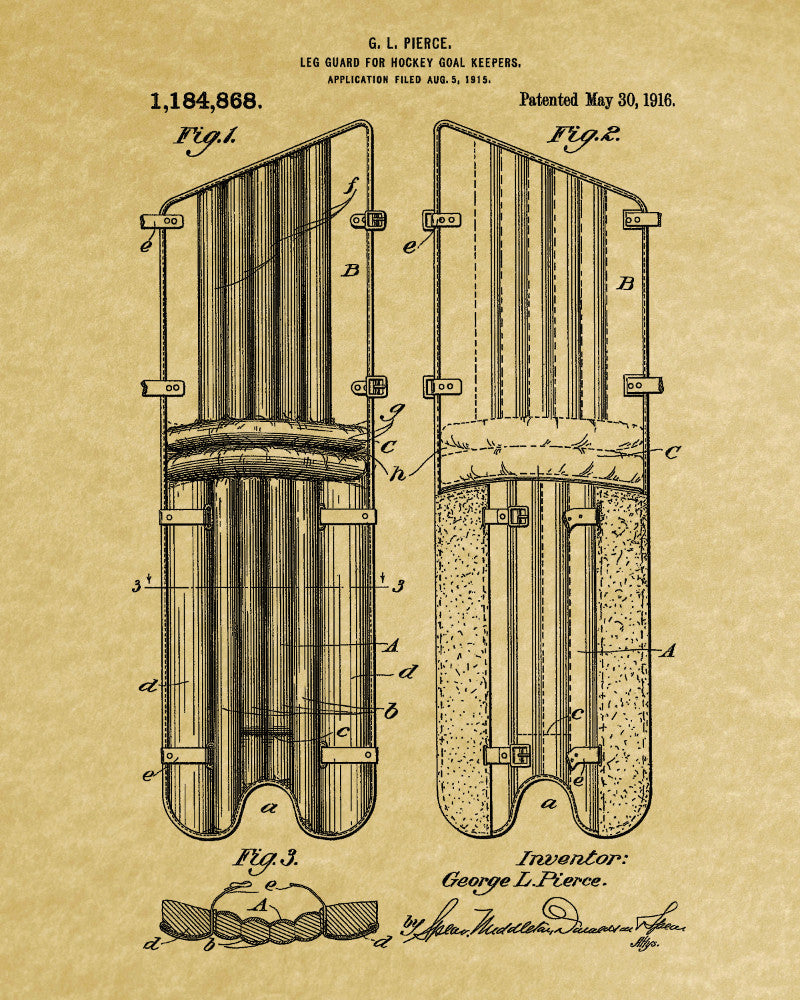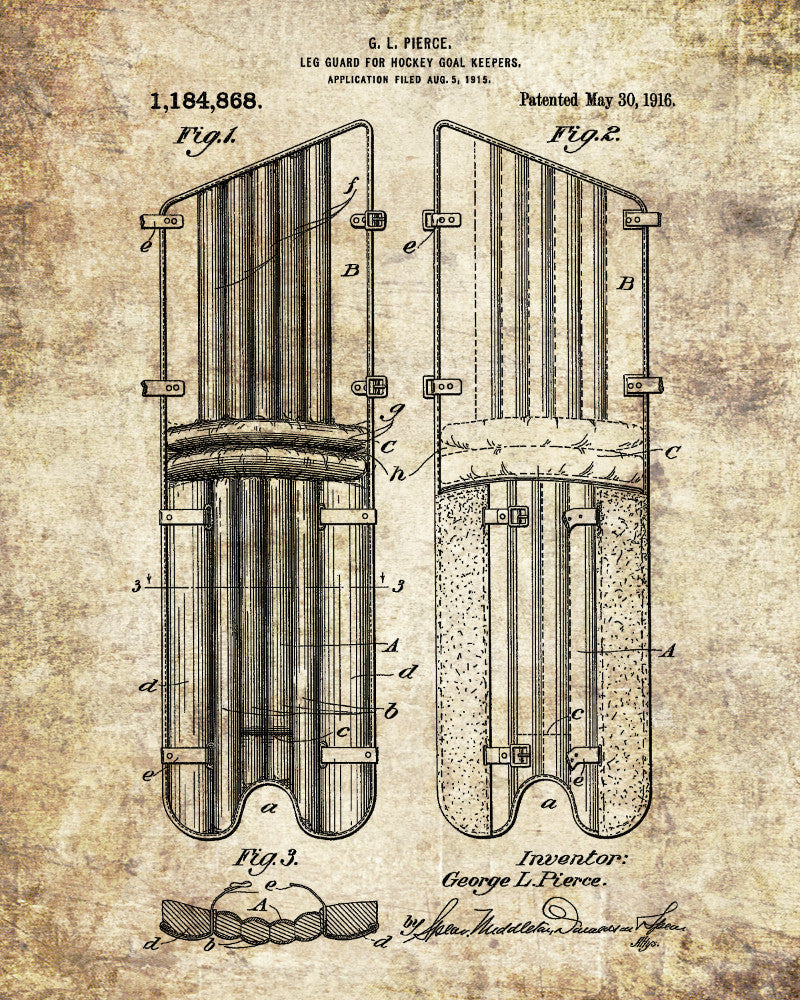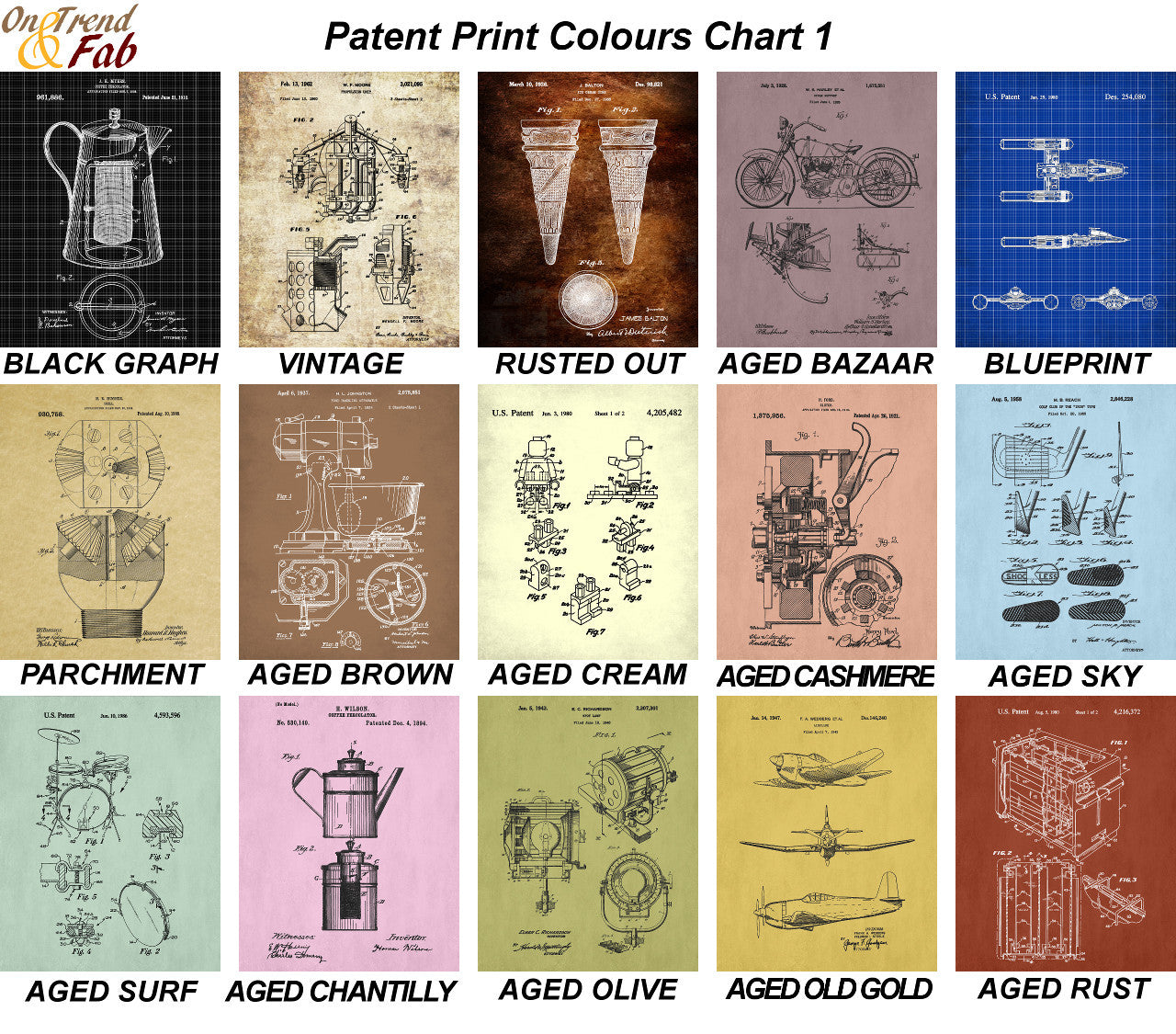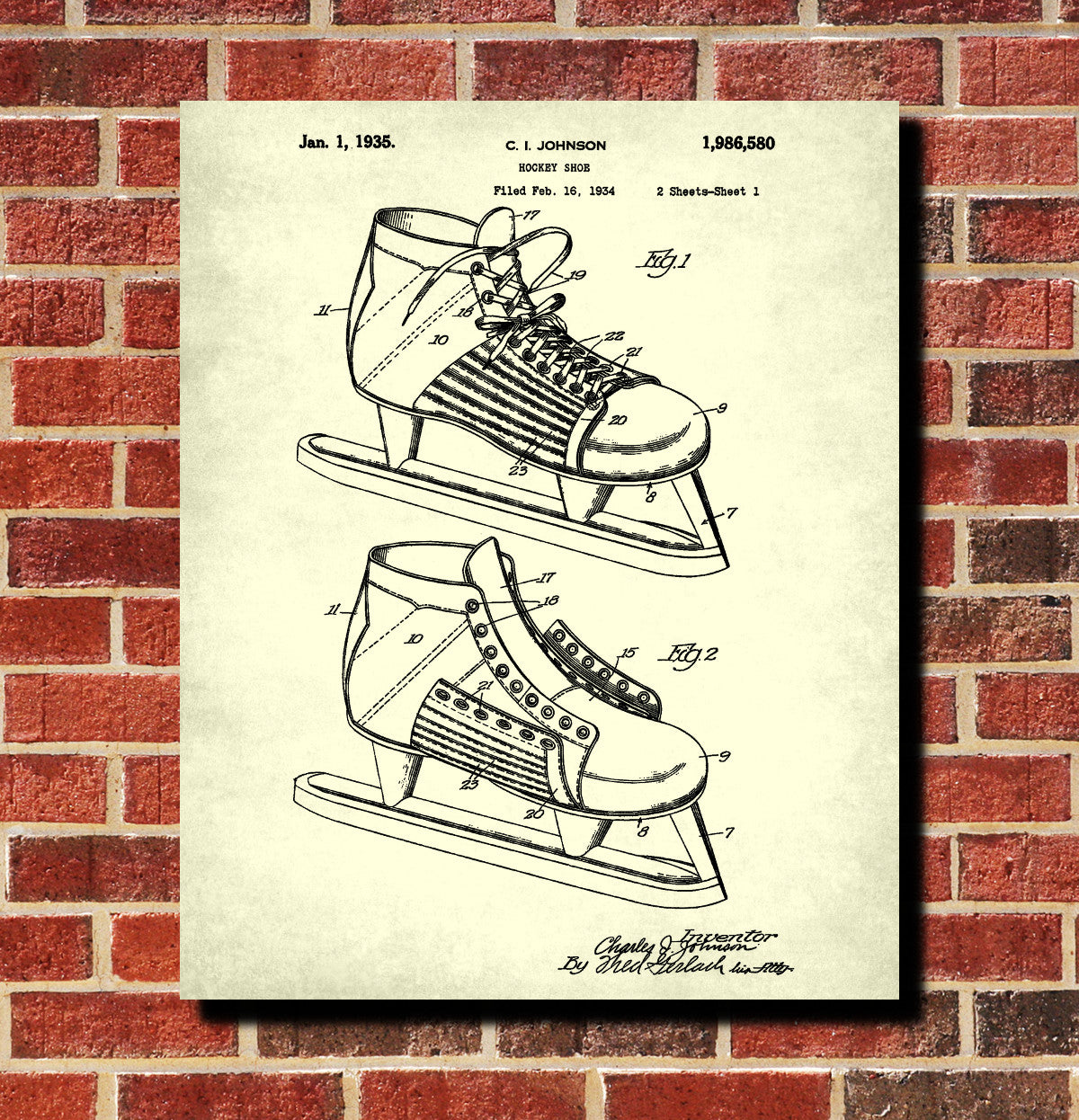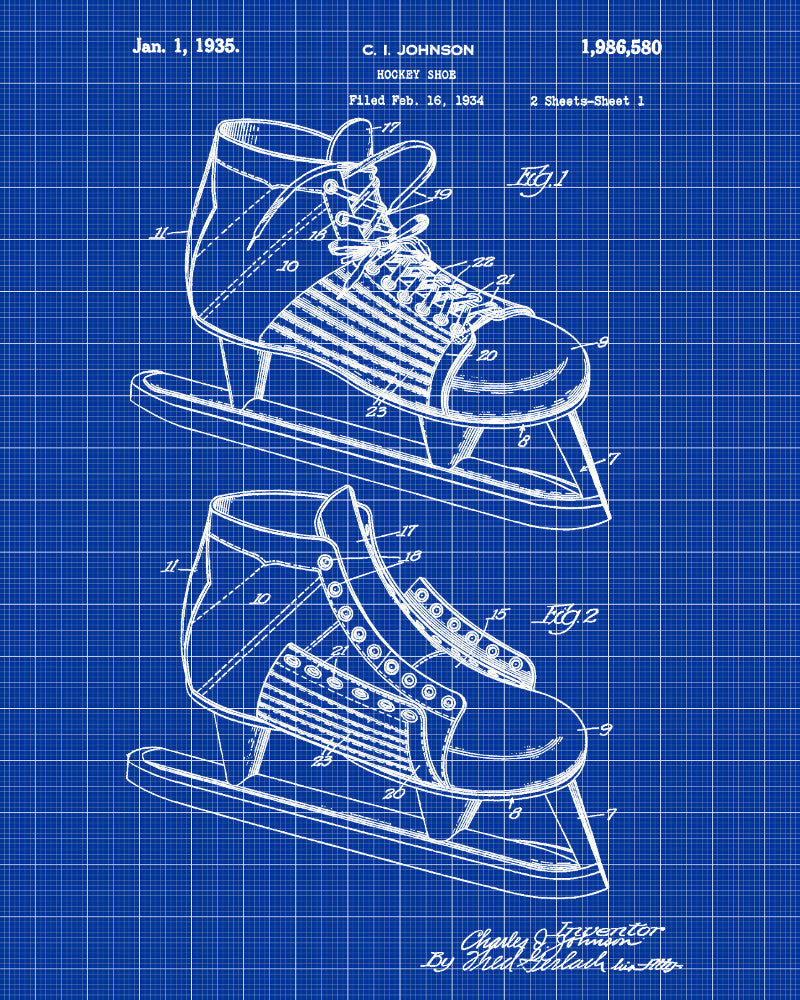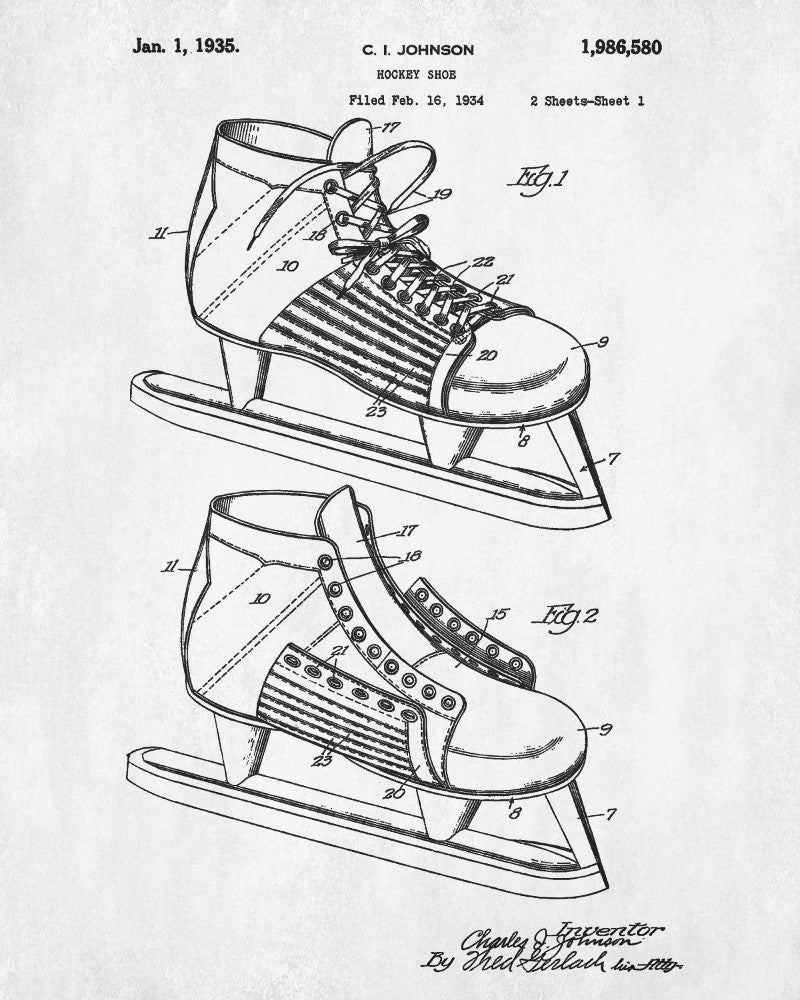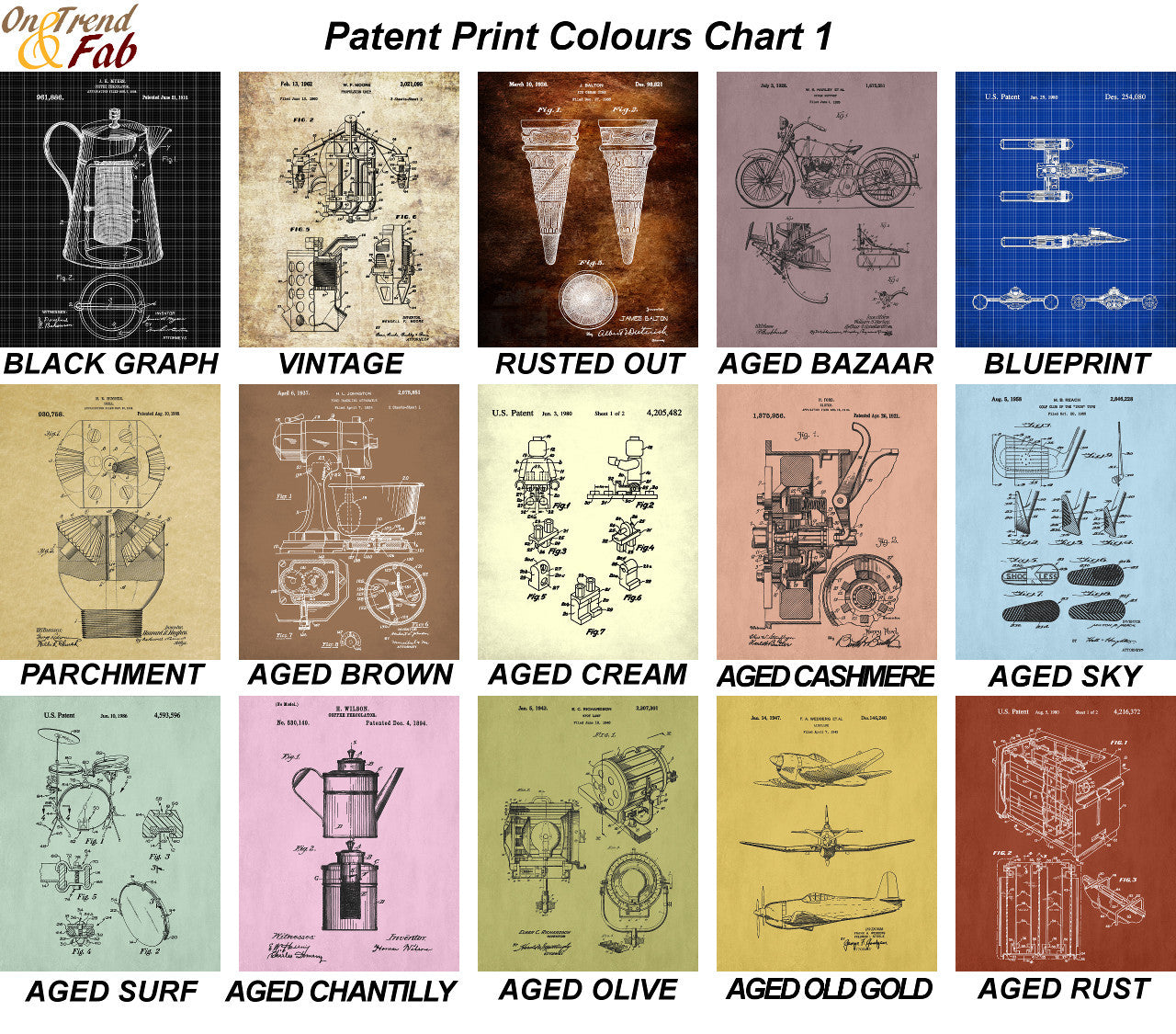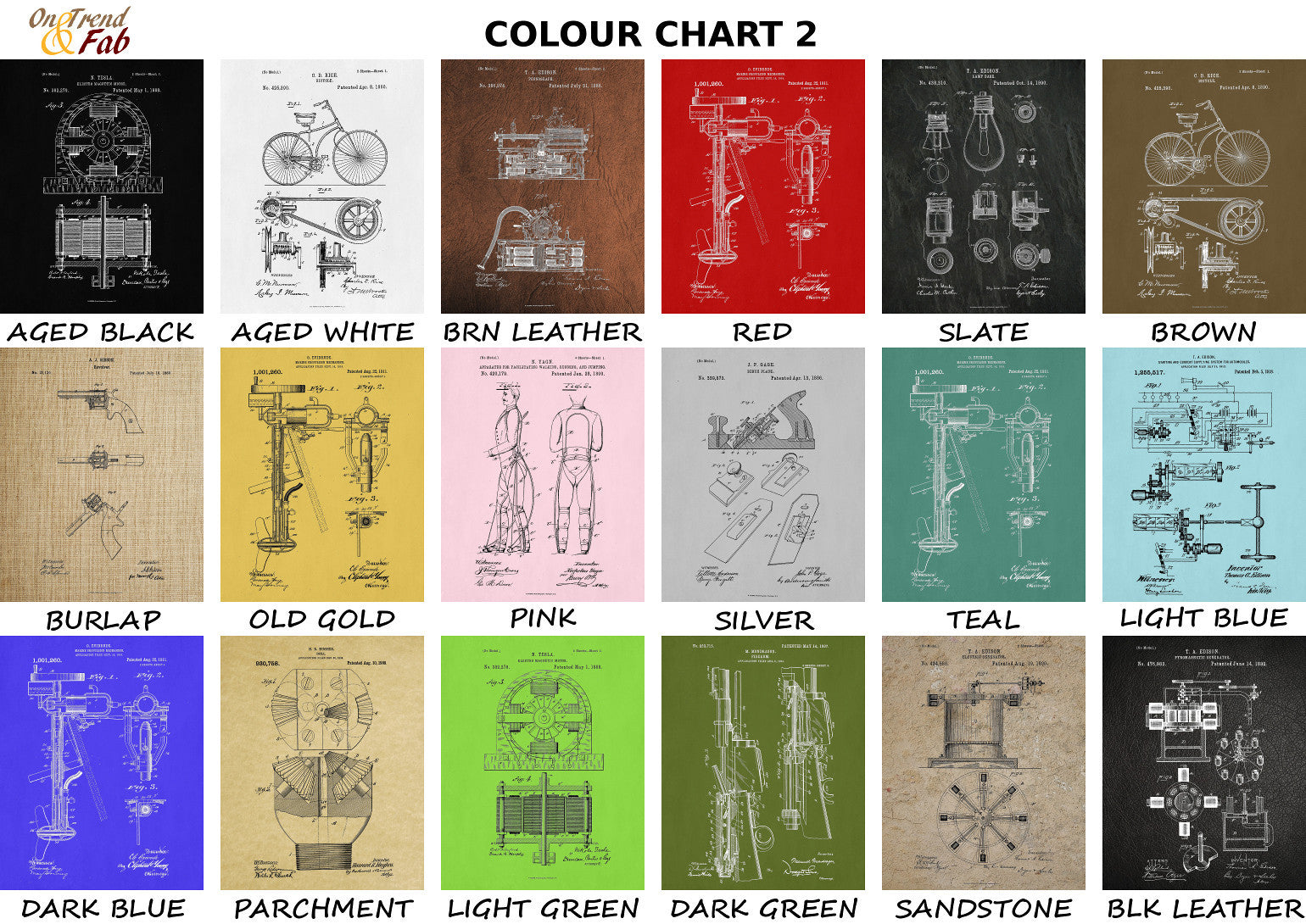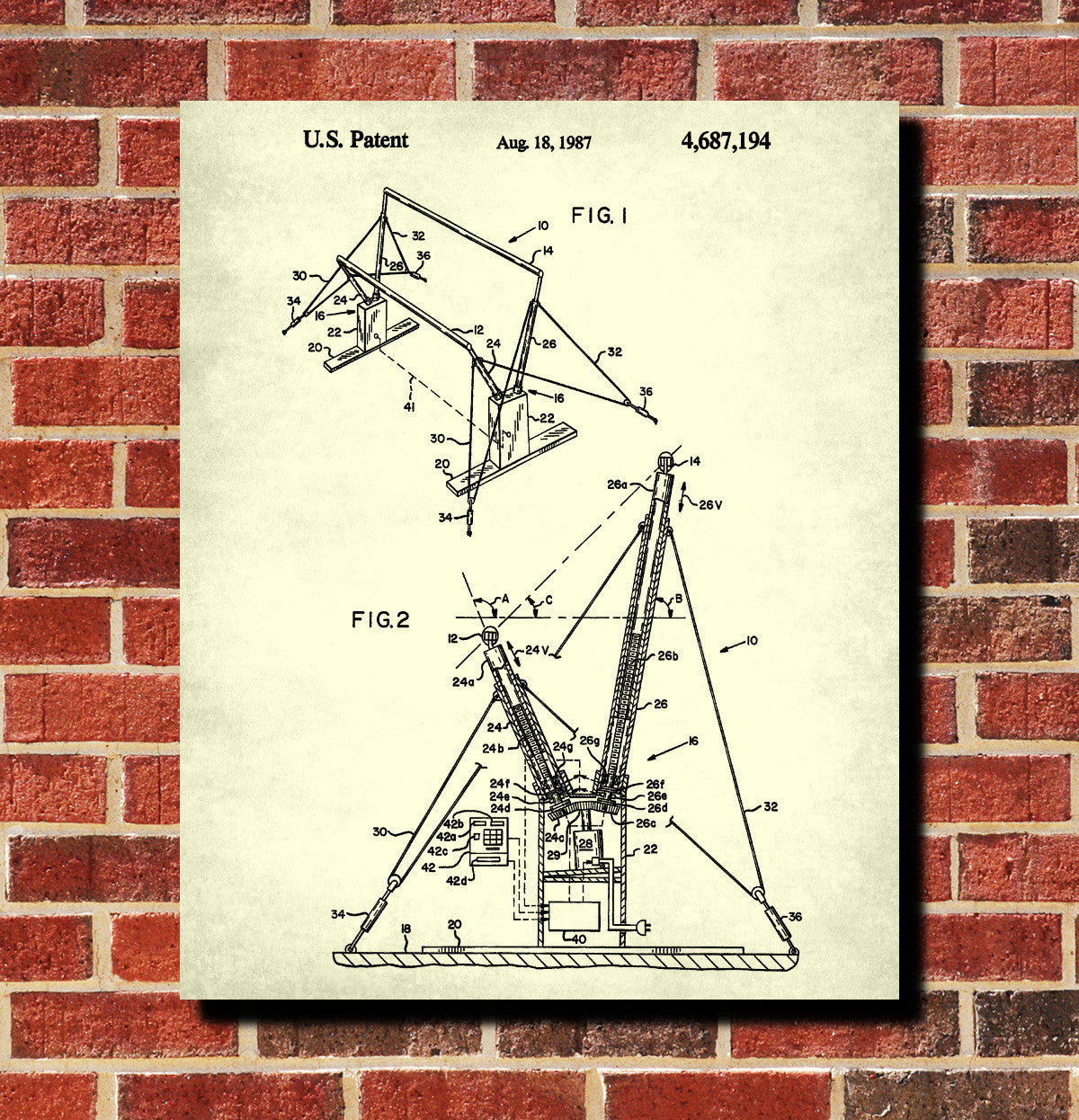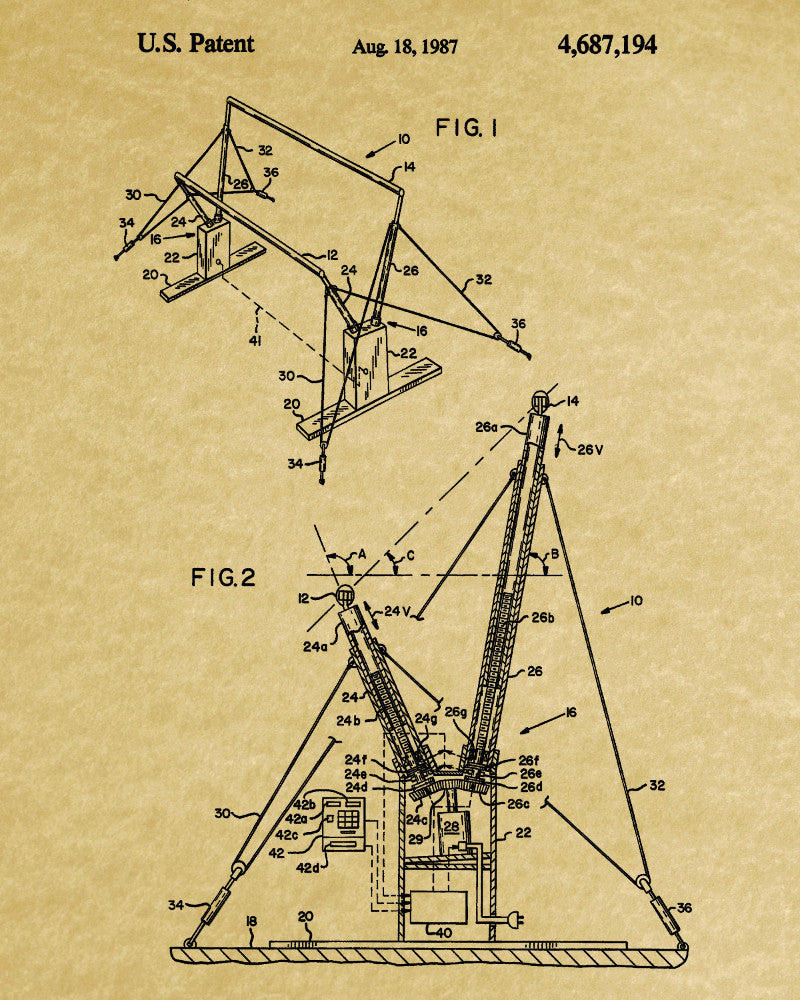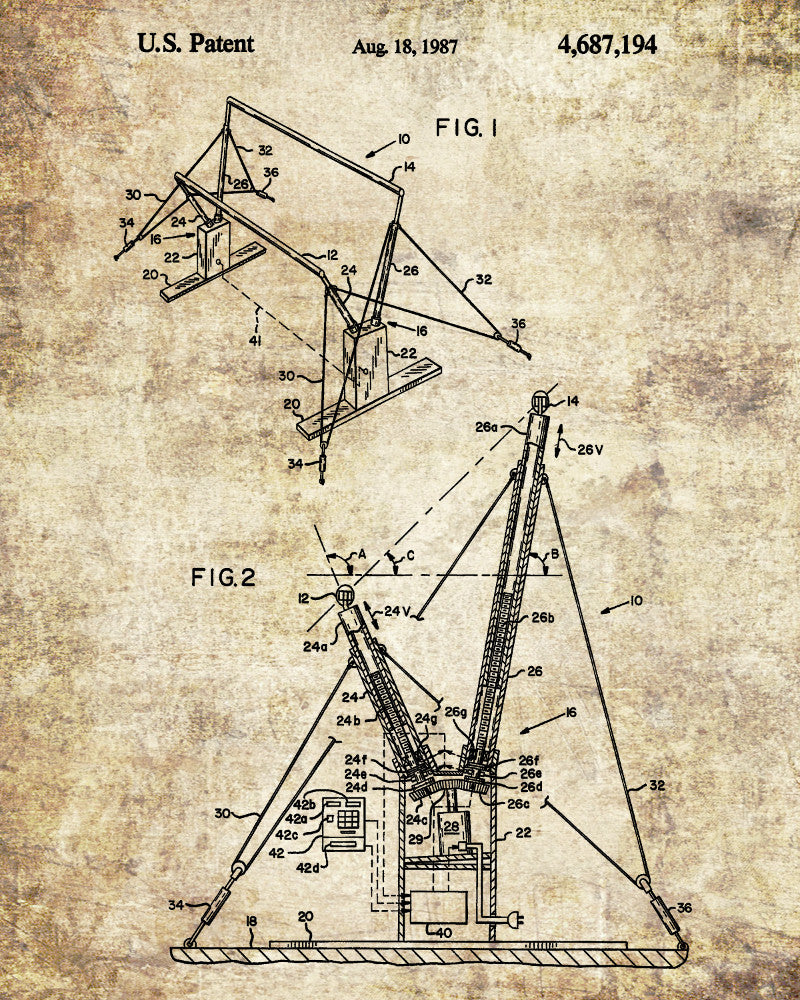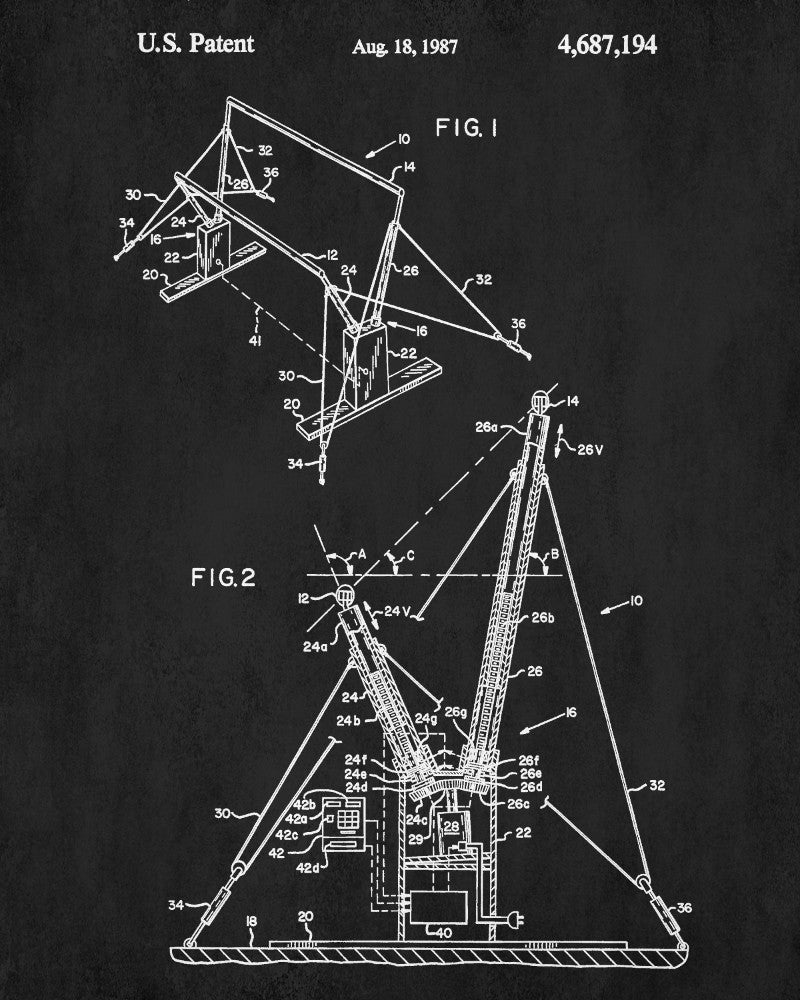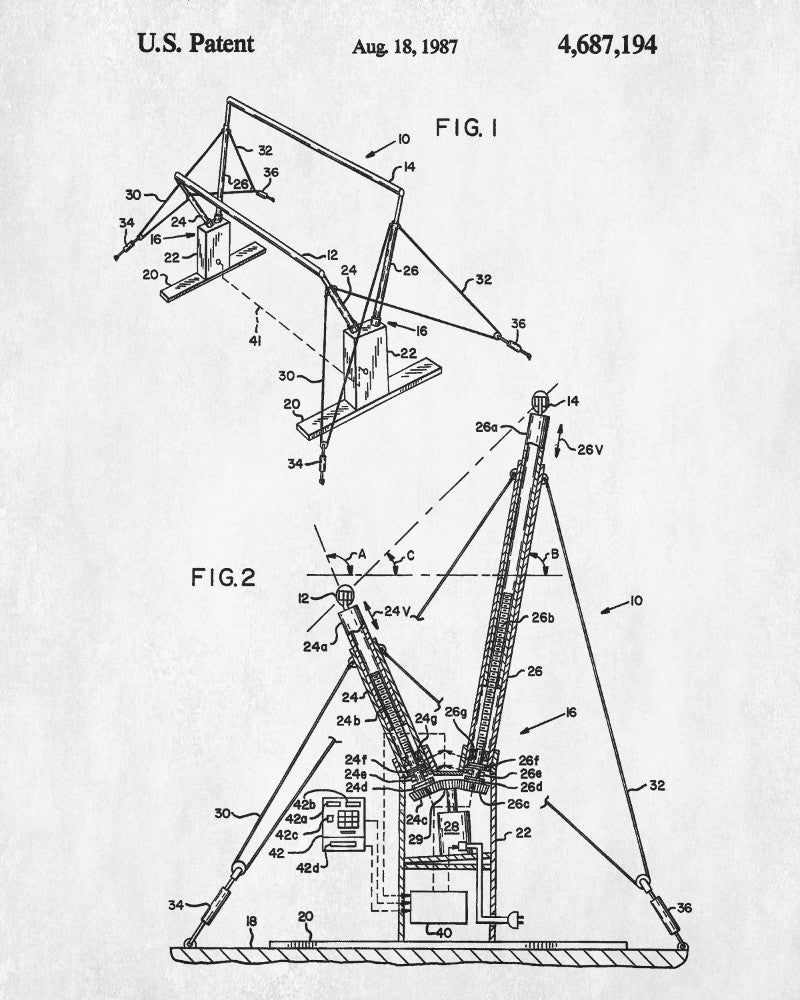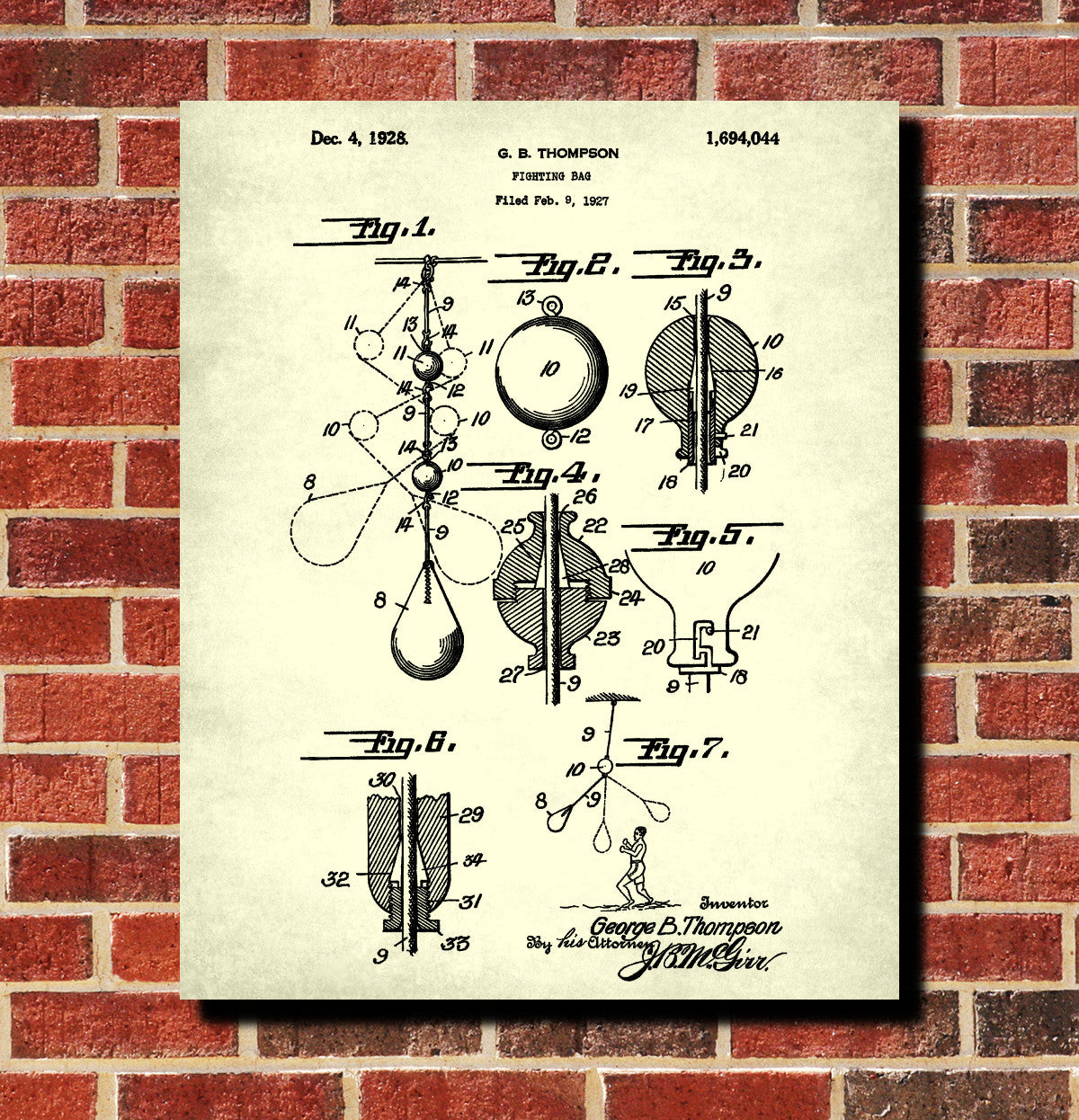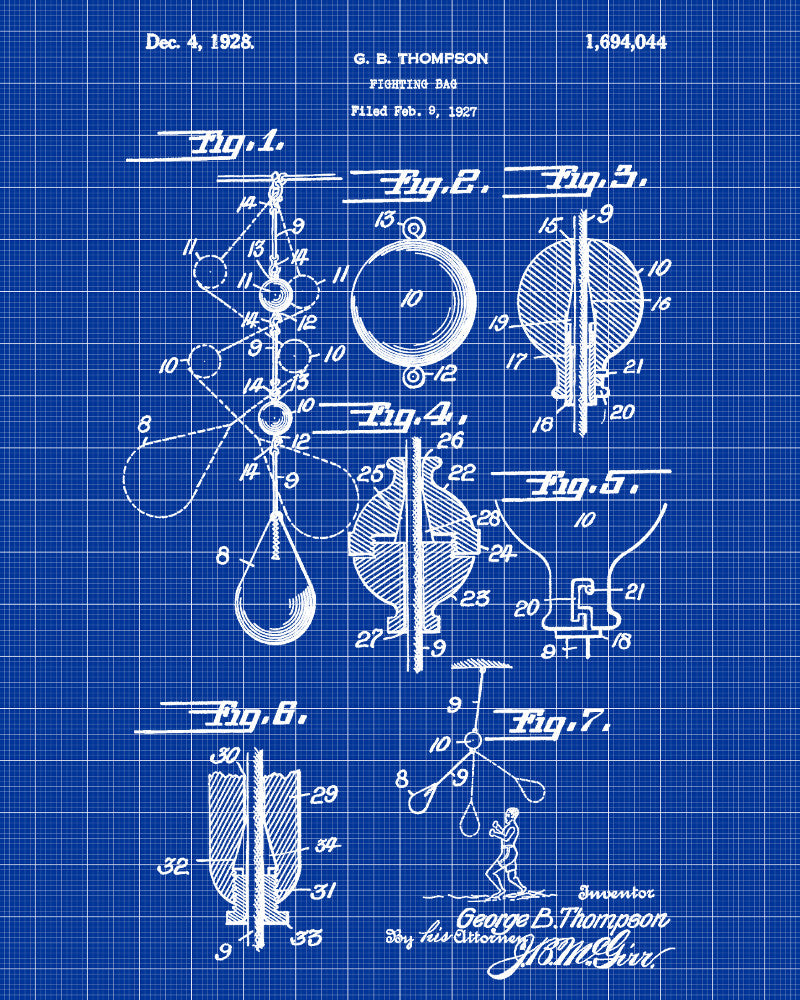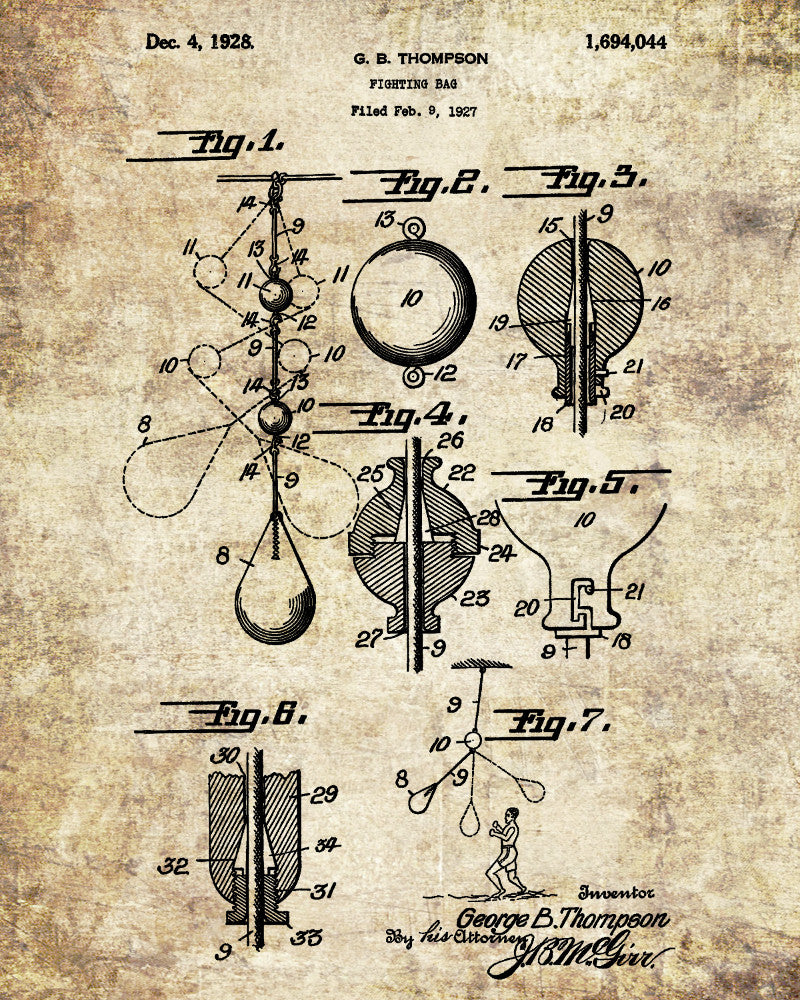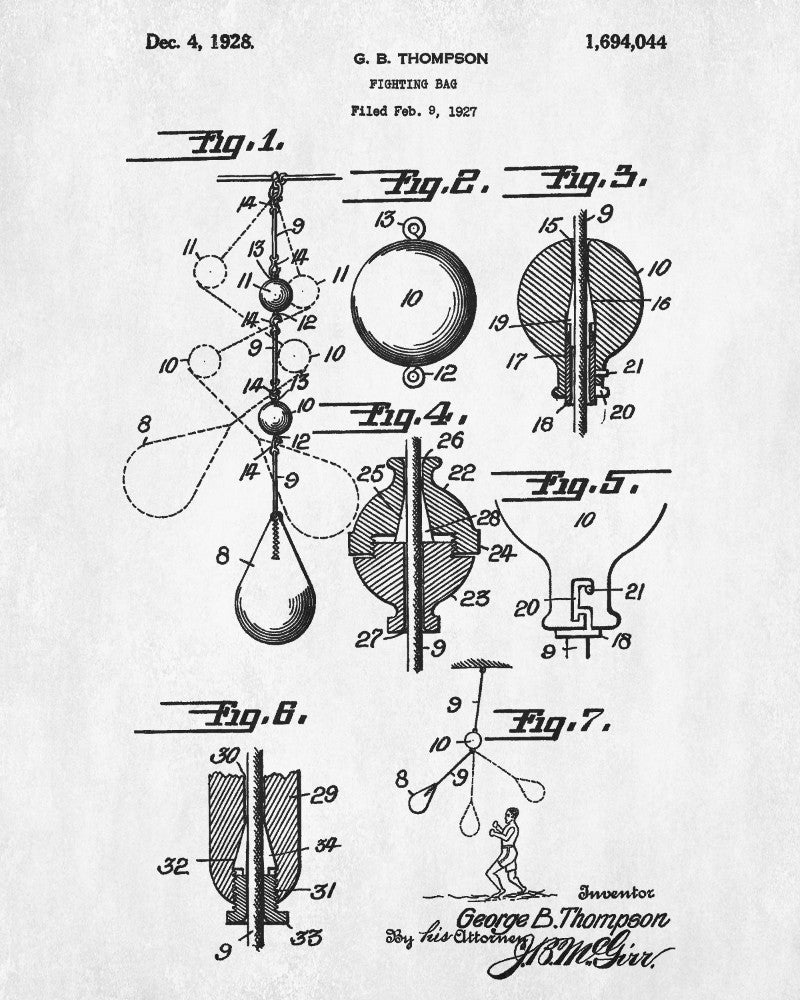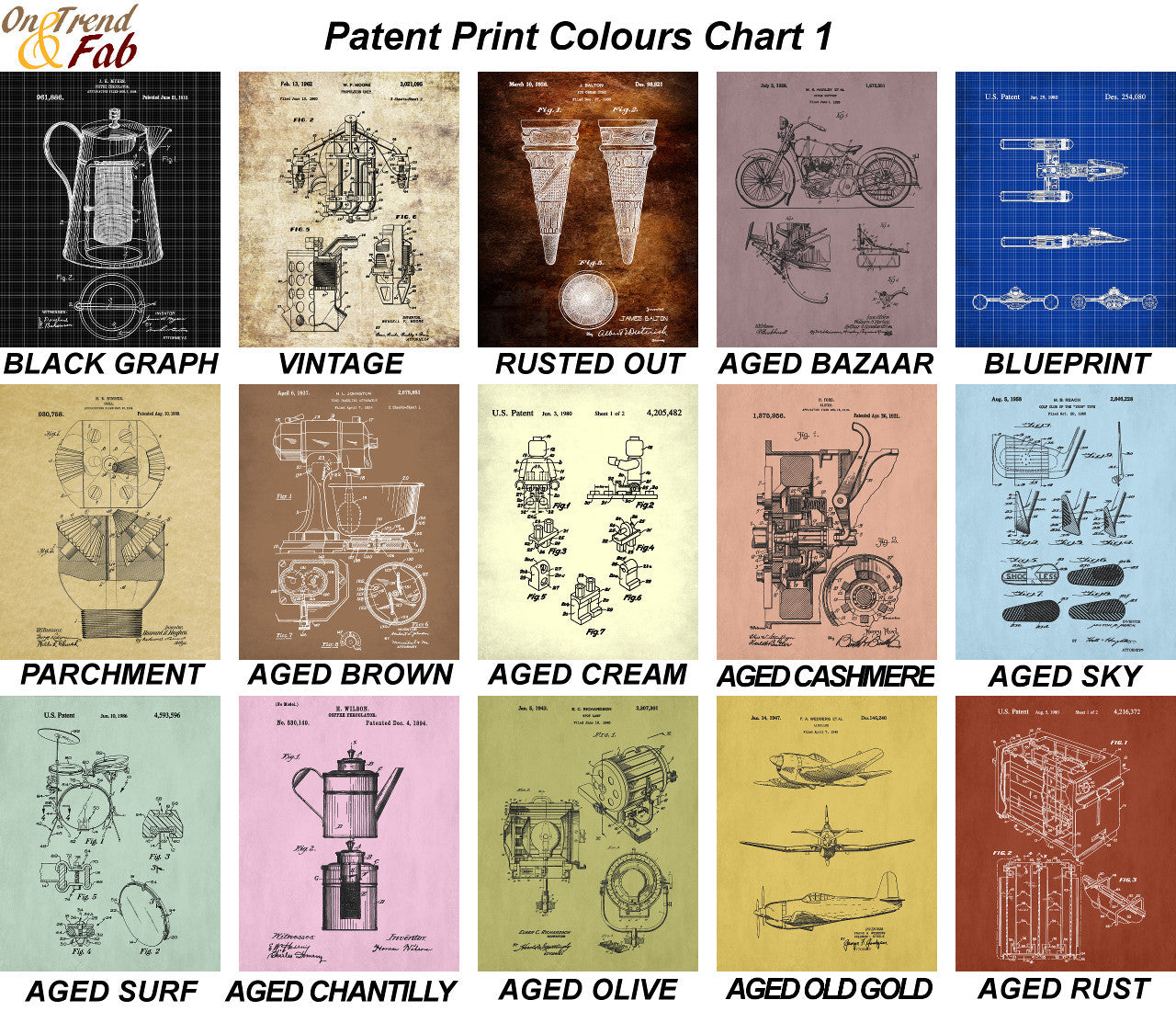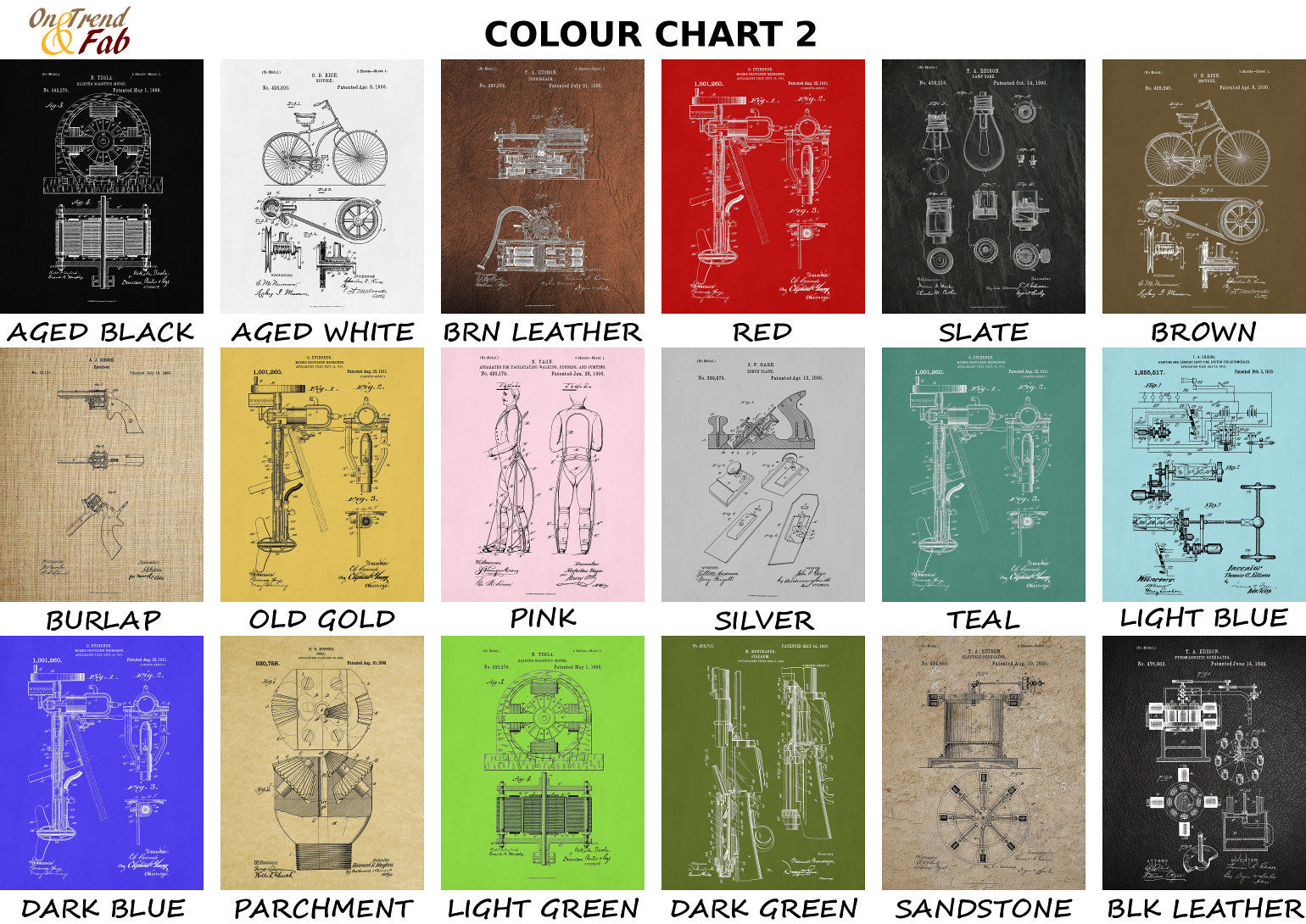Ice Hockey Skate Boot Patent Print Sports Poster
BUY WITH CONFIDENCE
Couldn't load pickup availability
Ice Hockey Skate Boot Patent Print Sports Poster
Bring Sports Innovation to Life: Patent Print Diagrams for Sports Enthusiasts
Elevate your home, office, or gym decor with our sports-themed patent print diagrams, a perfect blend of innovation and artistry. These high-quality prints showcase the original designs of iconic sports equipment, from baseball gloves to basketball hoops, football helmets, and beyond.
Meticulously crafted to highlight every intricate detail, these patent diagrams celebrate the ingenuity behind the gear that powers your favorite sports. Whether you're a player, coach, or avid fan, these prints are a timeless tribute to the evolution of sports technology and design.
Printed on premium, archival-grade paper, each piece features:
- Authentic vintage aesthetic with crisp lines and bold contrasts.
- Customizable sizes to suit any space, from small personal nooks to large gallery walls.
- Optional framing for a polished, ready-to-hang finish.
- Huge choice of colours
Perfect as a gift for sports lovers, coaches, or athletes, these prints bring history and inspiration to life. Add a touch of sophistication to your decor while showcasing your passion for sports innovation.
Order now to celebrate the past, present, and future of athletic excellence—one patent at a time!
All orders for unframed fine art prints and original paintings are dispatched within 2 working days of receipt of payment.
Orders for custom framed prints are dispatched within 4 working days.
All orders are fully tracked from dispatch to delivery at your home or business.
All print and original painting orders are fully insured against loss or damage in transit. We refund or replace any damaged or lost orders.
Buy with confidence - read what our satisfied customers have to say - Reviews
Fine art papers are printed without any additional white border Please let us know at the time of ordering if you would like a small additional white border.
Rolled canvas options have an additional white border of approximately 2.5 inches (7cm) on all 4 sides to aid stretching.
Ready to hang canvas panels are stretched on 1.5 inch deep solid pine frames from sustainable forestry sources. The image is mirrored on all 4 sides to give an aesthetically pleasing finish.
Why not have us gift wrap your order and attach a personalised message to the recipient. Available for all orders. Each order is hand wrapped in high quality gift wrap with meatllic ribbon and bow. Your personalised message is printed on a card which is included with your order.
Have your hand wrapped gift delivered directly to the recipient.
Full tracking and insurance included with every order.
Please note design may vary depending upon availability
Just purchase the gift wrap option HERE
We have a wide range of frames in standard sizes and we also make custom size frames.
To order a framed print:
1. select the print size you would like along with the print materials (matte paper, fine art paper).
2. Add your print choice to the basket.
3. Choose from our range of frames
4. Select the same size as the print you have added to your basket. If the frame size you want is not listed please contact us
5. Choose from the mount or no-mount option
6. Add your frame choice to the basket
7. Proceed to checkout.
Why Choose GalleryThane?
- Printed and framed in-house
- Free UK delivery
- Fast international delivery
- Tracking and insurance included in every order
- Fast 1-3 day dispatch
- Gift wrapping service available
- Gallery quality materials
- Sustainable, eco-friendly packaging
- Great customer support
What makes our Prints and Canvas Panels so special

Latest Giclee Printing Technology
We have invested in the latest wide format print technology to produce museum quality giclee prints utilising the highest quality pigment inks to give outstanding colour reproduction.

Museum Quality Archival Fine Art Papers
We print on the finest quality fine art papers with textured, smooth and lustre finishes for prints which last a lifetime.
From aceo miniatures to 40x80 inch large format, every print has our lifetime quality guaranteee.

Solid Wood Frames, Cotton Canvas
All of the wood for our canvas panels and frames is responsibly sourced from manages forests. Our cotton canvas is completely seedless for the highest quality reproduction possible.

